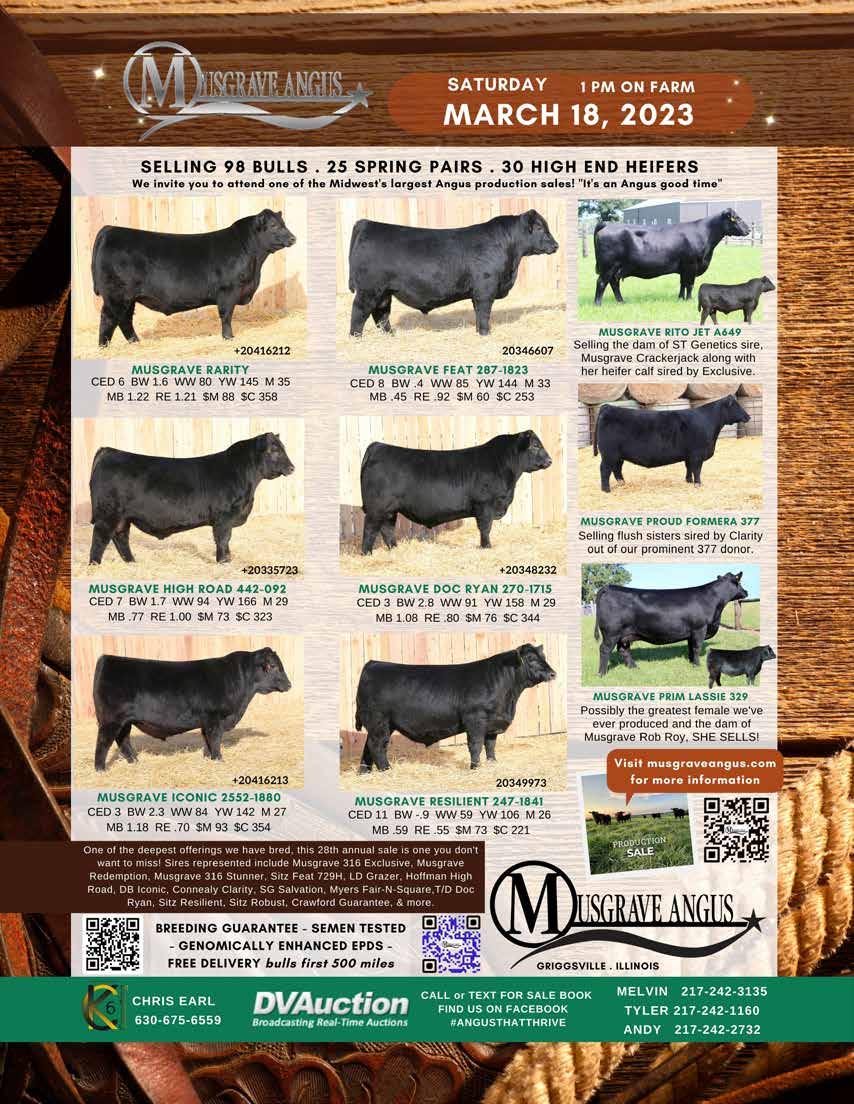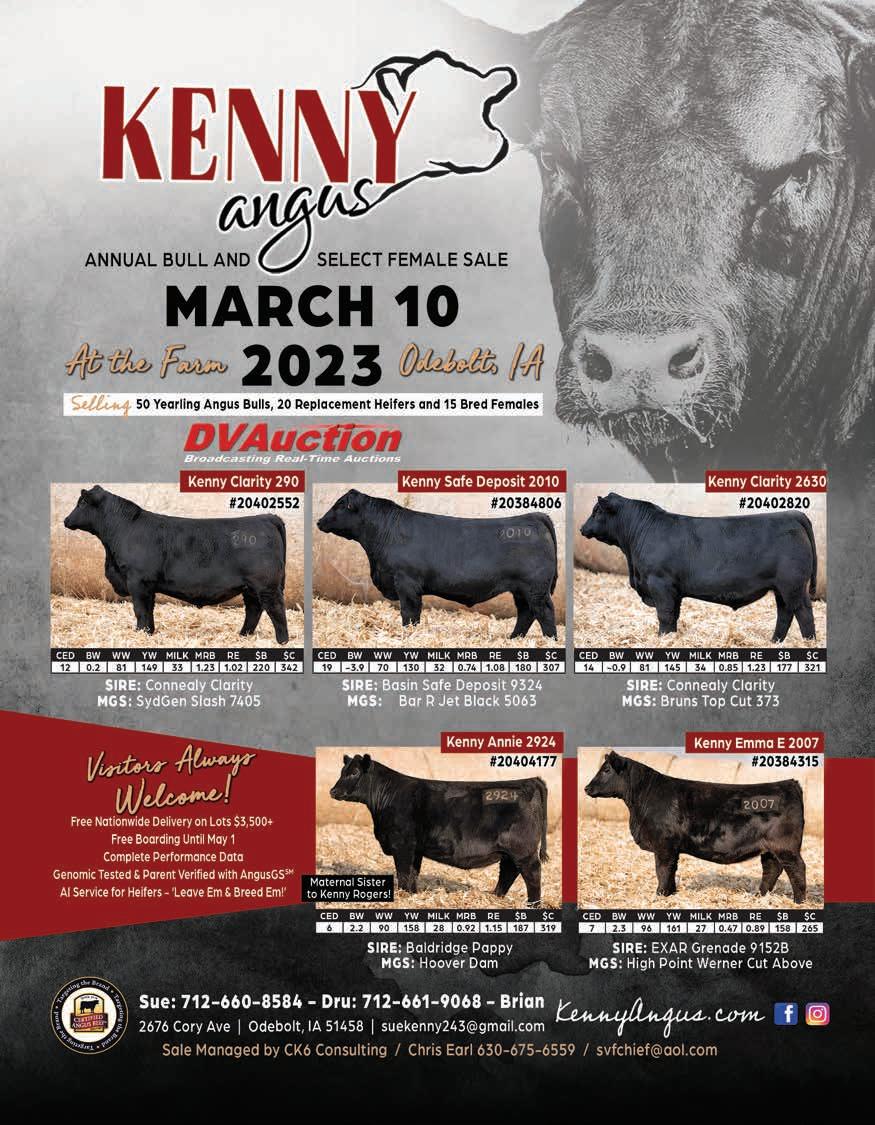
































































































































































































Thanks for joining us! We are a free, premier livestock publication featuring and serving seedstock and commercial beef producers nationwide. Raising cattle is so much more than a hobby; it is our livelihood and our passion. We understand that, and in every issue want you to see not only incredible cattle, but also relatable, entertaining, and informative editorial features for the producer with 5 or 500 head. To us, you are more than reader or advertiser; you are a beef producer. We are committed to doing our best for you, every day. Please feel free to communicate with us, your input is appreciated.
641.425.2641 | bill@stockmanmag.com
Bill and his wife, Nancy, have made their living in the cattle industry. He has provided marketing services for purebred and commercial breeders since 1970. Schermer Angus Cattle continues to be active in the NJAA and raises quality cattle near Clarion, IA. As owner of The Stockman, Bill leads by example providing producers with the highest level of customer service.
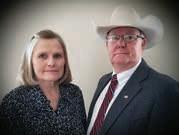
CHERYL KEPES, Assistant Editor 417.766.0990 cheryl@stockmanmag.com


Working for The Stockman is the perfect combination of two of Cheryl’s favorite things: writing and cattle. Cheryl has decades of experience as a professional writer. She finds great joy in sharing stories about people in the agricultural industry. Cheryl’s family raises registered Angus, Red Angus, and Simmental cattle in Fair Grove, MO.
KIM BANKS, Graphics507.530.0914 kkbanks@frontiernet.net

605.690.6050 | makayla@stockmanmag.com
Makayla serves as editor, graphic designer, and manager of The Stockman. Her focus and passion continues to provide high quality service and original promotional materials to cattlemen. She and her husband, Jared, raise their four kids, and together they run their family operation, JMF Herefords and SimAngus, near Morris in west central MN.

SARAH HILL, Editorial Writer 307.274.0419 sarahhill1007@yahoo.com
Kim is a graphic designer with many years of design experience. Producing creative marketing materials to help others look their best is what she loves doing the most. She and her husband, Kevin, along with their son, raise grain and have a small commercial cow/calf and feeder operation on the family farm near Lynd, MN.
Sarah lives on a small hobby farm near Arlington, SD, with her husband, Braeton, and their three daughters: Harper, 8, Vayentha, 5, and Aurora, 1. She grew up on a Missouri dairy farm and has an Agricultural Journalism degree from the University of Missouri. Sarah enjoys baking, reading, and gardening.
The Stockman (ISSN 2694-1740), Vol. 5, No. 2, is published by Makayla Flower/The Stockman Magazine LLC, 1530 10th St. NW, Holloway, MN 56249, monthly, except June and July. Periodicals postage paid at Lubbock, Texas and additional mailing offices. POSTMASTER: Send address changes to Makayla Flower, 1530 10th St. NW Holloway, MN 56249.
 Cheryl Kepes
Sarah Hill Justin Fruechte
Dr. Vince Collison Kirk Lynch
Cheryl Kepes
Sarah Hill Justin Fruechte
Dr. Vince Collison Kirk Lynch
TY BAYER
715.573.0153 tcreds@gmail.com
Ty works alongside his family in their purebred operations, Country Lane Farm and TC Reds near Ringle, WI. An advocate for youth programs and dedicated cow/calf man, he is excited to help producers merchandise their cattle.
MILES EDDY 507.841.1787 auctioneer2013@gmail.com
Miles grew up in southwest MN raising and showing cattle, and is currently residing in MO. When Miles isn’t working cattle he loves to use his auctioneer skills. He looks forward to working and meeting other producers and helping with all their advertising and marketing needs.
RON HINRICHSEN 785.770.0222 rlangus@bluevalley.net
For the past 30 years, Ron, his wife, Lynne, and their two children have owned and operated Hinrichsen Ranch, a registered Angus ranch in Westmoreland, KS. He has an extensive background in the agricultural industry and is excited to put it to work for each of his customers.
MARK SULLIVAN 816.304.0050 marksullivancattle@gmail.com
Mark Sullivan is a familiar face to many having worked for Sullivan Supply for many years. Mark brings many years of experience to The Stockman. Mark and his wife, Linda, and two children, Erin and Leo, live in Woodbine, Iowa, and have a small herd of Charolais cattle.
CORBIN COWLES 270.991.2534 corbin.cowles32@gmail.com
Corbin is an apprentice auctioneer and real estate professional for Schrader Real Estate and Auction company. He also helps run his family’s Angus and Simmental seedstock operation, Pleasant Hill Farms. Judging shows across the country and traveling are a couple hobbies of his as well!




JAN FORD 800.693.8048 jford.17879@aol.com
With her passion for agriculture, Jan brings over 35+ years of advertising sales experience in the beef industry. She and her late husband Norm had a commercial Angus cow herd and grain operation near Tipton, IA, which her sons still manage today.


LORA HUTCHINS 615.293.3695 loralea1172@gmail.com
Lora owns and operates Destiny Angus Farm with husband Brian and daughter Morgan in Charleston, IL. They have raised and shown cattle successfully on the national level for several years. They also have owned a production herd with as many as 200 registered cows.

BRANDON CREAMER 970.596.4965 creamer b 150@hotmail.com

Brandon owns Lazy JB Angus with his parents and sister in Montrose, CO. Raised in the cattle industry, he has a true passion for it and loves marketing quality cattle throughout the US.

ZAC HALL 701.595.6887 zac@fortelivestock.com
Zac is active in his family’s operation, Hall Stock Farm, near Berthold, ND raising registered Angus, Sim-Angus and commercial cattle. He loves working with livestock and youth and as a Livestock Judging Coach.

BRIGHAM STEWART / MEGAN COLLISON 785.747.8028 megancollisondvm@gmail.com
Brigham works alongside his parents at Mid Continent Farms, their large, multi-breed cow/calf operation in Kansas. Megan graduated from ISU as a DVM in the spring of 2021 and is a big part of her family’s Angus herd and Veterinary Clinic in Iowa.
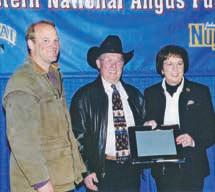
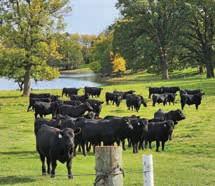
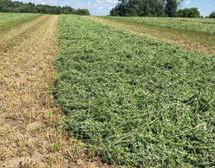
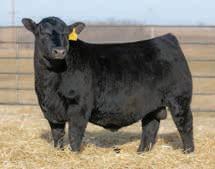
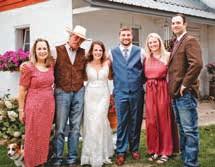
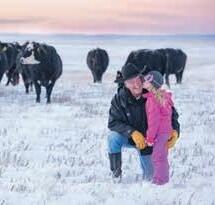
The photo on the front cover this month just warms my heart for many reasons, but it especially reminds me of my youngest daughter, Emerson. She just turned three, her contagious laugh can lift anyone’s mood, and she gives me more kisses in one day than I knew was possible. The other day I think she gave me literally 200 kisses - all in one day. When I’m folding laundry - kisses. In the checkout line at the grocery store - she insists on giving me kisses. When company comes overshe smothers me in kisses. I’ll be honest, it gets to be a bit much at times, but her unending love is something I grasp onto as much as I can. When she’s 16, I’ll be sure to remind her of these days, ha!
We are in the midst of calving at our place, and each year as the kiddos get another year older, they become a little more involved in the calving barn. My oldest three sure enjoy feeding, watering, and bedding the new mommas, and they especially love the curious, friendly babies. I really enjoy taking a step back to not only catch my breath from bedding (because the kids are the ones with the strength and energy for that, right?), but mostly to just watch them be in the moment and see them fall in love with our way of life. The calving barn can create many anxieties, but it also provides so many experiences and opportunities, and my husband and I love that our kids want to be part of it. We are jumping right in to bull sale season. Remember, we are always here to help with your
needs - catalogs, ads, you name it. We’d love the opportunity to work with you!

March 1, 2023
February 10
April 1, 2023 March 10
May 1, 2023 April 10
August 1, 2023 July 10
September 1, 2023 August 10
October 1, 2023 September 10
November 1, 2023 October 10
December 1, 2023 November 10
January 1, 2024 December 1
February 1, 2024 January 10

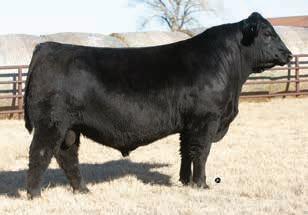
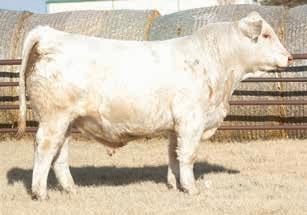

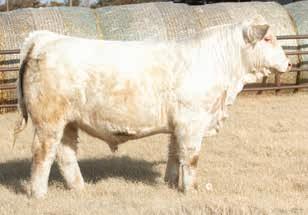

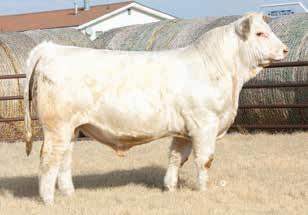

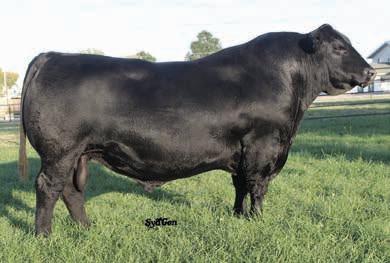
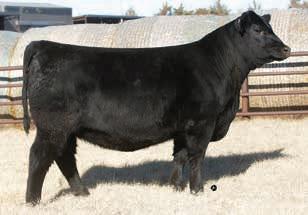
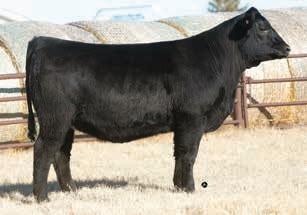
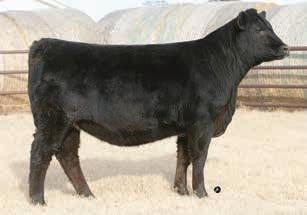
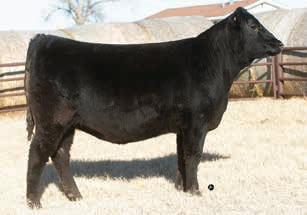
LRSF Benelli K198
Homo Black Homo Polled 77% Balancer Bull
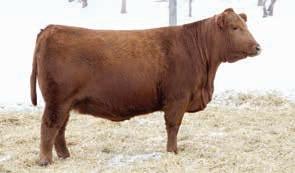
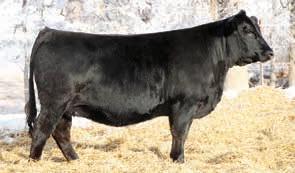
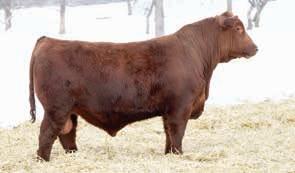
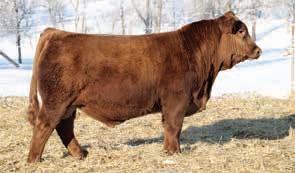
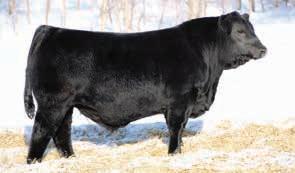
Sire: JOB Danell Pay Pal 12H
Dam: LRSF Rylee F71 ET
Might be the most physically impressive bull we have raised to date with breed leading growth and carcass traits. With Pay Pal semen not on the open market, tap into his genetics with this outstanding son.
Homo Black Homo Polled PB 92% Gelbvieh Bull
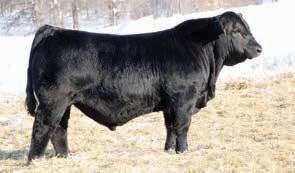
Sire: JOB Danell Pay Pal 12H
Dam: LRSF Arianna E127 ET Purebred Pay Pal son with top 35% CED, 1% growth, 1% REA, 10% MARB and 1% FPI. There is no other purebred Gelbvieh individual in the entire herdbook that can match his combination of CED, growth and carcass.
Sire:
Dan Larson 402-560-4052 David Larson 218-766-3323

www.lostriverlivestockmn.com 12866 Lindberg Lake Road Clearbrook, MN 56634

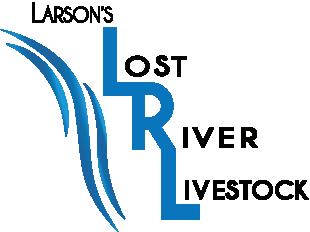
 LRSF Voyageur K182
LRSF Jo-Leen J185 ET
Homo Black Homo Polled PB 94% Gelbvieh Bred Heifer
MJBC Franchise F806 Dam: OSOF Jo-Leen 9801W
Long bodied, attractive purebred Gelbvieh female out of our top-end 9801W donor with strong calving ease at maternal traits. Due February 13 with a bull calf sired by DLW Frontrunner 2510F.
LRSF Itasca K192
LRSF Voyageur K182
LRSF Jo-Leen J185 ET
Homo Black Homo Polled PB 94% Gelbvieh Bred Heifer
MJBC Franchise F806 Dam: OSOF Jo-Leen 9801W
Long bodied, attractive purebred Gelbvieh female out of our top-end 9801W donor with strong calving ease at maternal traits. Due February 13 with a bull calf sired by DLW Frontrunner 2510F.
LRSF Itasca K192
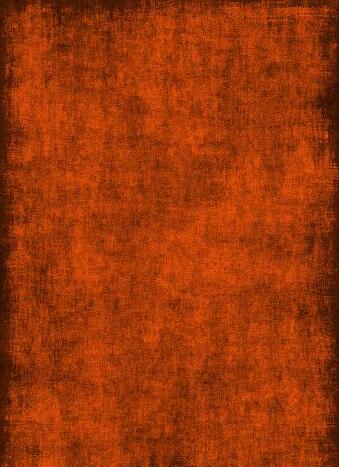
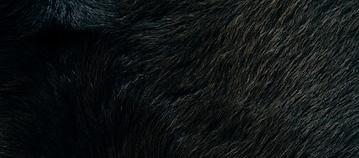

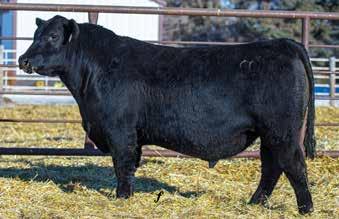
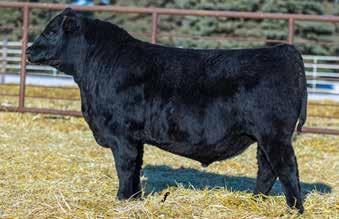
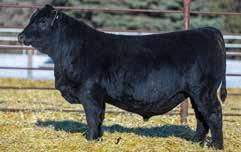
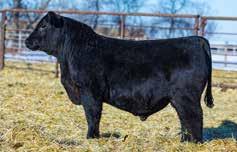
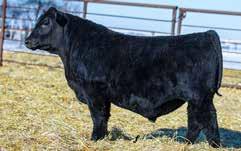


Depend on BRUTE® for economical, long-lasting control of biting and sucking lice.
Some pour-on insecticides for cattle depend on insect growth regulators (IGRs) to obtain acceptable lice control. But with the long-lasting killing power of BRUTE® Pouron for Cattle, there’s no need for an IGR.
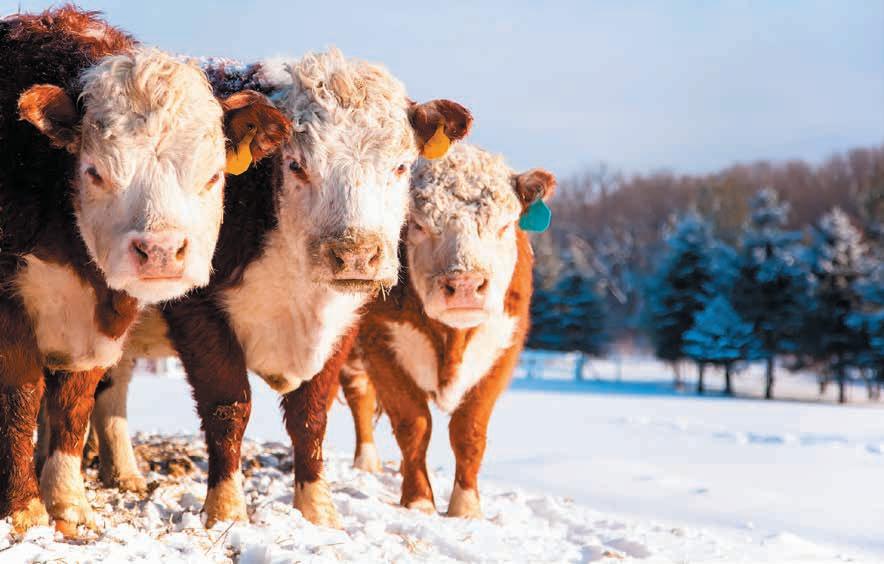
Just one application of rain-resistant BRUTE® controls biting and sucking lice for up to eight full weeks. Since lice have a life cycle of just 22 days, that’s long enough to control existing adults as well as emerging nymphs.
What’s more, BRUTE® is labeled for use on lactating and non-lactating beef and dairy cattle, with no pre-slaughter withdrawal requirements or milk withholding restrictions.
Y-TEX® and BRUTE® are registered trademarks of Y-TEX Corporation. © 2022 Y-TEX Corporation.
To learn how BRUTE® can give you all the lice control you’ll ever need for just 48 cents a head, see your livestock products supplier or visit www.y-tex.com today.
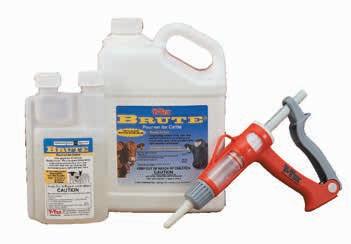
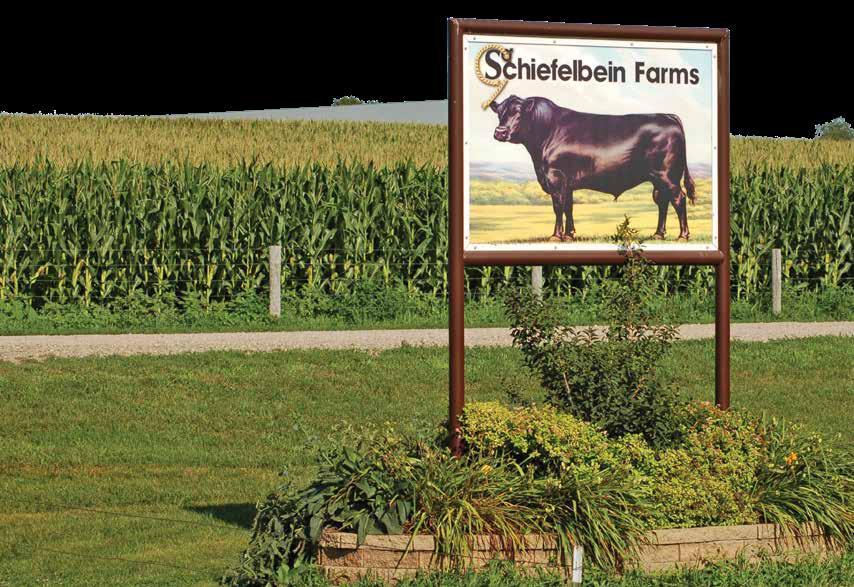
hen you think of family cattle operations, there are many great examples. Schiefelbein Farms, located in Kimball, Minn., is definitely counted among those excellent examples of a family operation done right.
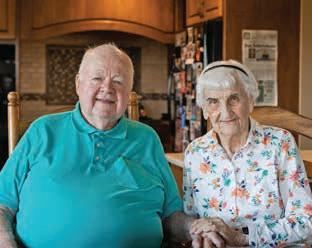
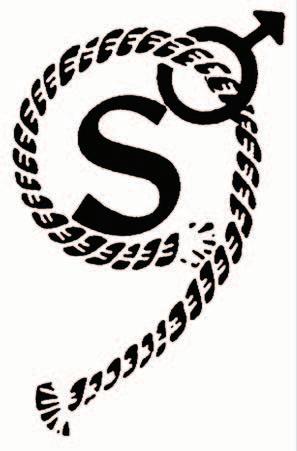
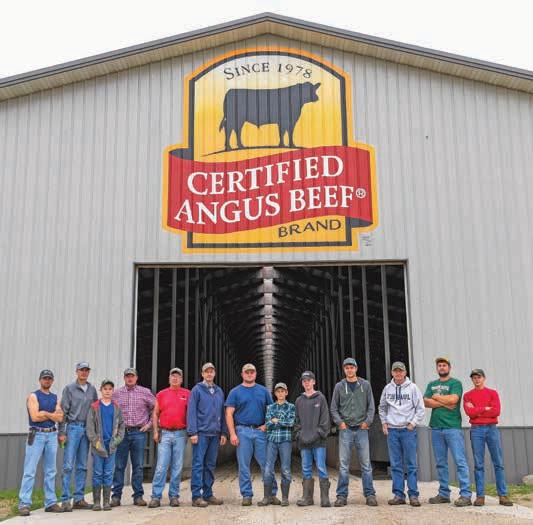
Frank Schiefelbein was a city boy from Minneapolis who wanted to raise beef for a good-tasting steak. In 1955, Frank and his wife, Frosty, bought a small dairy farm property on a lake—180 acres total. He converted that dairy farm into a beef operation, buying 25 Angus heifers from a local breeder named ML Snyder - Snyder’s entire heifer crop.
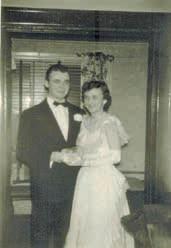
The next year, Frank bought another 25 Angus heifers from Snyder. In today’s herd, all but 24 of Schiefelbein Farms’ females go back to one of those initial Angus heifers. “He took those females and figured out which one was the best from a mathematical perspective,” Tim Schiefelbein, one of Frank’s nine sons who now works in the operation, said. “He was a math major at the University of St. Thomas, so everything was about math.”
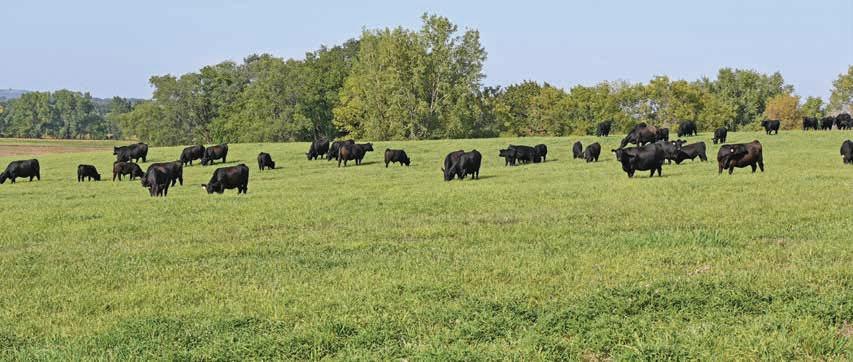
Frank was also one of the first cattle breeders to utilize artificial insemination and embryo transfer when the practices became available in the 1970s. “The whole herd was designed around Dad’s analysis of
how to improve it,” Tim said. “He would look for the females that had the best calves and which ones had the best carcass traits, and those were the ones that would be bred
every year.” Carcass data is still collected on more than 3,500 head per year through the local Tyson plant, and every registered animal is also DNA tested.
Frank and Frosty’s sons and grandsons work together to manage the operation today.
above Frank and Frosty Schiefelbein on their wedding day. left Frank and Frosty Schiefelbein were married for 65 years. Frank passed away in November 2022.The operation slowly grew into the largest Angus seedstock operation in Minnesota, with Frank selectively growing the operation based on available labor as each of his nine sons joined the operation. The Schiefelbeins held their first seedstock sale in 1971.
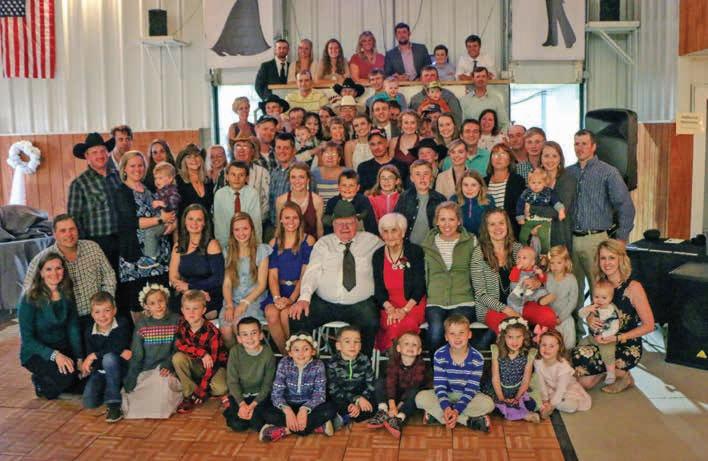
“As local farmers would retire and sell their land, they always called Dad,” Tim shared. “He bought out many of the local dairy farms and converted them into a beef pasture system.” The family patriarch passed in November 2022, leaving behind an incredible legacy of family and farming, including a 65-year marriage, 32 grandchildren, and 32 great-grandchildren.
Schiefelbein Farms now encompasses 7,500 acres, renting and/or leasing an additional 2,500 acres. The Angus and Angus-Simmental herd is 1,200 head, and the operation also includes a 5,000-head feedlot where feeder cattle are fed out.
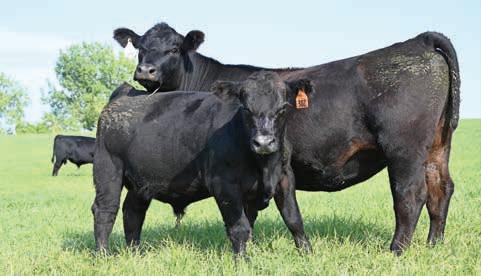
Seven of the brothers are still involved in the operation - one of the brothers, Bill, passed away in 1991. Several of the brothers also have their own sons who are integrating into the operation. Frank III and his two sons, Frank IV and Sam, manage the feeder cattle; Mike markets the grain; Rick, who manages the cow herd and capital purchases; Bob and his son, Austin, manage the day-to-day activities and crop
program; Tom and his son, Zach, serve as mechanics and haul corn and wet cake; Don, who currently serves as National Cattlemen’s Beef Association president; Danny; and Tim and his two sons, Travis and Payton. Each brother and son have a specific role within the operation, and some of the brothers also have outside interests, such as a trucking operation or consulting.
above Frank and Frosty Schiefelbein had 9 sons, 32 grandchildren, and 32 great-grandchildren.Frank III and Danny manage AI and embryo transfer for the herd, focusing on balance. Cattle are divided into five groups of about 200 females and CIDRs are used to time calving for mid-January through mid-March. One group of 250 females is implanted with embryos. “If a cow needs improvement in marbling or weaning weights, an individualized mating is selected for that cow,” Tim explained. “They have an Excel spreadsheet of AI sires that help them identify which sires will result in better calves.”
Matings aren’t just determined on paper, though. Danny also visually inspects the cows to help determine sires. “After the cows are inseminated, if they don’t stick, Danny then looks at their EPDs to choose which of the 20 cleanup bulls will be best for that cow,” Tim added. “He follows an eight-week postpartum interval to ensure good conception rates.”
Although females calve in a stateof-the-art, fully heated barn with 30 pens, Tim notes that Mother Nature is the best barn for calving. One set of 200 females calves out in September for their “fall herd”.
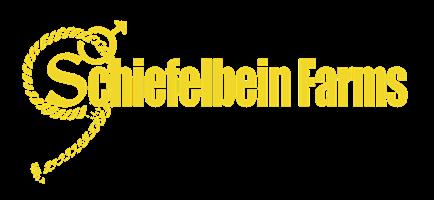
Bob and Tim manage feeding the breeding herd and feeder cattle, with a focus on letting the breeding herd graze as much as possible. The feedlot was started in 2003, and a slat barn was built in 2008 and expanded in 2011 to a 2,500-head capacity.
“We’ve learned a lot from our customers out West,” Tim said. “We have a lot of river bottoms in our area, so we have good summer pasture.” The spring herd weans their calves in mid-September, right when corn silage is ready. The cattle eat corn silage for two weeks while corn is harvested, allowing the pastures to regenerate. “The sweet corn silage is like Mountain Dew - it’s sugar,” Tim said. “The cows eat a lot, and their bags dry up.”
After harvest, cattle are turned out on cornstalks to graze from October to early November. Cattle are then returned to the pastures for grazing until late December. Streams and creeks usually aren’t frozen yet, so chopping ice isn’t necessary.
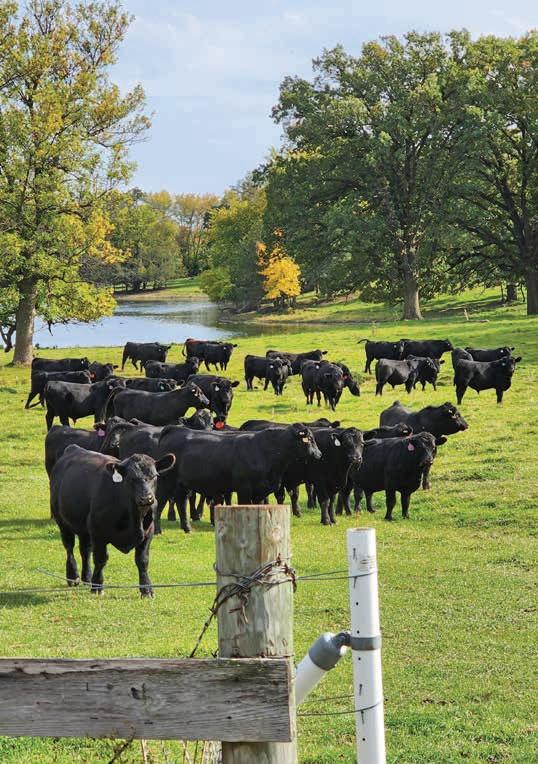
Once snowfall begins, cattle are put back out on the plowed cornfields and fed hay. “They’re in their second or third trimester by then, and they eat hay until calving,” Tim
shared. “Once they calve, they’re getting silage or alfalfa hay or beet pulp.”
Being based in Minnesota means hard winters and complicated timing for feeding, but Tim says that feed is cheap and abundant. “We don’t have to haul bedding or manure when the cows are out on the cornfields,” he stated. “The cows are spreading the manure for you. Even during calving, manure hauling is at a minimum.”
At weaning, the first group of bulls that are culled are steered and sent to the feedlot. About 100 bulls are separated out for private treaty sales, and about 400 bulls are selected for Schiefelbein Farms’ annual bull sale. The bulls selected for the sale are sent to a bull barn and fed to prepare for the annual sale, held the third Friday in February. This year’s sale will be on February 18, 2023.
“We’ve sold bulls to 22 different states, but many buyers don’t take delivery of the bulls until late April,” Tim said. The 2015 sale grossed more than $3 million, breaking the record for Angus sales in Minnesota. The following year, Schiefelbein Effective was sold to GENEX for $45,000. The bull went on to sell more than 100,000 units.
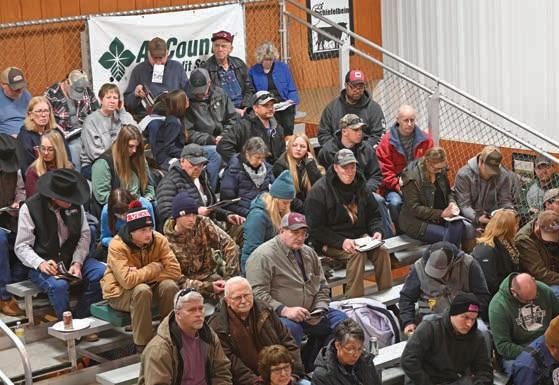
In 2019, Schiefelbein Showman was sold to Hamilton and Six Mile Ranch in Canada for $125,000. Schiefelbein Untouchable was sold in 2021 to Ranch Covey Hill and MAC Angus, also in Canada, for the same price. However, Schiefelbein G.O.A.T. sold last year for $232,000 to Coles Bend Cattle, TK Angus, and Lyden Alisa Telon Smith.

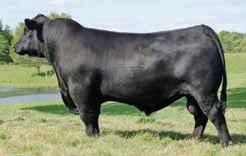
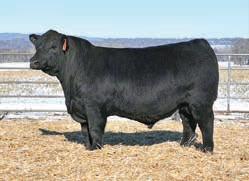
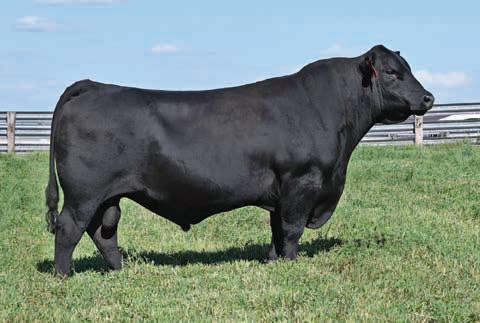 Schiefelbein Effective Schiefelbein Untouchable
Schiefelbein Showman
Schiefelbein G.O.A.T.
Schiefelbein Effective Schiefelbein Untouchable
Schiefelbein Showman
Schiefelbein G.O.A.T.
primarily go to buyers in the South and Southwest, who are looking for moderate-sized, younger bulls. “We have a couple of customers in Louisiana that like bigger frame bulls, so we select bulls for them that meet their specific needs,” Tim explained.
Don handles all the operation’s advertising, including publications, social media, and online as well as videos of some of their best bulls. “We insert a brochure in the publications instead of a paper ad,” Tim said. “But the best way to secure customers is to get out and see people.”
Buyers who purchase a bull from Schiefelbein Farms will also receive assistance with marketing their calves from the Schiefelbein brothers, whether those calves are sold to other buyers or return to the Schiefelbein Farms feedlot. Tim is quick to note that many beef operations have customer service that’s second to none, but helping customers market their calves is an advantage for their operation.
Schiefelbein Farms purchases 30,000 customer calves annually. “Frank, Travis, Payton, and I go to our customers’ sales,” Tim said. “It’s a tough business that’s very
above Schiefelbein Farms enjoys hosting tours of the operation.
competitive. And we’re selling to customers that are far away from Minnesota.”
Feeder cattle sold from Schiefelbein Farms are marketed on a value-based grid. The operation negotiated a grid-based fed cattle pricing system with some of the first premiums paid for Certified Angus Beef® carcasses.
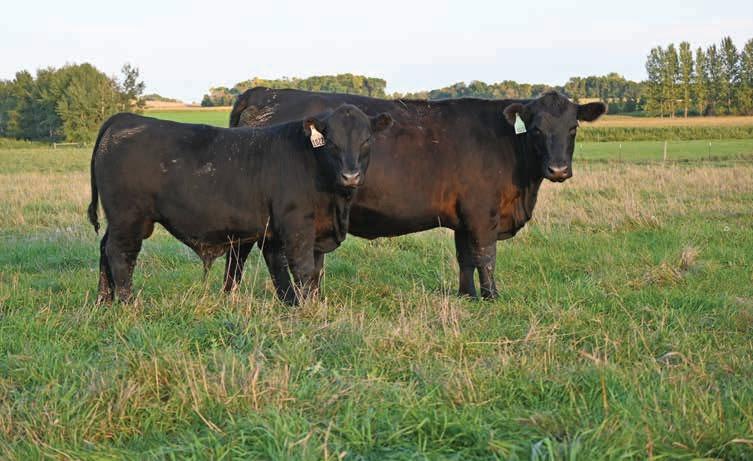

While many operations in the agriculture industry are struggling to find labor, Schiefelbein Farms is thriving with sons coming up and filling their fathers’ roles. “They’re being taught by their dad how to handle each aspect of the farm,”
Tim said. “When I go to sales, I always look at who writes the letter in the sale catalog. If the kids aren’t coming back, in two to three years, you’ll see a dispersal sale.”
Tim says that the cattle industry is a lifestyle, not just a job, so it’s challenging to make good hires. But when a family member chooses that lifestyle, it’s a different story. “They’re all required to go to college and/or get a job off the farm before they come back,” Tim shared. “That was one of my dad’s rules. They’ve seen the world in some way, and so when they come back, they know what they’re getting into.”
learn more schiefelbeinfarms.com
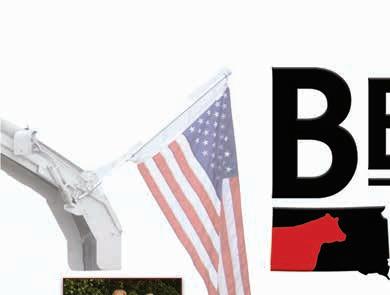
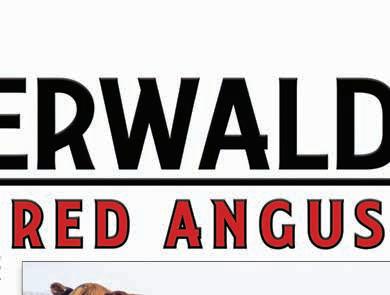

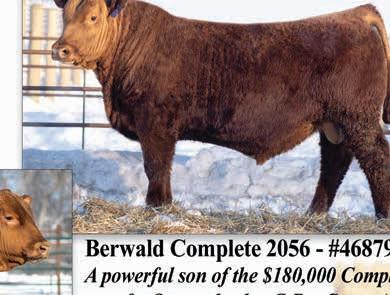
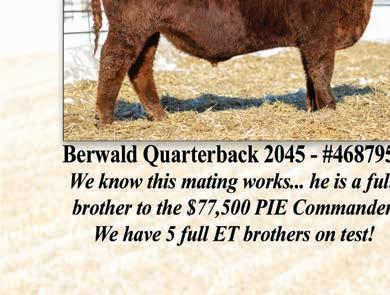
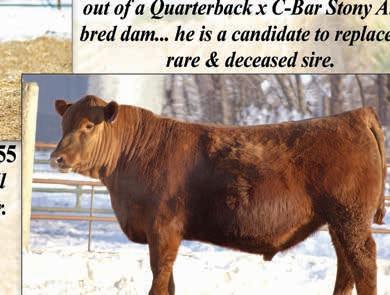

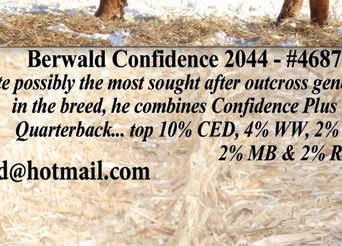
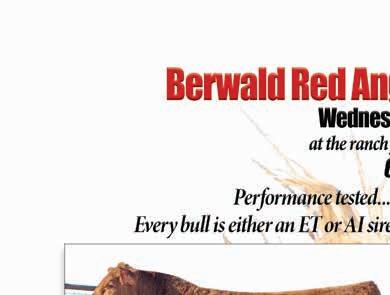
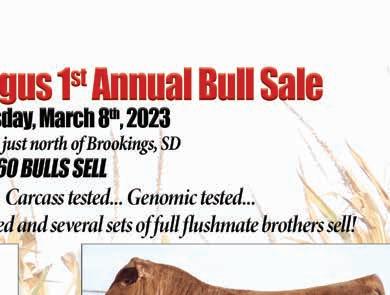
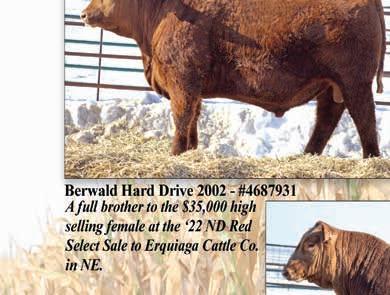
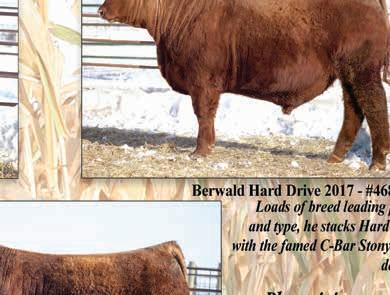
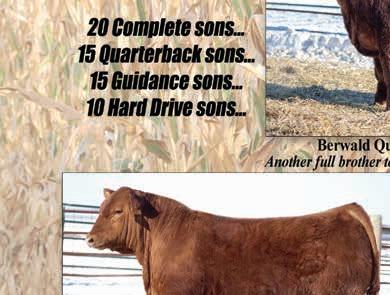
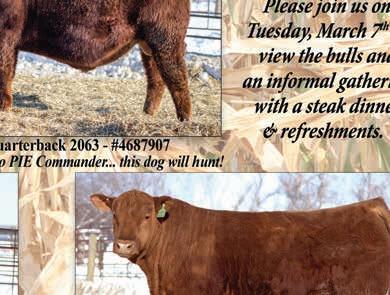

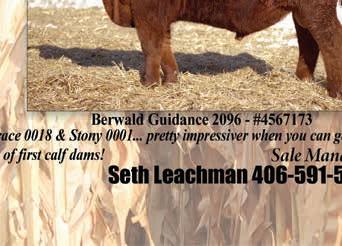
These calves have seen it all in 2022, starting with a big spring flood. Selected on soundness and phenotype, they are developed the “Wilde Way” out in big pastures and they have to travel. Northern Minnesota is beautiful in early March, we invite you to join us March 4th!

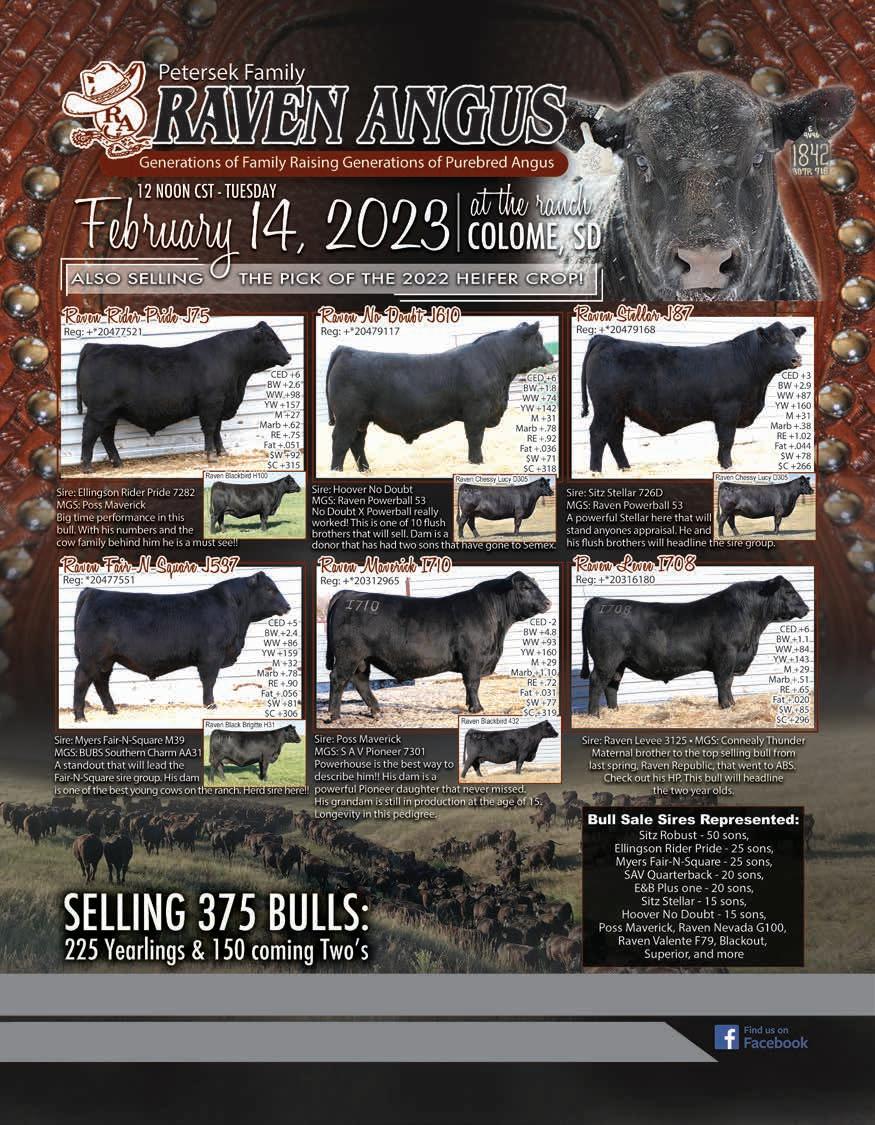
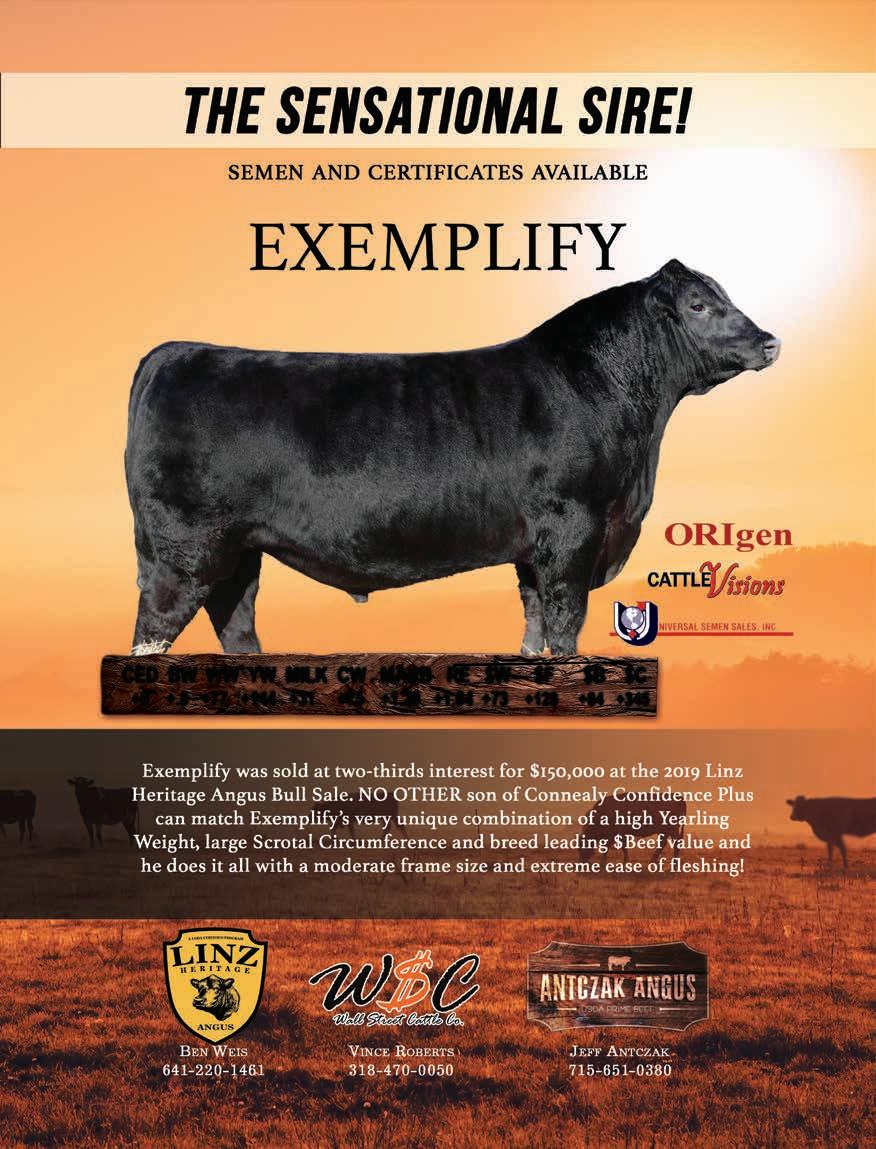

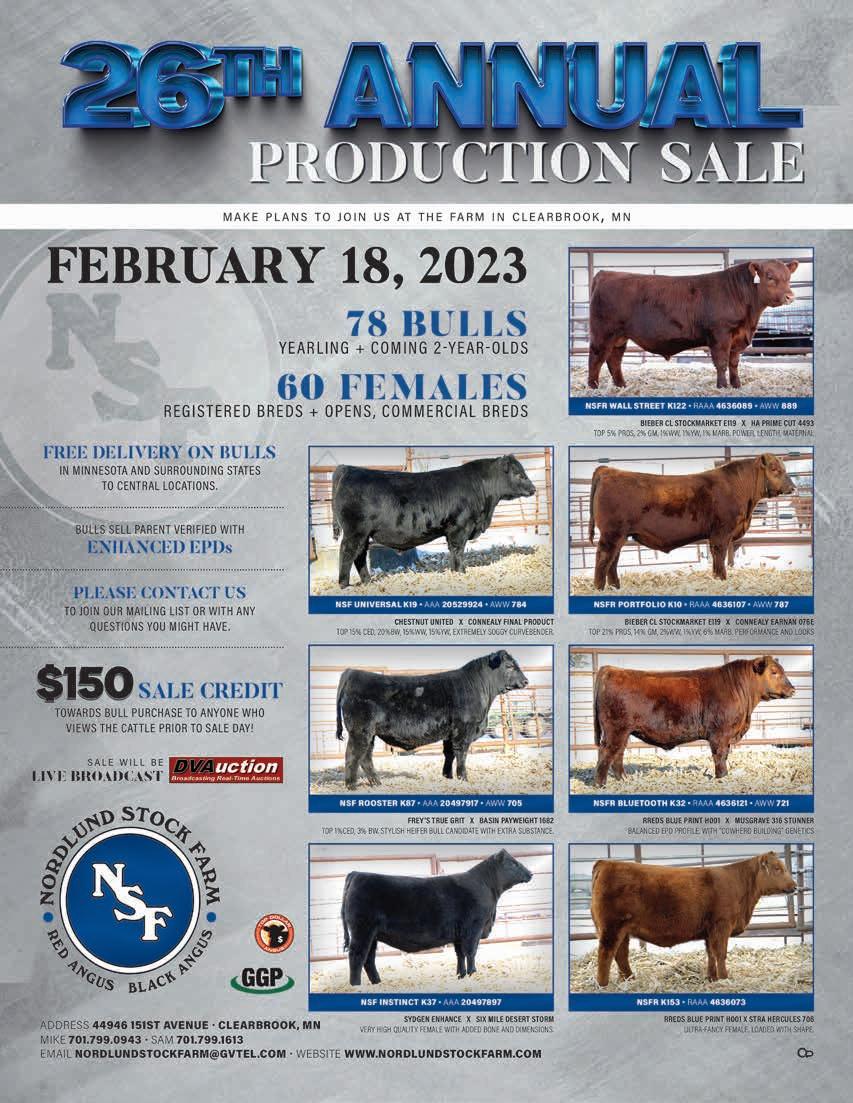

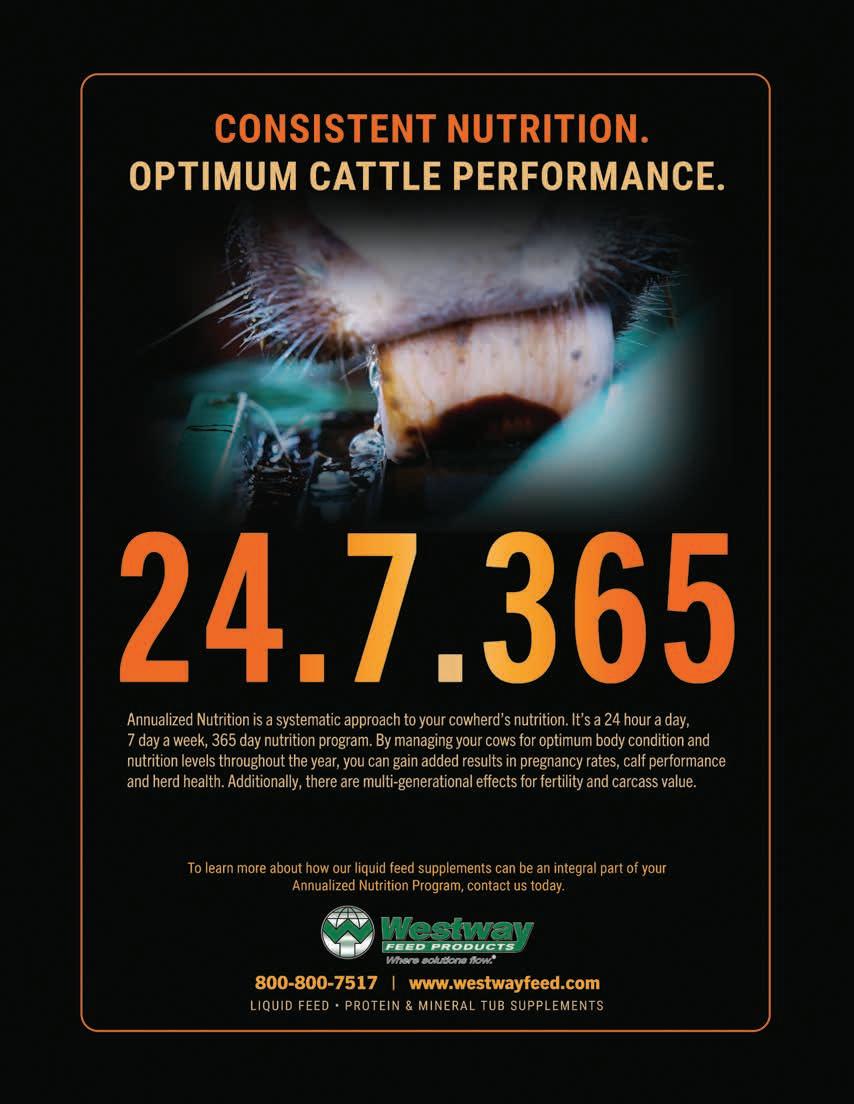
Agriculture is a rewarding business, but it does come with stressors – weather, cattle and grain prices, debt, etc. -- that can stack on top of each other. It’s important to recognize the value a person brings to an operation compared to the markets, number of acres you own, or the number in your bank account. Farmers and ranchers tend to struggle with a lack of routine, or lack of structure that comes with the business and having to always be flexible when dealing with the unknown. Producers tend to push through these adversities without giving themselves grace. It’s okay to have extra drive to push through difficult times but recognize there is a balance between being tough and knowing when to take care of ourselves. Producers aren’t able to take
care of their farms and ranches and their family if they don’t take care of themselves first.
During times of uncertainty, it’s important to engage with production and economic experts (marketing specialist, crop specialists, veterinarians, economists, etc.) for help in all aspects of agriculture. Include a mental health professional or someone to help navigate stress and emotions during these uncertainties as well (DeSutter, 2021). Agriculture is full of uncontrollable variables and make or break factors that leave a huge impact on our operations and will continue to contribute to stress. Not only do we deal with events that are out of our hands, but farmers and ranchers may be fighting comparison, our fields are out on display for everyone to see, our cattle are out on pastures for everyone to drive past and critique. It is okay to be stressed, but do what you can and set reasonable expectations.
Production agriculture workers are ranked fourth in male suicides (Miller & Rudolphi, 2022). Know when it is time to ask for help and when to sit down and talk to someone. Learn ways to manage your stress.
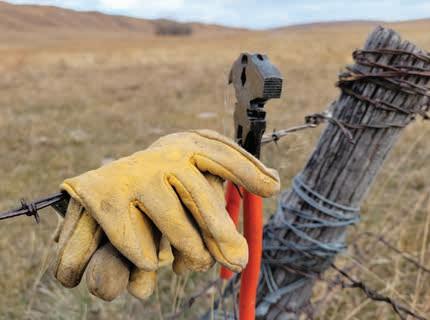
Find someone to talk to, whether this person be a spouse, a neighbor, a friend, someone to help you reflect on the current struggles you are facing and someone to simply listen (DeSutter, 2021). Getting professional help is one of the hardest band-aid’s to rip off but know when it’s time to do so.

Take care of your physical health. Prolonged stress can result is serious physical and emotional issues (VanDeWalle, 2020).
Schedule breaks. In agriculture, it’s common to hear “there are no days off.” Livestock will always need to be fed, but take advantage of the days that “feed cows” is the only task on the to-do list and schedule more of these days when needed.
Focus on what can be controlled. Being able to relax and manage stress during those peak stress sea-
University research you can use. Wayde Pickinpaugh, Nebraska Extension Educator University of NE - Lincoln, UNL Beef beef.unl.edusons of agriculture takes constant discipline and practice. Focus on events that you can control along with attitudes and responses towards those events (VanDeWalle, 2019). Plan ahead, set priorities, and have open discussions with all operation workers to divide tasks.
Learning to recognize your stressors and how to manage stress can help you personally and those around you. If you recognize someone in distress, use a caring approach in listening to them, and then connect them to resources.
Stress looks different on everyone. Recognize when someone is no longer themselves. Learn symptoms of stress, depression, or anxiety and ways you can help. Empower people to ask for help but know when it’s time to reach out with help (Harris-Broomfield, 2019).
Being a listening ear can go a long way. Everyone manages their struggles in different ways. Sometimes being empathetic is the best thing you can do for a family member or friend.
Encourage them to speak to a professional if necessary. Some people who are in distress or depressed may not realize they are or may even be in denial. Producers push themselves to keep going every day (DeSutter, 2020).
QPR Training is a great option for anyone who feels inclined to help those in need. QPR stands for question, persuade, refer and is meant to help “save lives and reduce suicidal behaviors by providing innovative, practical and proven suicide prevention training.” (qprinstitute.com)
Multiples layers of stress can be difficult to overcome. We are potentially not our best selves while enduring this current climate of stress. Be kind to yourself and gracious of others. If symptoms of anxiety or depression last longer than 2 weeks, or if you notice a family member or friend who is constantly pulling away from work processes, from talking with others, or mentally isolating themselves, please connect them to a resource.
Courtesy University of NE - Lincoln, UNL Beef
Interviews with the authors of BeefWatch newsletter articles become available throughout the month of publication and are accessible at: www.go.unl.edu/podcast.
Many mental health resources exist to help those in the agricultural community: 1. Rural Response Hotline, 1-800-464-0258
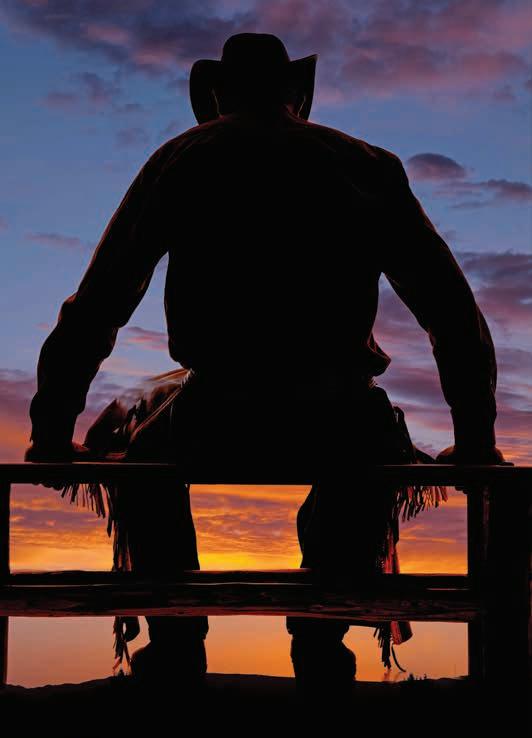
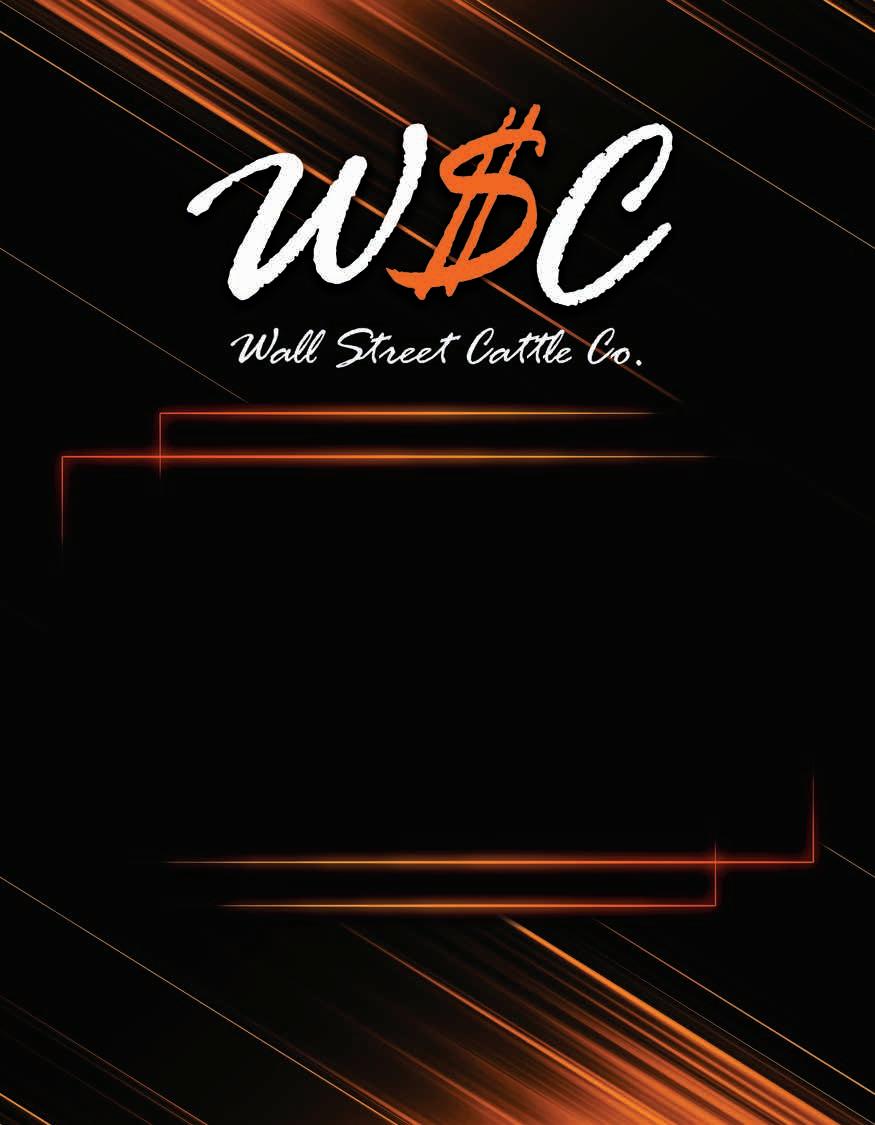
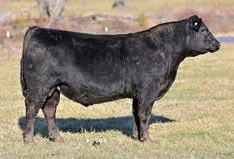
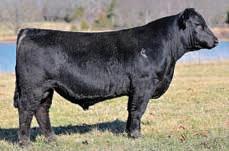
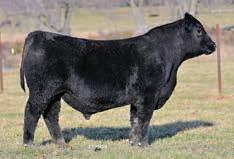

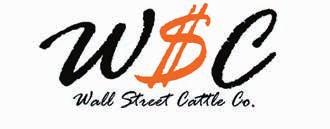
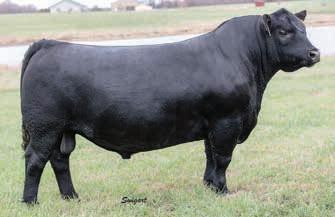
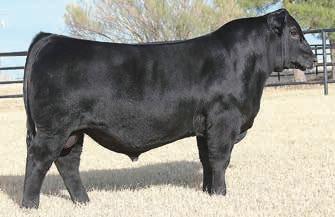
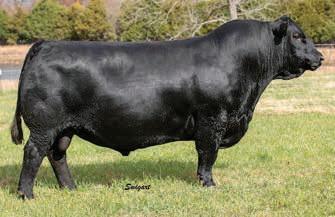
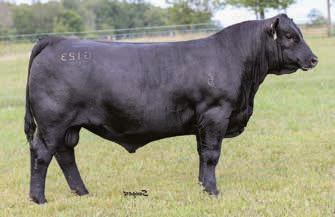
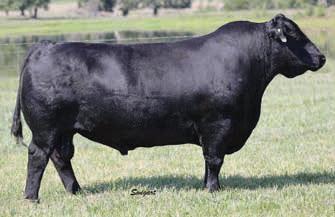
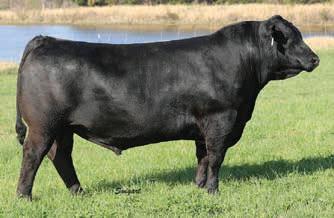
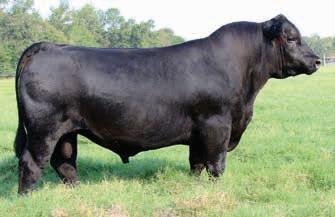
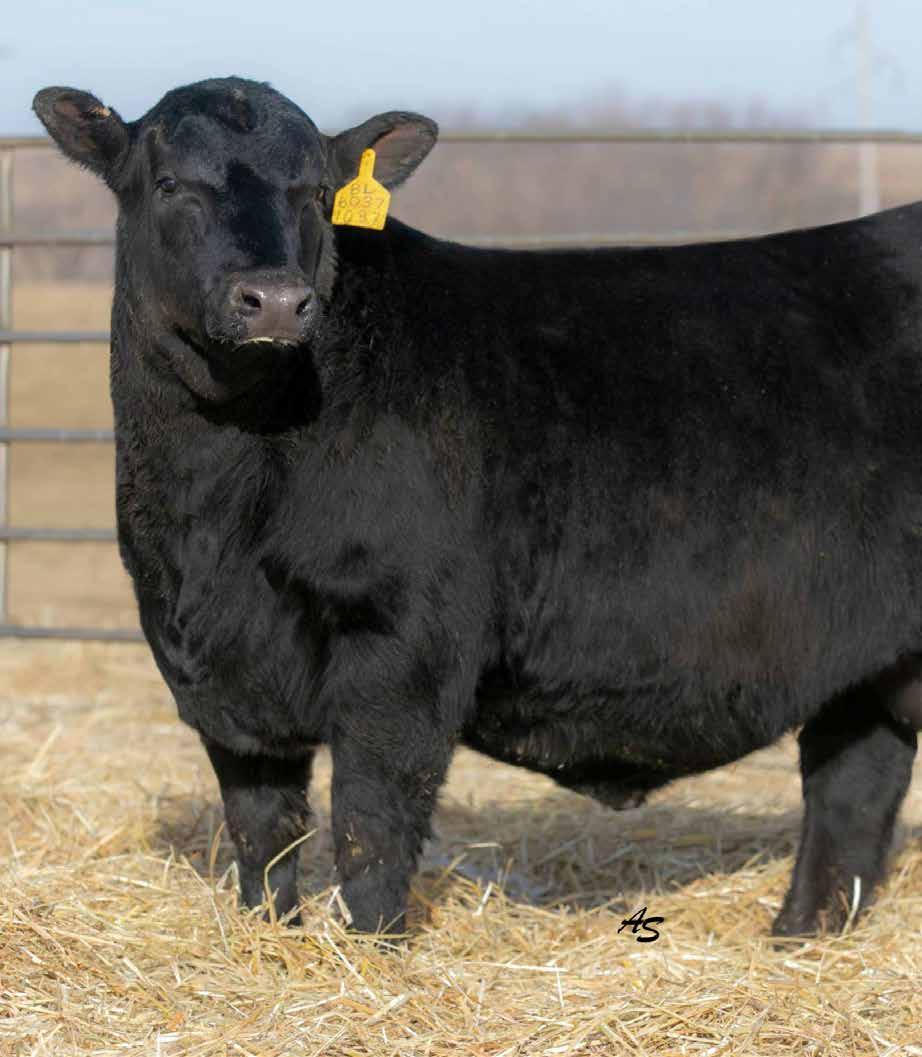


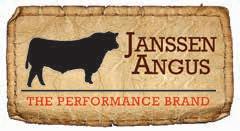
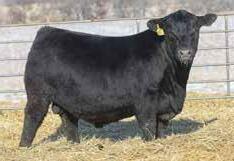

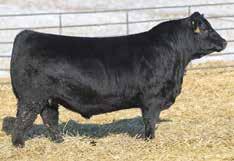
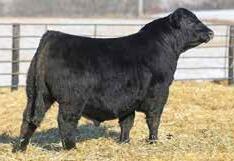
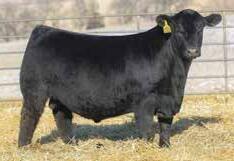
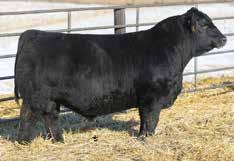
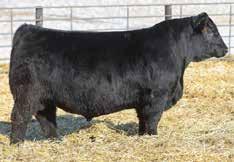


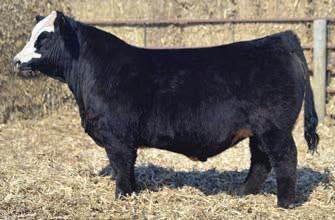
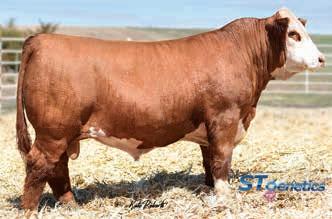
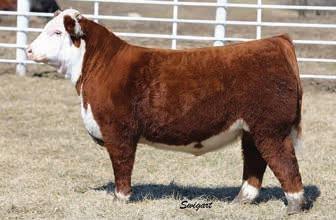
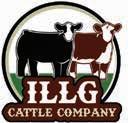
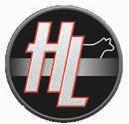



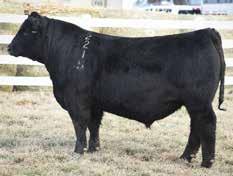
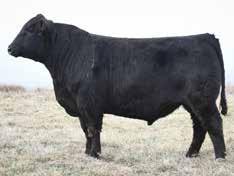
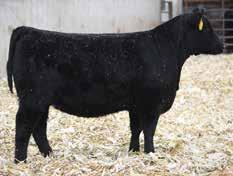
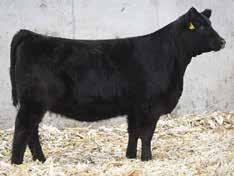
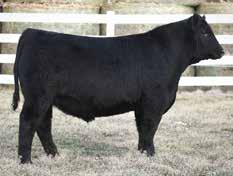
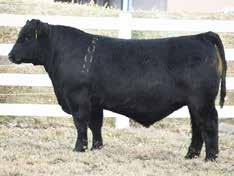



































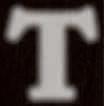




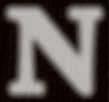
















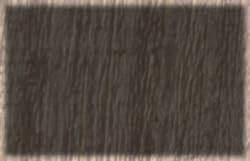
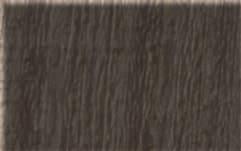
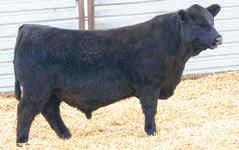
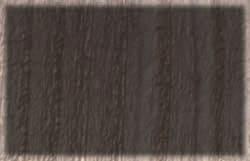

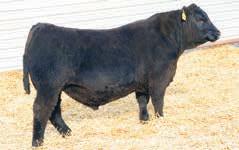

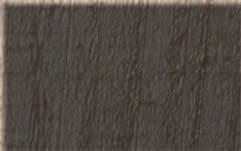
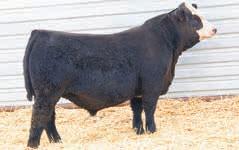
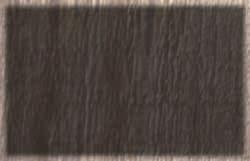
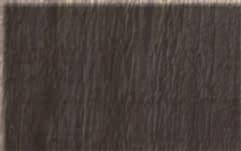
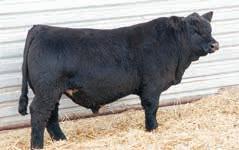





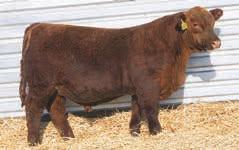
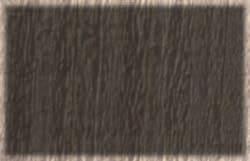
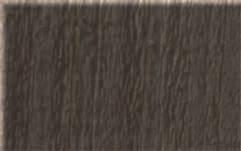
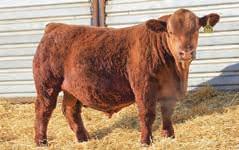

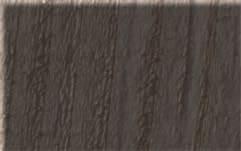
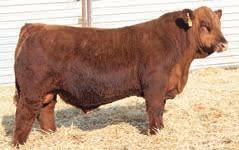

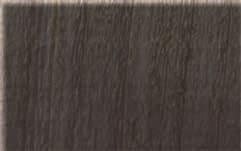
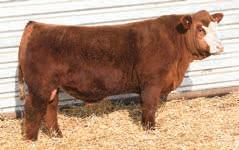
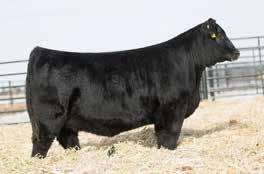
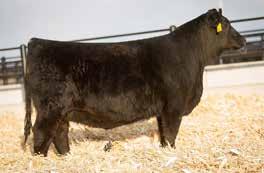


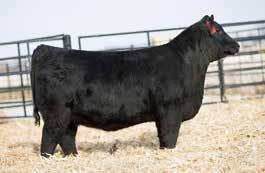
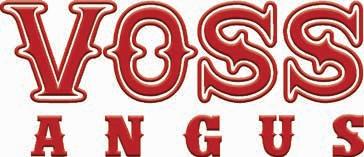

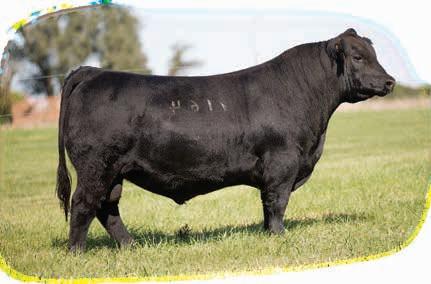

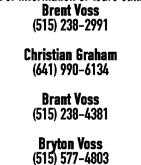

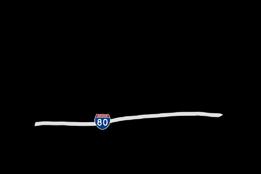
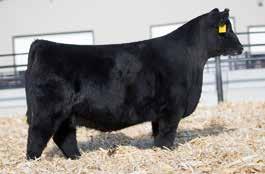
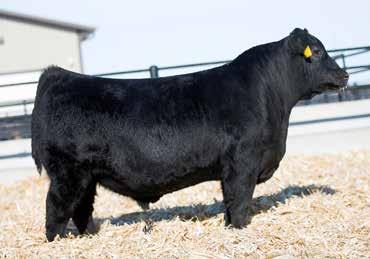
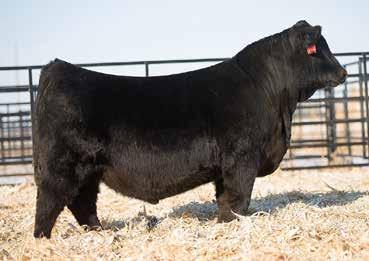

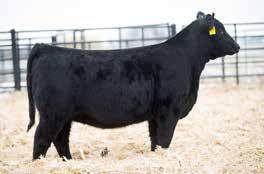


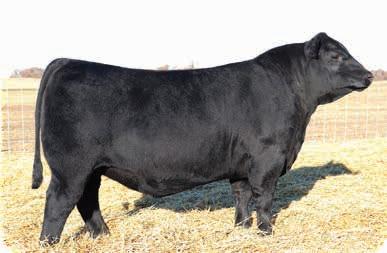

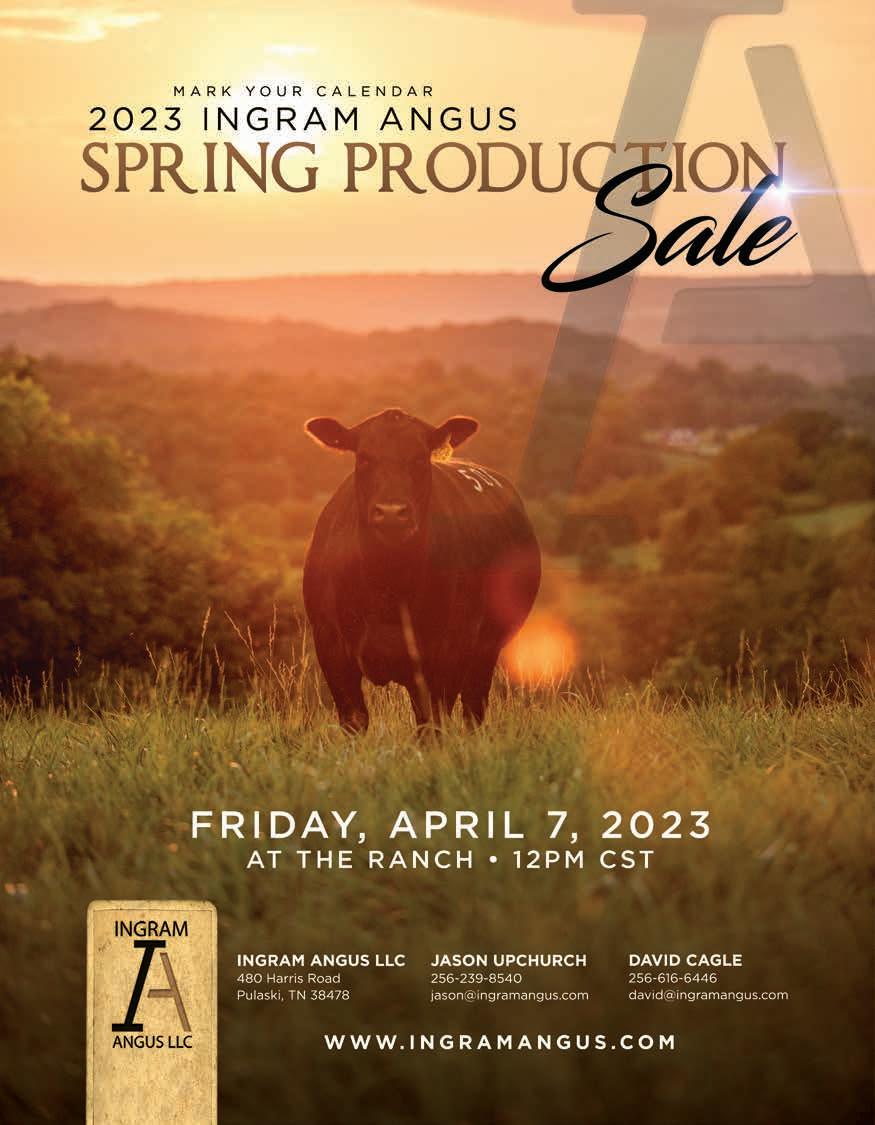

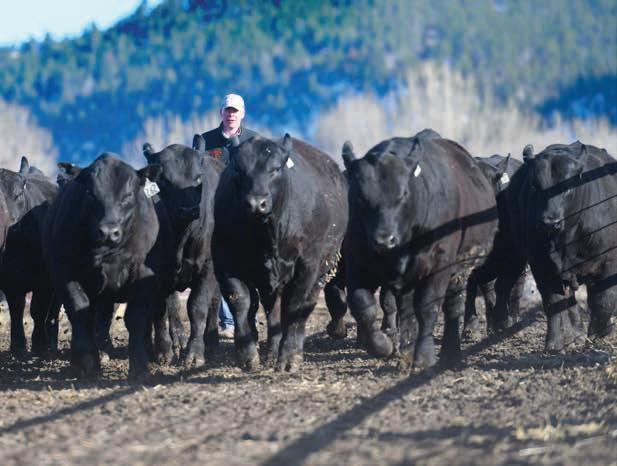
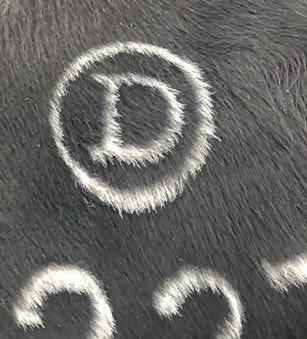
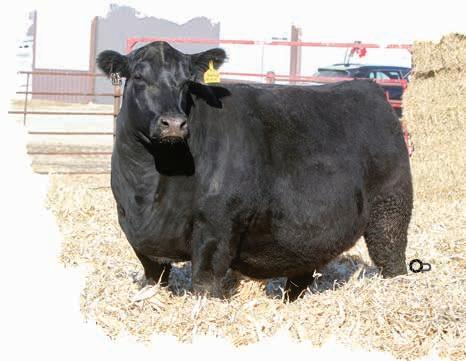
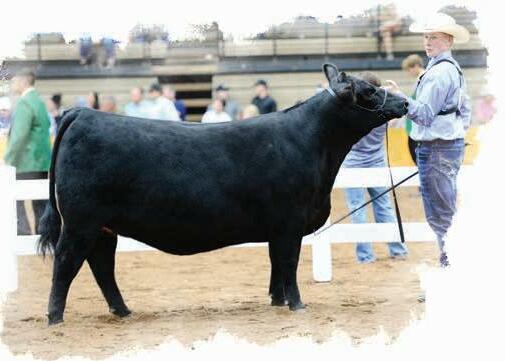

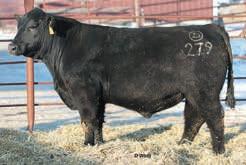

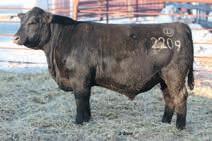

Youth growing up in the livestock industry today have never known a time when junior beef associations were less than flourishing or even nonexistent. Yet, the pioneer credited with organizing one of the first junior beef organizations in the world remembers that time well.
In 1956, the American Angus Association (AAA) established a junior activities department with a fulltime staff employee. It didn’t take long for the AAA, based in St. Joseph, Mo., to land on Dean Hurlbut to head the new department created to serve youth in the Angus breed. The young Hurlbut, who had grown up on a registered Angus operation in South Dakota, was fresh out of college and working as an assistant county agent in Aberdeen, S.D., when the job offer came his way.

Dean accepted the position and in 1957 he started his long career with the AAA as the director of junior activities. For the next 43 years, Dean dedicated his life to youth and adults in the Angus breed creating opportunities appreciated by Angus breeders of all ages to this day.
Dean’s commitment to Angus breeders is woven into the fabric of his being. He’s been quoted numerous times through the years as saying, “Angus is my life.” Dean’s credited as a pioneer in the Angus breed, paving the way for a national junior showmanship contest, a national junior breed show, state junior organizations, and national junior and adult associations.
The passion for the Angus industry is felt equally as strongly by Dean’s wife, Gloria, who worked for the AAA for 29 years. Gloria served in the public relations department and as the head of the breed im-
Dean and Gloria Hurlbut reflect on their life devoted to Angus producers.provement department. Though two decades have passed since the Hurlbuts retired from the AAA, the couple still pokes into the office in St. Joseph, Mo., to visit with staff and catch up on the latest industry happenings.
Few people savor the growth and success of the Angus junior and adult associations as much as the Hurlbuts. They remember the days when the associations were in their infancy. “The Angus breed has exceeded all expectations from years past,” Dean Hurlbut shared when reflecting on the current state of the Angus industry.
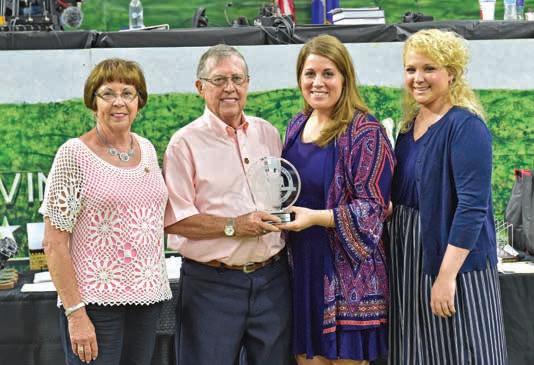
When Dean stepped into his new role as director of junior activities 66 years ago, his first order of business entailed organizing state junior Angus associations. “After being organized we would take the officers and organize a series of two or three educational field days in the state; getting the young members and parents involved,” Dean explained. “This proved very successful.”
The organizations Dean started grew and thrived through the years. His contemporaries applaud Dean for his vision that led to the establishment of one of the early junior beef associations in the world, the National Junior Angus Association (NJAA). Dean assisted with the formation of the NJAA in 1980 and oversaw the association until 1998.
What began as an organization to assist young people with Angus steer and heifer projects has blossomed into a far more encompassing entity. According to the NJAA, there are now more than 4,000 active junior members 21 years and younger from all over the United States and Canada.
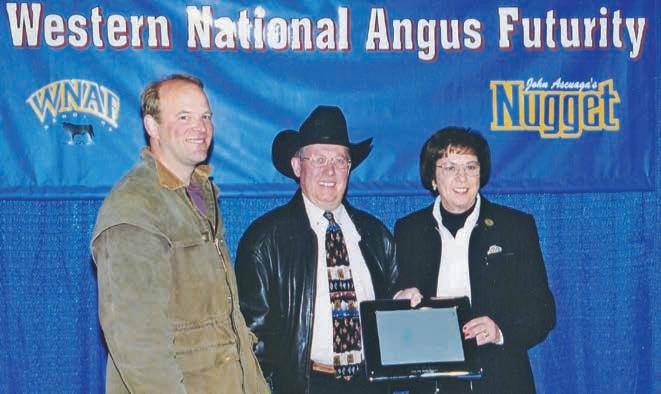 below President of the Western Angus Association John Knapp honored Dean and Gloria Hurlbut the year Dean retired.
below President of the Western Angus Association John Knapp honored Dean and Gloria Hurlbut the year Dean retired.
Currently, local, regional, and state junior associations work alongside the NJAA and the AAA to host a variety of events including shows, field days, conferences, meetings, and other activities aimed to promote the Angus breed and producers. “The National Junior Angus Association is the largest worldwide. It grows every year as more people get involved, which is great,” Dean shared.
Once Dean established successful junior organizations, he set his sights on creating a national junior showmanship contest. Little did he know at the time it would develop into one of the most competitive junior showmanship contests in the world.
The first National Junior Angus Showmanship Contest was held in 1967 in conjunction with the All-American Angus Breeders Futurity, in Lexington, Ky. “One reason was to use animals that were in the futurity show. Two contestants had to be selected from their state and they could only compete once,” Dean recalled. “The contest
was narrowed down to 15 and a final five were placed.” In the years following the inaugural national showmanship contest, the contest committee voted to name the top national junior showmanship award, the Dean Hurlburt Award.
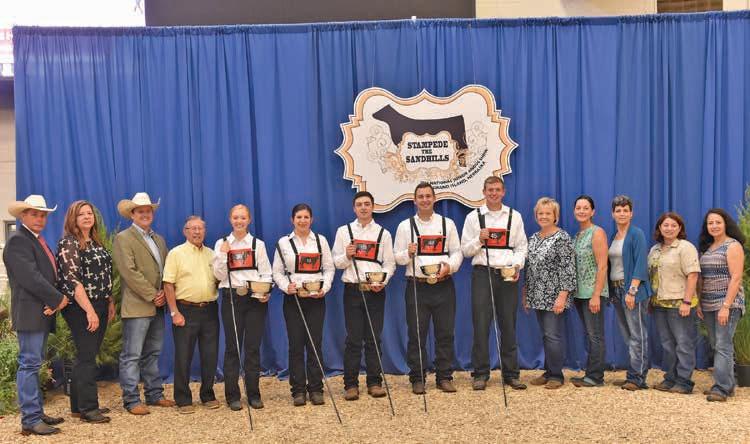
Two years after the first national junior Angus showmanship competition, Dean orchestrated the first National Junior Angus Heifer Show. The first National Junior Angus Heifer Show was held in Columbia, Mo., in 1969, in conjunction with the annual Angus national conference.
The national junior show laid the groundwork for the National Junior Angus Show (NJAS) of today. “The first national junior show in 1969 was heifers only,” Dean recollected. “As the show went on different events were added like the cow/ calf classes, bred and owned heifer classes, steer classes, carcass classes, carcass contest, and bred and owned bull classes. The last several years 1,200 or more head were shown.”
After 16 years with the junior activities department, Dean shifted gears within the AAA and took over as the director of activities. In his position as director of activities, Dean organized events for members of the AAA. He traveled the country and the world coordinating major exhibitions, conferences, shows, banquets, and meetings.
Known for his attention to detail and devotion to the people involved in the Angus breed, Dean spent more than four decades working to promote the Angus breed and support Angus producers of all ages. Throughout his years with the AAA, Dean kept careful detail of his travels. He estimates he flew more than a million and half miles and traveled to all 50 states and 14 countries. Dean spent 4,749 nights away from home which is the equivalent of 13 years and four days. “To accomplish all of that, you have to have an understanding wife and family,” Dean stated.
Dean’s wife, Gloria, is not only understanding, but wholeheartedly shares a deep passion for people in the Angus industry. The two met while working at the AAA. Gloria joined the organization in 1958 with a job in the public relations department. Dean and Gloria got married two years later in 1960.
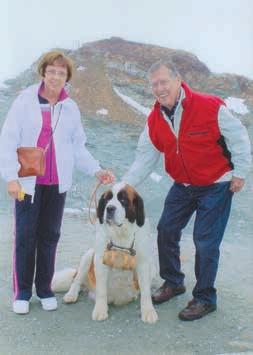
When married life developed into parenthood, Gloria chose to take a break from her position at the AAA. “We adopted two girls, so I decided to stay home while our girls were growing up since Dean was gone so much. When they were in high school, I went back to work for the association in the breed improvement department,” Gloria said.
Gloria’s favorite aspect of her job at the AAA was communicating with Angus producers. She especially enjoyed traveling to shows and other events where she could meet face-to-face the people she was helping over the phone. “What a joy it was to meet the people on the other end of the telephone,” Gloria shared. “Blessings are the wonderful friendships that I made during that time. These people were our Angus family.”
Collectively, the Hurlbuts worked 72 years at the AAA with the pure motivation of helping their “family” in the Angus breed. The couple touched countless lives during their tenure and Angus enthusiasts young and old still benefit from the Hurlbuts’ work to this day.
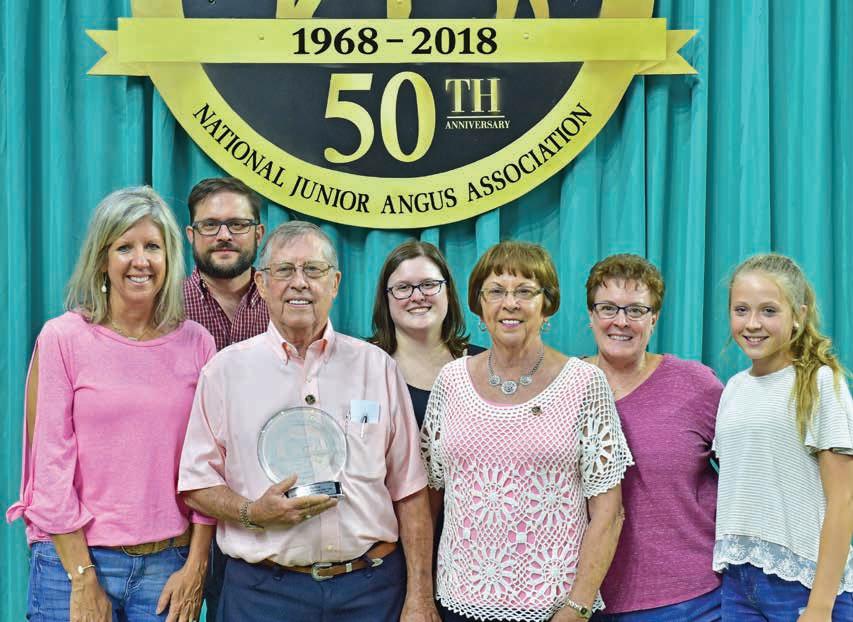 above Family photo, front (l-r): Tracy Hurlbutt (daughter), Dean Hurlbut, Gloria Hurlbut, Jessie Hurlbutt (granddaughter). Back row (l-r): Dennis Jenkins (son-in-law), Kaitlyn Jenkins (granddaughter), Stacy Jenkins (daughter).
above Family photo, front (l-r): Tracy Hurlbutt (daughter), Dean Hurlbut, Gloria Hurlbut, Jessie Hurlbutt (granddaughter). Back row (l-r): Dennis Jenkins (son-in-law), Kaitlyn Jenkins (granddaughter), Stacy Jenkins (daughter).
• Pull on highway at speed limit.
• Fits through any gate your pickup will.
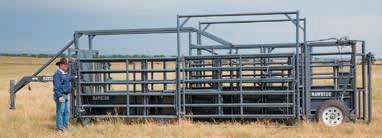



• Stable on uneven terrain.
• Permanent sheeted adjustable alley.

• Transport wheels are permanent, no sliding off the axles and rolling out of the way.
• Wheels on each panel and electric over hydraulic jack eliminates lifting— saves time.
• Frame gates for sorting.
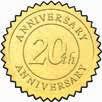


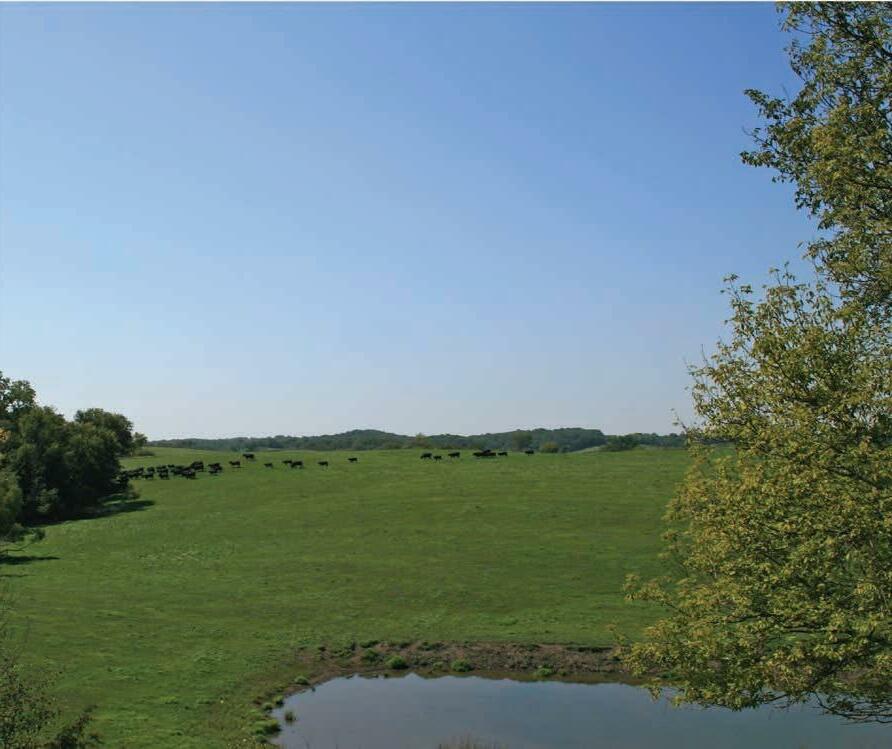

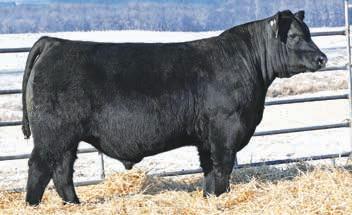
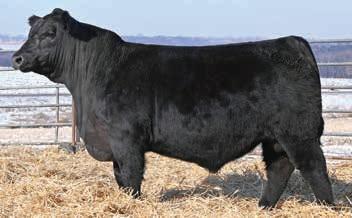
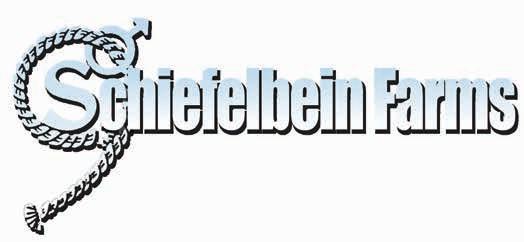



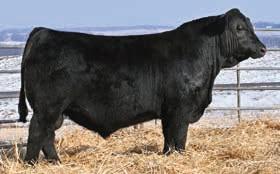
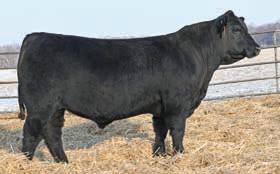
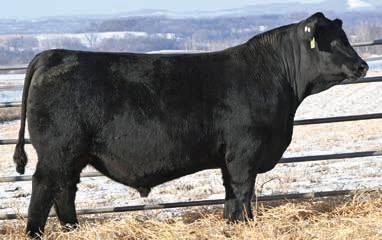


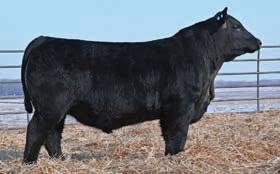
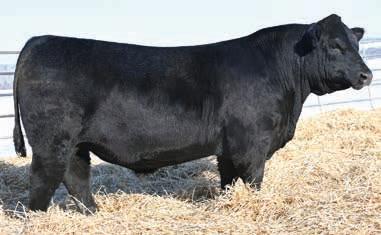

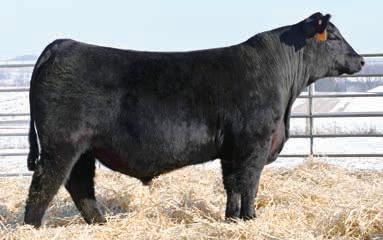



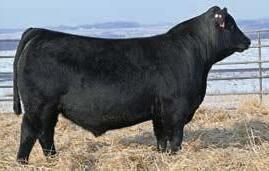


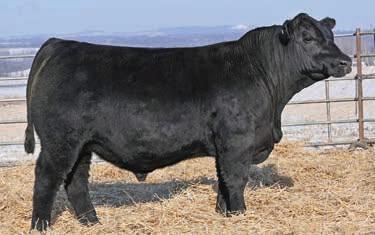

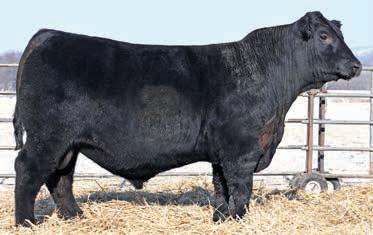

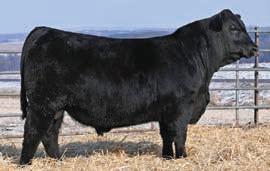
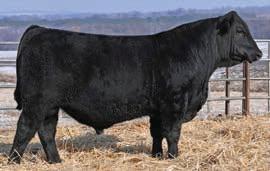
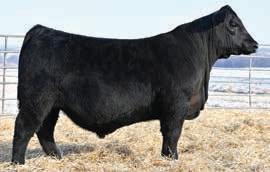

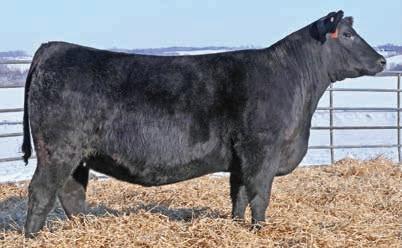
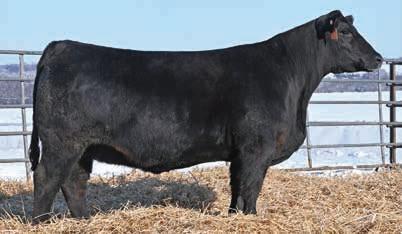
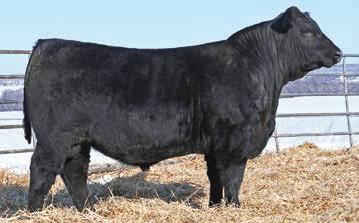
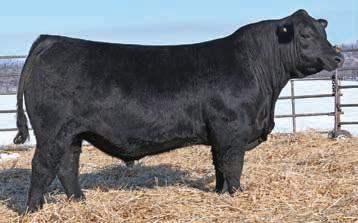

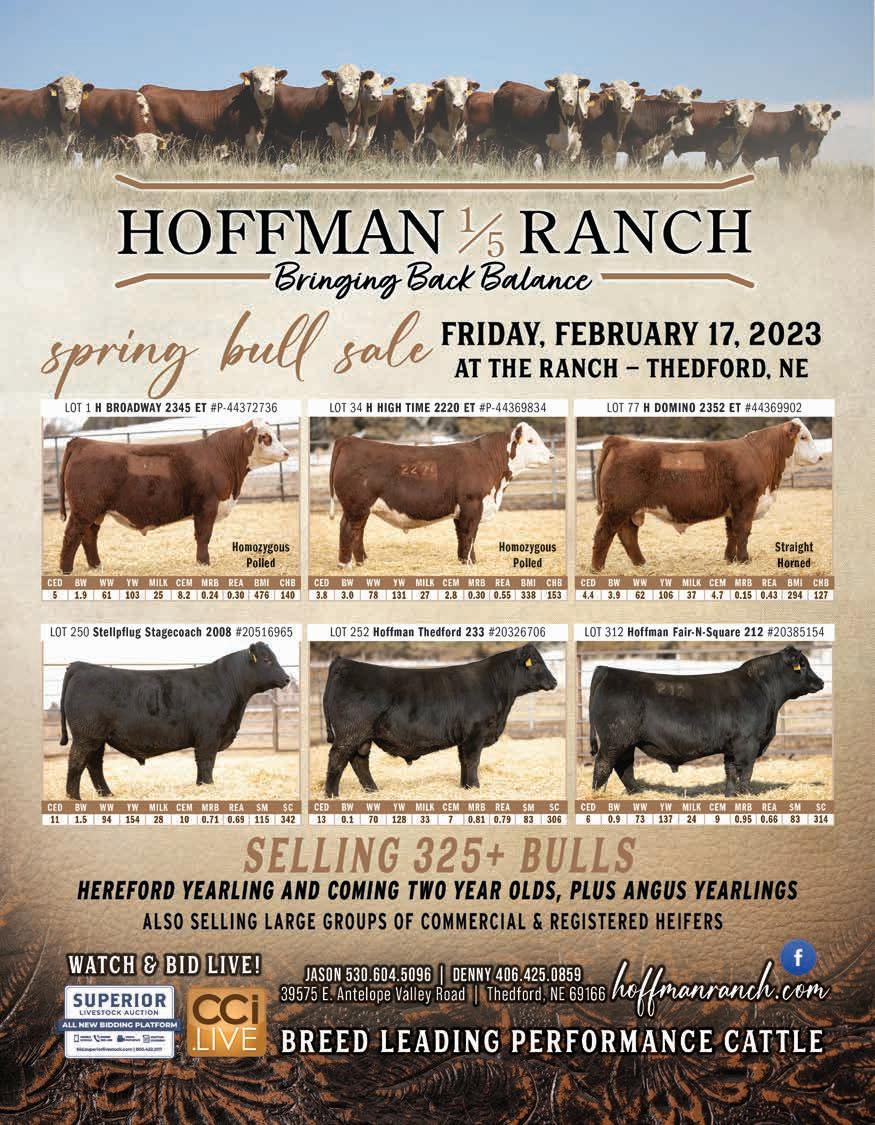




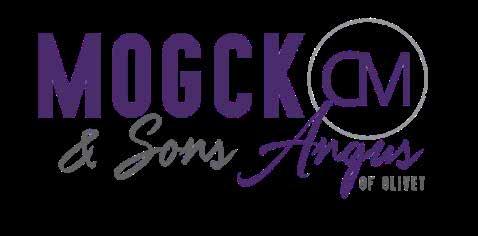

















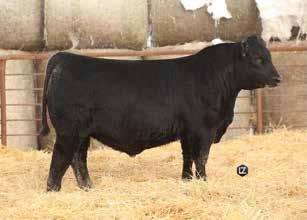




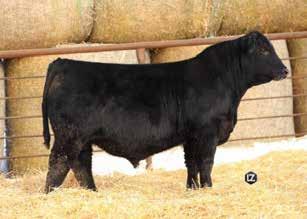


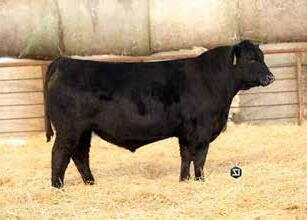





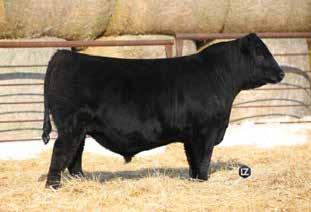


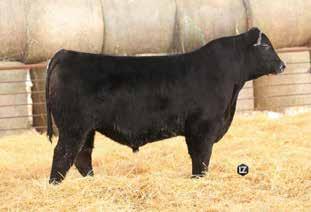


s cattle producers we are innovators and forward thinkers when it comes to genetic improvements.
A
Technologies such as embryo transfer, artificial insemination, and genomic testing haven been adapted to progress selected genetics in our herds. We are also quick to buy herd sires that are out of the hottest bull in the semen catalog and study EPD profiles for hours when making purchases. When it comes to livestock, we believe that forward progress happens through genetic selection, but do we believe that when it comes to alfalfa?
In 1953, Vernal alfalfa was released by the University of Wisconsin. It is a winter hardy variety that, when compared to many new varieties, has below average yield and below average quality. Yet, Vernal is still extremely popular and requests for Vernal rival those for our improved varieties.
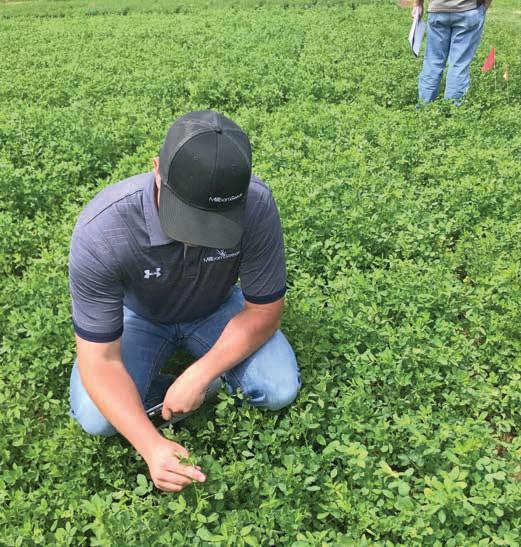
To put this in perspective, in 1953 the champion Angus Bull was sired by O Bardoliermere at the Chicago Livestock Exposition. I’m certain O Bardoliermere was a heck of a bull for his time, but cattle breeders aren’t searching for his semen to use today.
So, why would you invest in a newer alfalfa variety when the one your grandpa used does just fine?
Vernal, along with other older (yet
popular) varieties such as Wrangler and Ladak, all have a fall dormancy score of 2.0. Fall dormancy is a measurement of how much growth the plant exhibits late in the year. Ratings range from one to 11, with
one being the most dormant, or showing the least amount of growth, at the end of the growing season.
Utilizing herd management strategies to increase alfalfa quality and production.
In the Midwest, we’ve improved winter hardiness of varieties and can now grow alfalfas with fall dormancy scores of four to five, rather than two. This ad-
vancement proves to increase yield on those fields. If you were selecting a bull to increase your weaning weights, you wouldn’t find one with a below average WW EPD. In the same respect, you shouldn’t select an alfalfa variety with a low fall dormancy score if you want to increase yield.
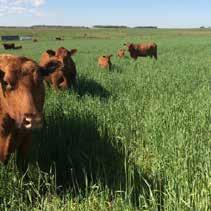
A big challenge for believing in genetic improvement of any type of forage is because we rarely measure forage performance. We always sell calves by the pound or corn by the bushel, but when we keep and feed our hay, our measurements are very general. A common term for measurement on farms is “about X number of bales from those acres.” That is a wide weight range and rarely has an impact on how confident you were on the variety’s performance.
I did some research reviewing the University of Nebraska – Lincoln and University of Wisconsin alfalfa trials. On average, top varieties outperformed others by 2.5 tons/ acre. In the life of the field, that will produce 12.5 tons/acre more. At $200/ton for hay, the gross value is $2,500/acre more – an amount that can’t and shouldn’t be ignored.
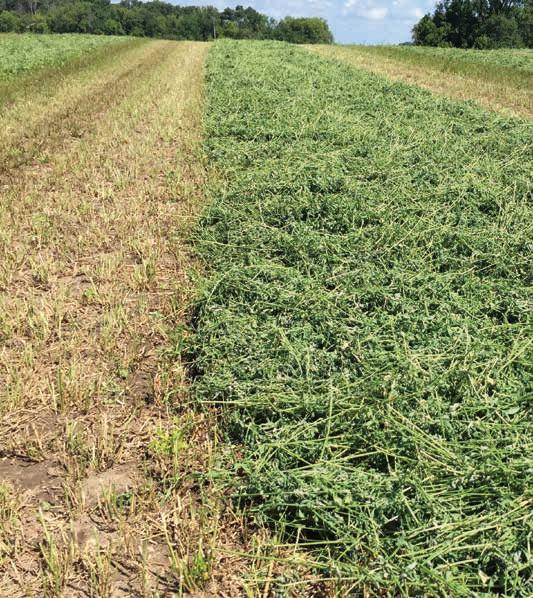
Since it is field planning time, plan on investing in improved genetics for your new alfalfa field. The breeding advancements for yield, quality, and disease resistance will boost the production and value of your alfalfa – just like you advance the quality of your herd.
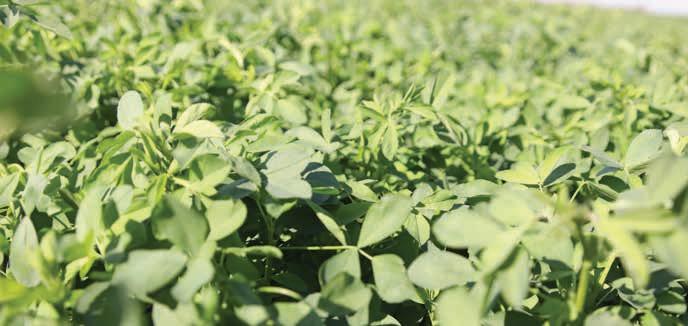
Photos courtesy Millborn Seeds learn more millbornseeds.com
Millborn Seeds, Brookings, S.D. The team of folks at Millborn Seeds have roots that run deep in farming, agriculture, and in the overall respect for the landscape. They opened their doors in 1987 and continue to walk alongside farmers, ranchers, and landowners across thousands of acres throughout the Midwest.




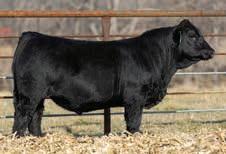
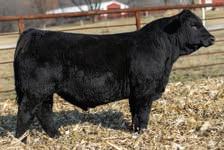

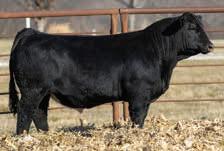
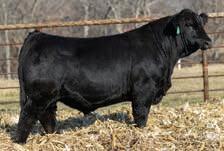
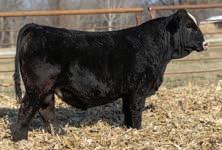
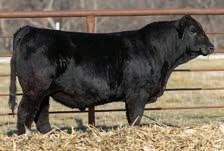
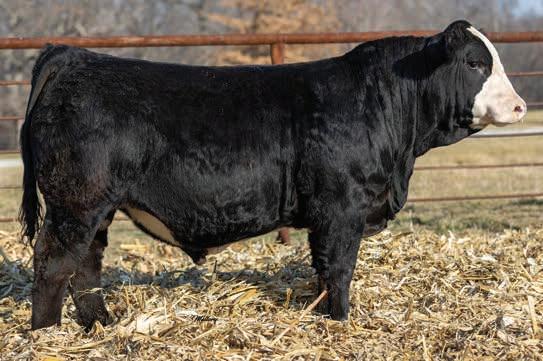
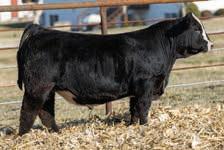

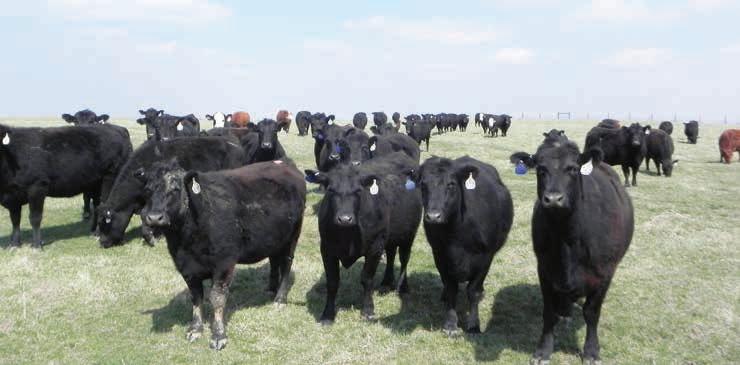

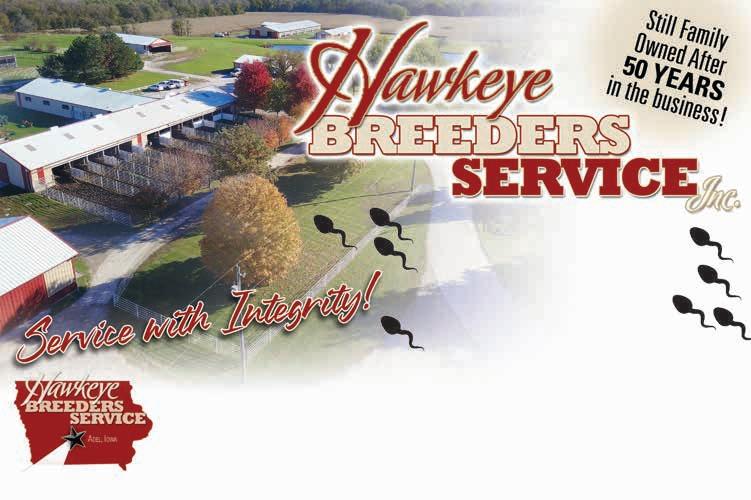
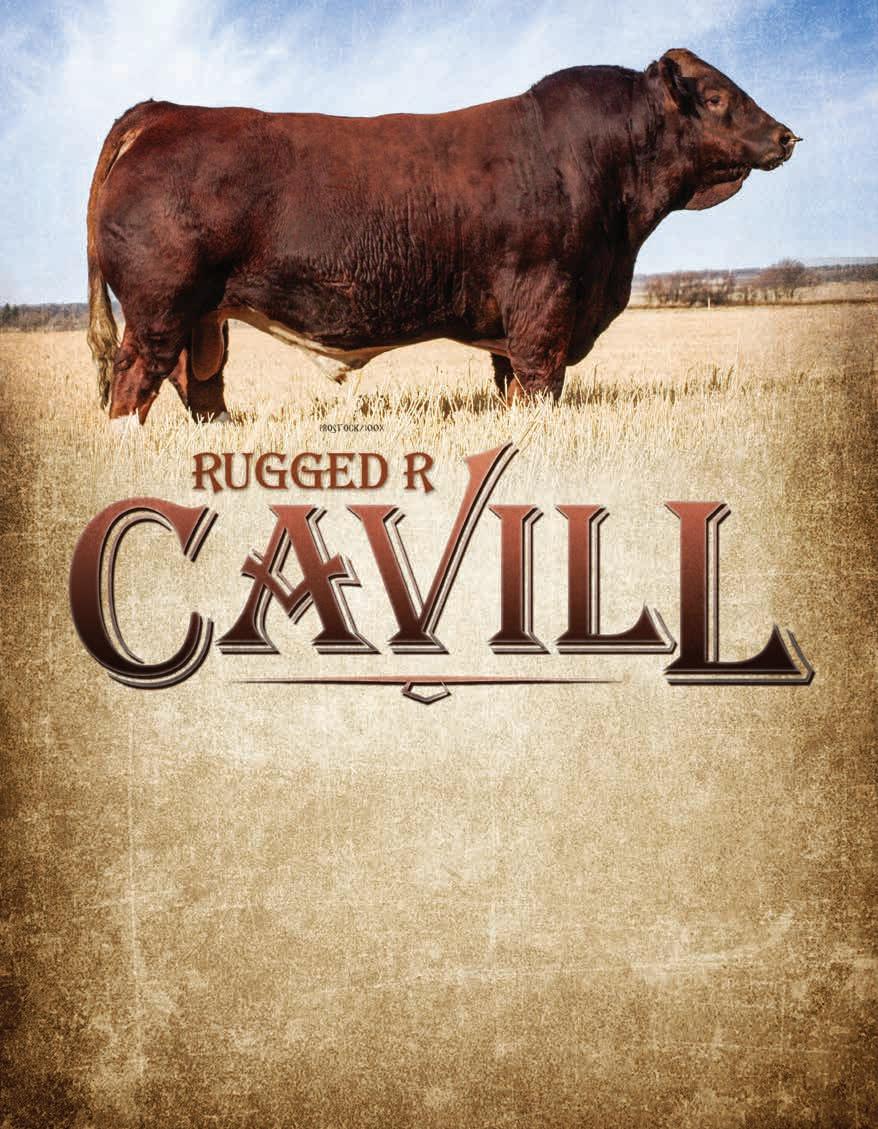
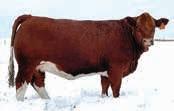
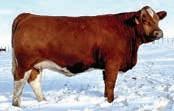

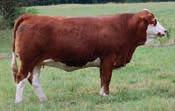
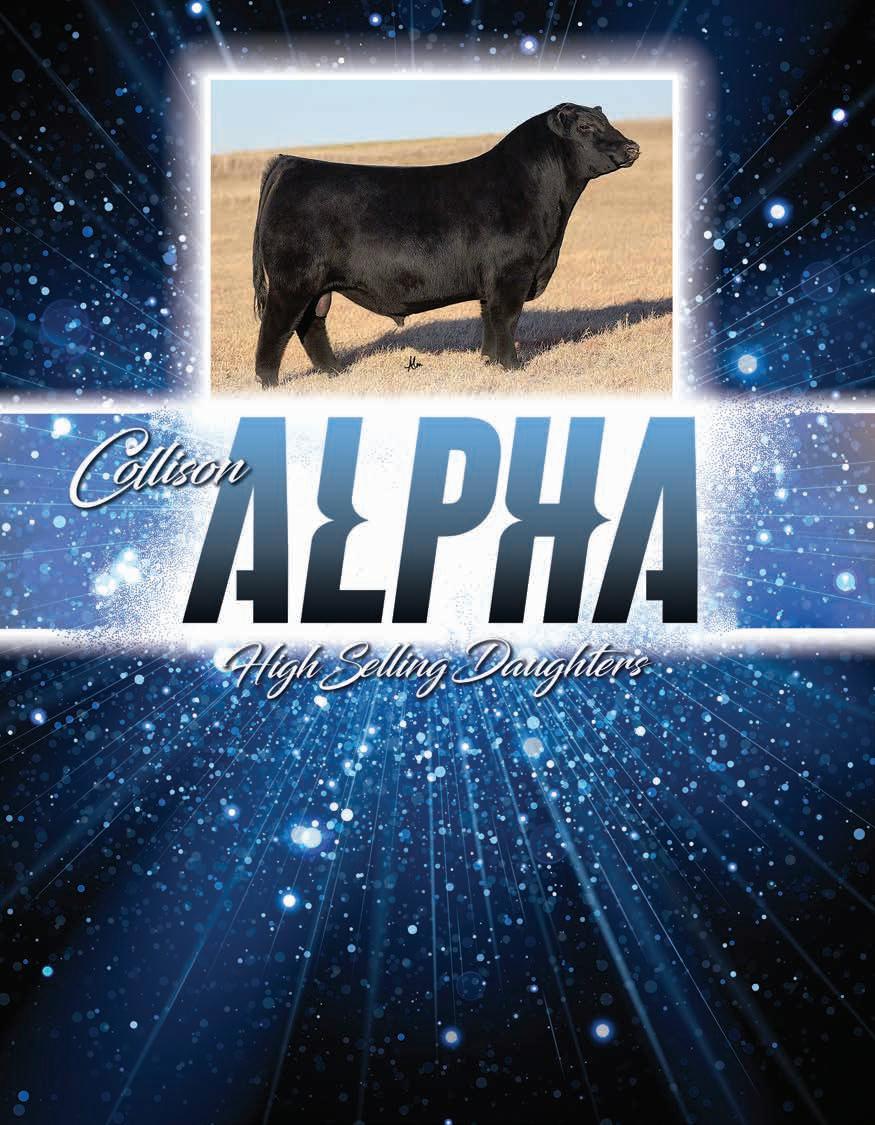
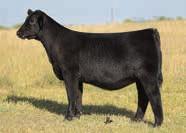
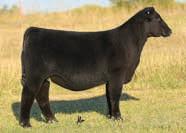
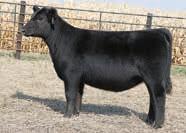
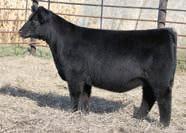
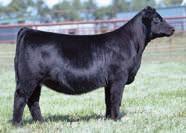

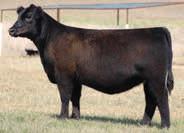
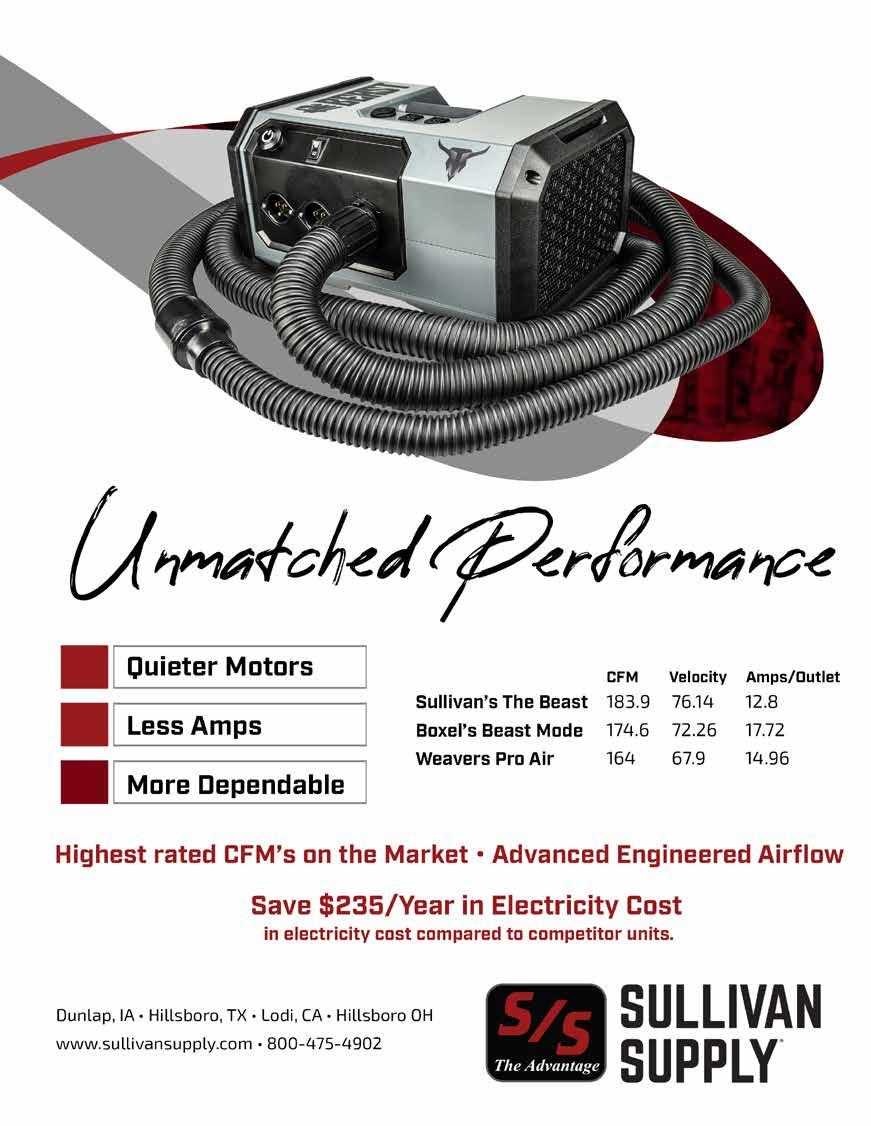
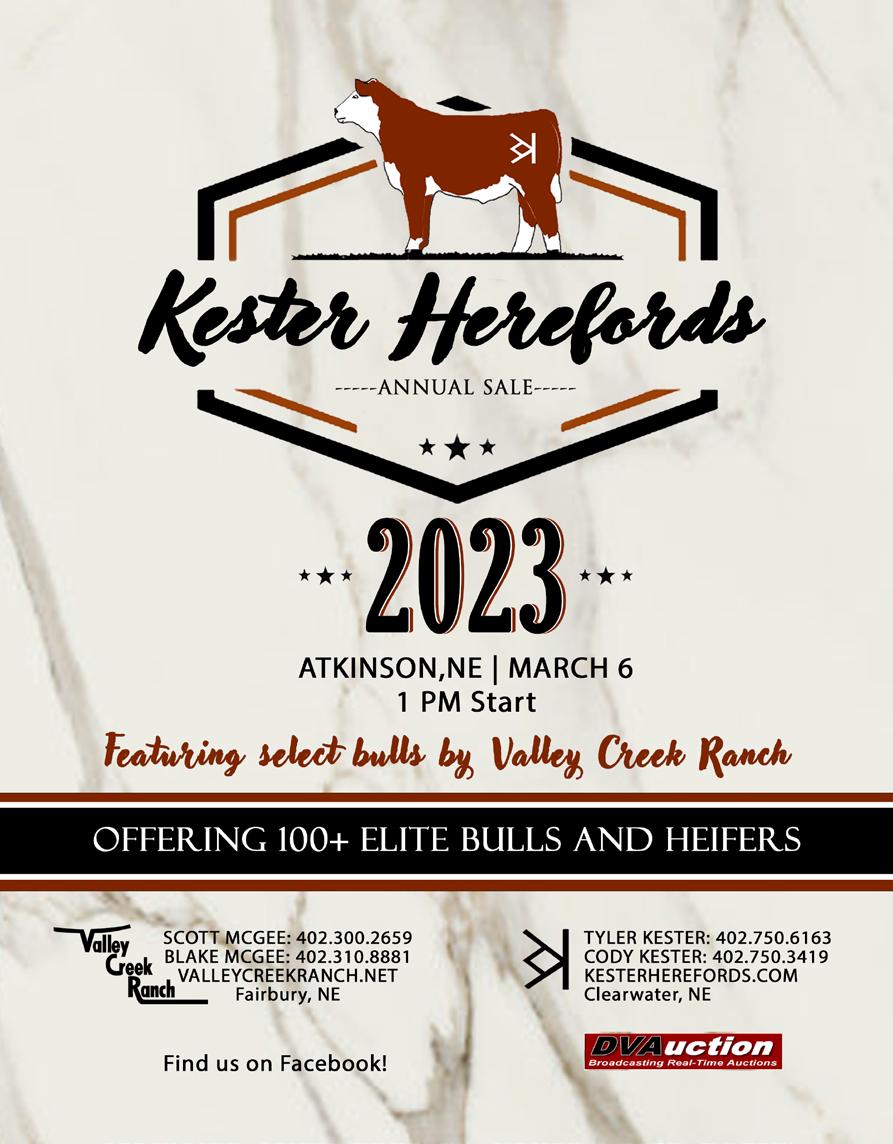
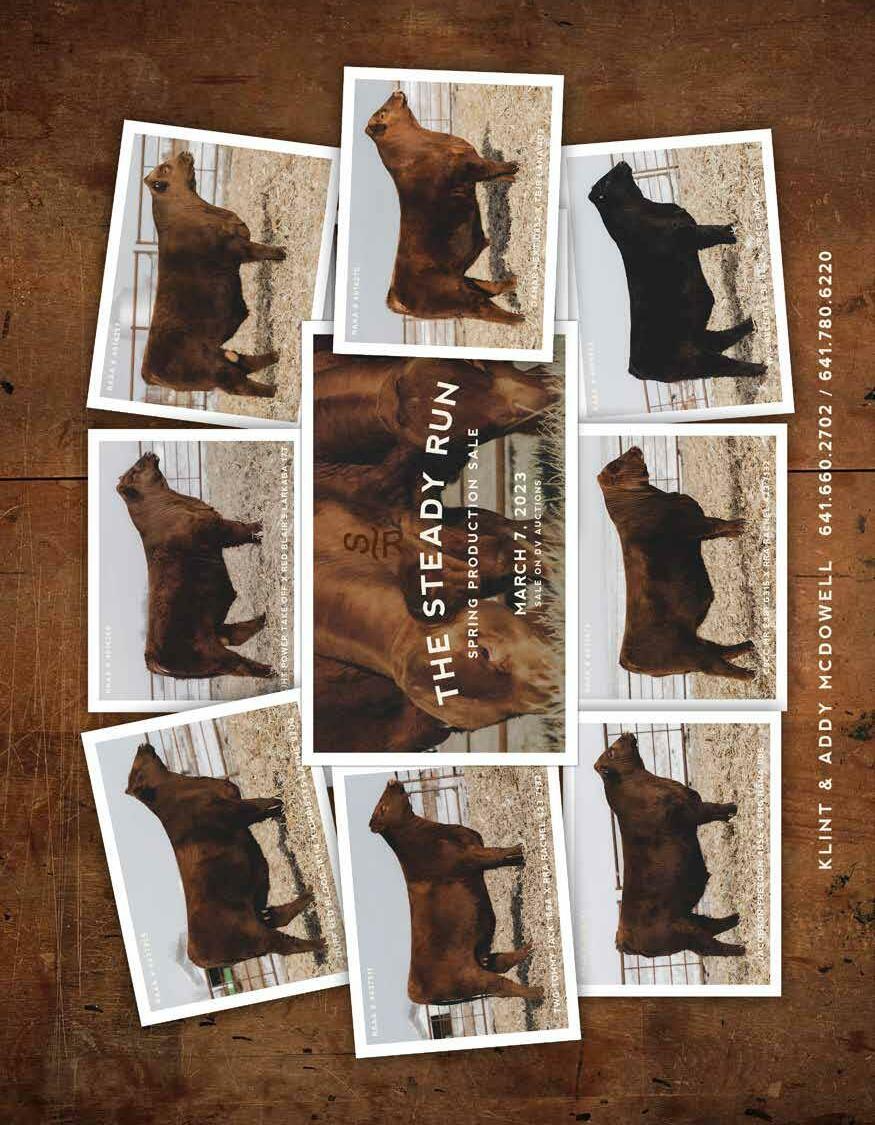
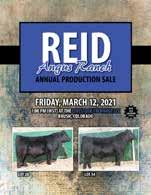
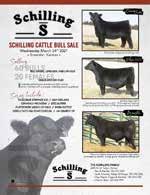
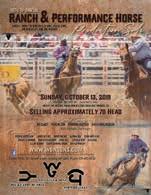
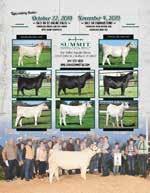
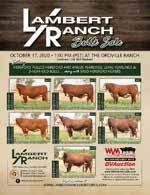
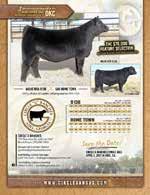
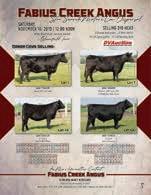
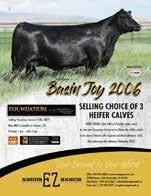













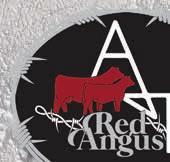







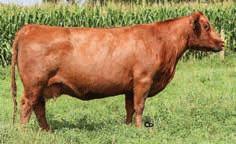

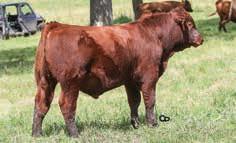

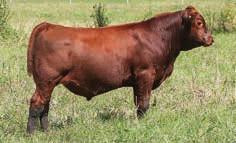




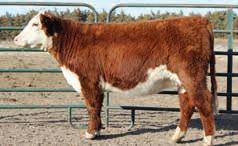
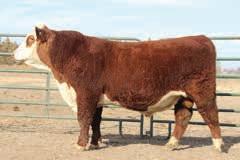
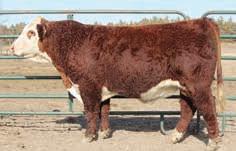
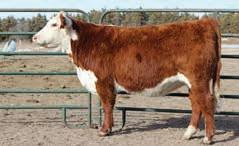
any of us have started calving, but for most producers calving will not start until February or March. Now is a good time to make sure you have all of the essential supplies you will need for a successful calving season.
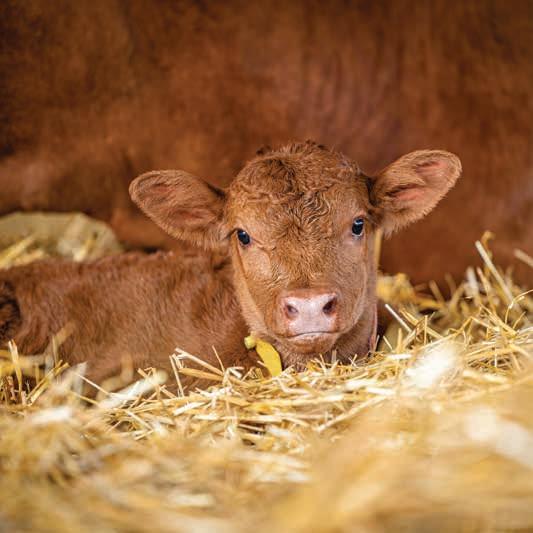
First off, make sure you have a calf puller that is in good working order. If it’s been sitting in the barn, clean it off and make sure that it is oiled up where there are moving parts. We like the style that is a come-along, it is very simple to run and will exert more than enough

force to pull a calf. Also, we like to use the extension that comes with this style of puller. If you are pulling larger calves or backwards calves, it is nice to have the extra length for pulling. This will actually save calves because you won’t have to stop pulling during a critical time to adjust chains higher on the legs.
Make sure you have a good set of chains. We like to use the 60-inch chains, that gives us plenty of chain to double wrap each leg. To prevent fractures at the fetlock, we put one loop above the dewclaw and then throw a half hitch between the dewclaws and hoof. This spreads the force out and prevents a twisting movement at the fetlock joint while pulling. With a 60-inch chain you can easily double wrap both legs and have enough to make a loop for your puller to hook on.
Other calving supplies are handles to hook onto the chains while attaching them to the calf or for smaller calves that can be pulled by hand. Another nice thing to have on hand is a head snare for calves that may have a head back.
Health & Reproduction questions answered and explained. contributed article by Dr. Vince Collison Collison Embryo and Veterinary Services, Rockwell City, Iowa collisonembryoservices.comResuscitators are nice to have on hand as well. We use them a lot for calves that come backwards or seem to be in distress. We use them as more of a suction device. When you use it this way, you can clear a lot of fluid from their mouth and airway, plus it will really help to stimulate breathing.
Birthweight tapes are nice if you want to have an idea of how big the calf is before you start pulling. These are applied over the coronary band of the front foot and give an approximate birth weight. The only downside is that they have grids for a heifer or bull calves, so you won’t know which sex you are dealing with. Also, these are designed for front feet, so if you have a backwards presentation, I wouldn’t use it in that situation.
These are nice to use when putting on chains, examining the situation, etc. It keeps things clean for the cow and is protective for the person doing the work. Also, a clean bucket for water and disinfectants such as chlorohexidine is nice to have for chains, handles and keeping things clean.
Hot boxes are very nice if you’re calving in colder weather. We would like to see the calf get up and nurse first before going into the hot box, but after that they can go in for a couple hours. They work very well to dry the calf off and warm it up before going back with mom.
Also, if you’re calving in cold weather, you may want to consider having some calf coats on hand. These work well to preserve some body heat if it is getting to 10 degrees or less. There are also things available to put on the calf’s head to keep the ears from freezing. If you’re trying to raise show cattle, these things are probably worth having on hand.
Keep some powdered colostrum on hand for several calves. This is nice to use if you have a calf that isn’t going to get enough colostrum within the first few hours for various reasons. We like the kind of colostrum products that also have more fat in them and have an immunoglobin level of 115 grams or higher. This kind of product is going to be listed as a colostrum replacer. There are products available that are listed as colostrum supplements, these are usually at a level of 50 grams per bag.
My personal preference is to use the replacer products as you want to get as much immunoglobulin into the calf as possible. In reality the calf needs at least 200 to 300 grams of immunoglobulin to reach protective levels in their system.
Also, I would feed the whole bag at the first feeding. Many producers only want to feed half of a bag so the calf stays hungry, but many times this can backfire. I’ve never really felt that feeding the whole bag inhibits the calf’s drive to nurse. If anything, it will enhance it’s drive
to nurse. Once the calf gets a full meal, the glucose in its system will increase brain function and make it more cognitive. This type of calf seems to be able to find the udder better and get to nursing. A calf will usually try to nurse again with in 2 to 3 hours of being fed a commercial colostrum replacer.
At a minimum every calf should get their navel sprayed with iodine. Many calf issues arise from infections from the navel. Try to do this and keep fresh bedding in the calving pens as much as possible.
This is just a list of the essentials. There are many other things, such as tags and processing items that are personal preferences for your operation.
When it comes to cow OB’s, there is a lot of variation in what a producer is comfortable handling. Don’t hesitate to call your veterinarian for advice on how to proceed with a situation or for assistance. Early intervention could mean the difference between success and failure. Also, if you think you have a potential cesarian and your veterinarian has the ability to do them at their clinic, take the cow in for the surgery. It will be much more efficient and successful working where everything is setup for the procedure.
learn more collisonembryoservices.com
Dr. Vince Collison is co-owner of Collison Embryo and Veterinary Services PAC in Rockwell City, Iowa.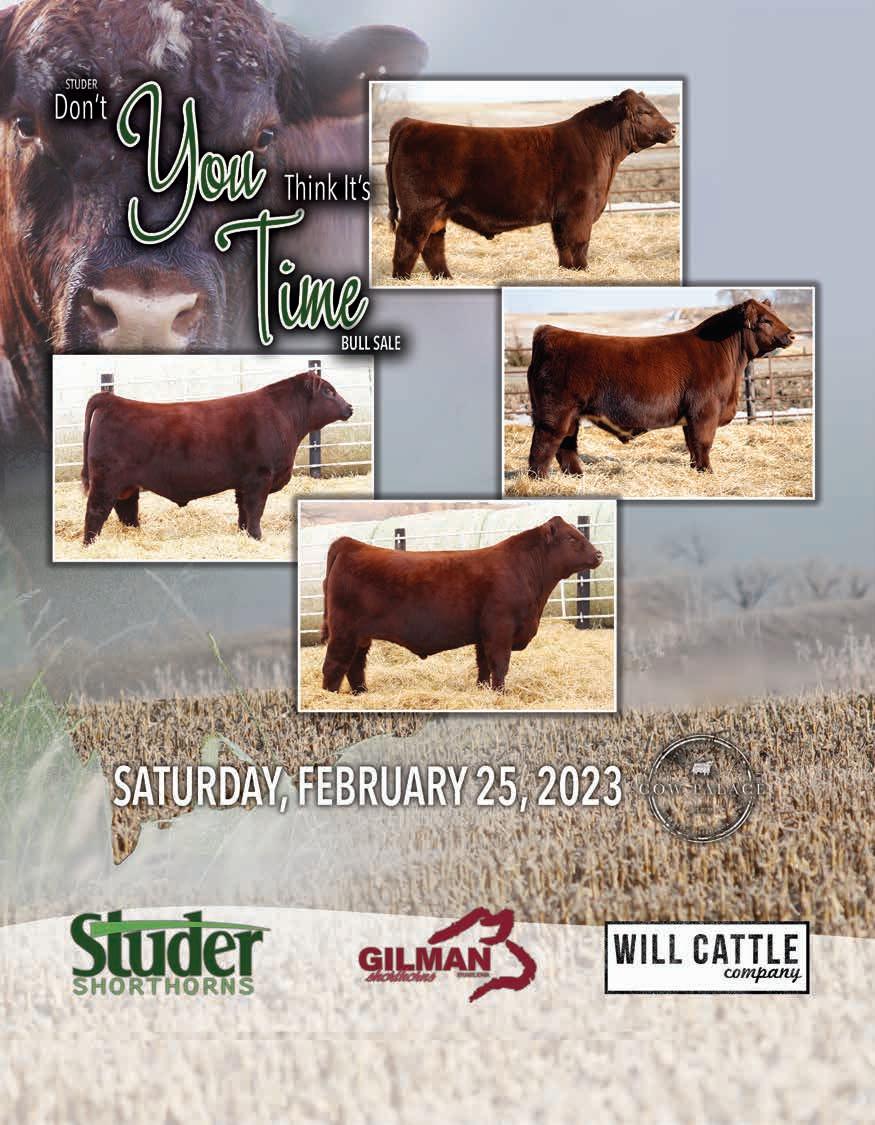
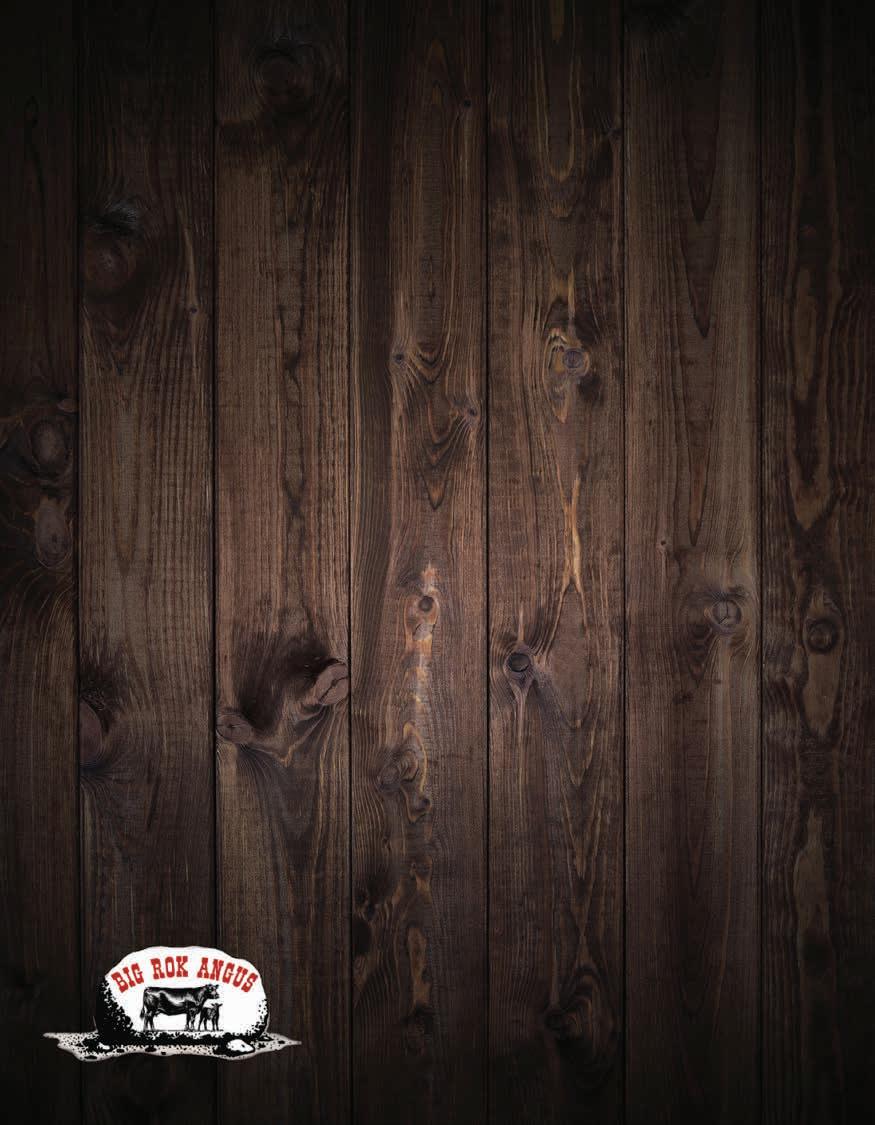
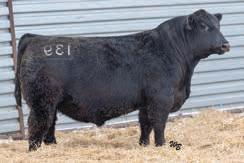
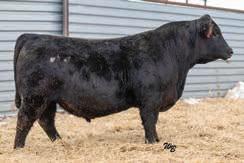
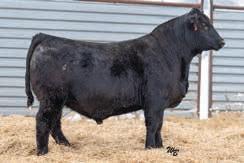
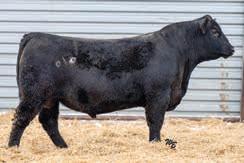
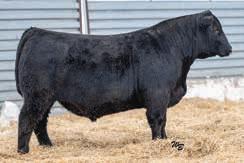
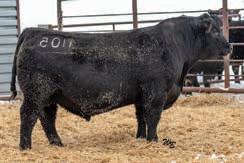
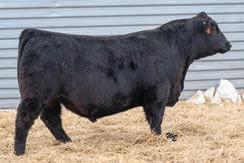
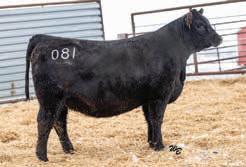
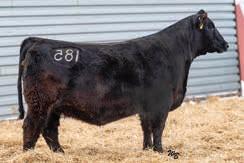

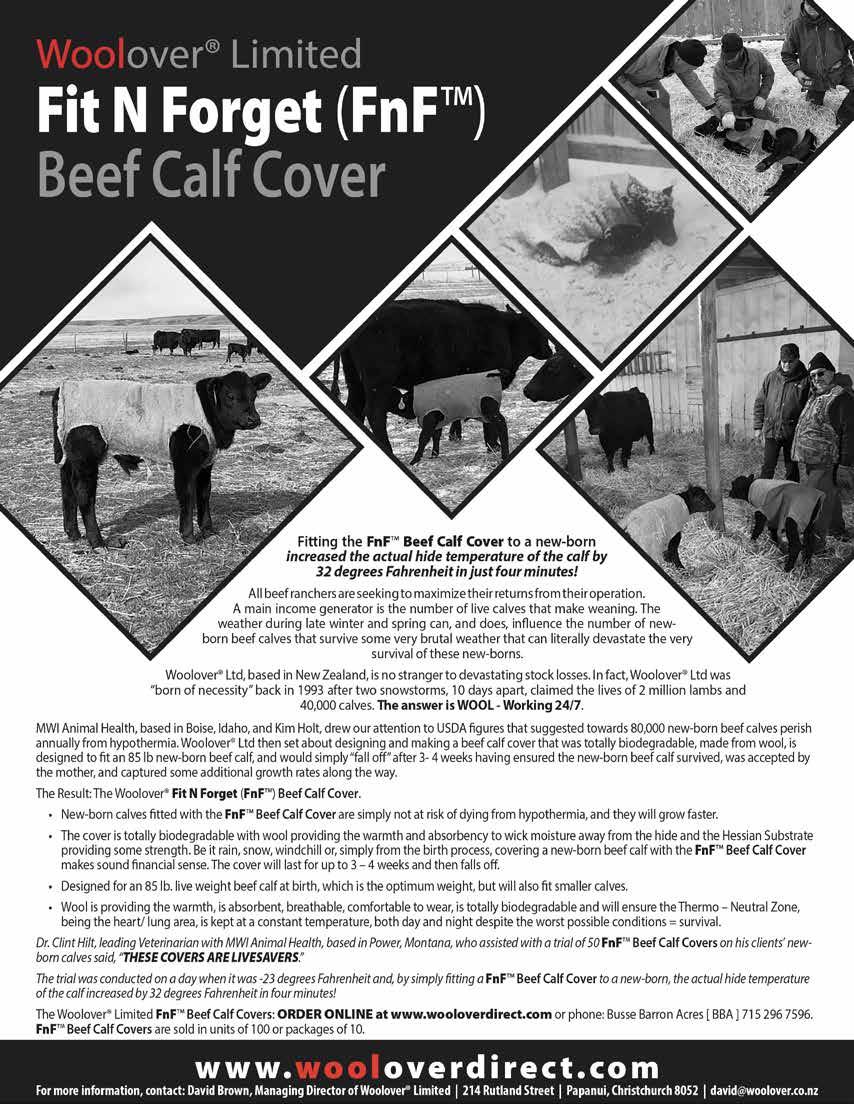
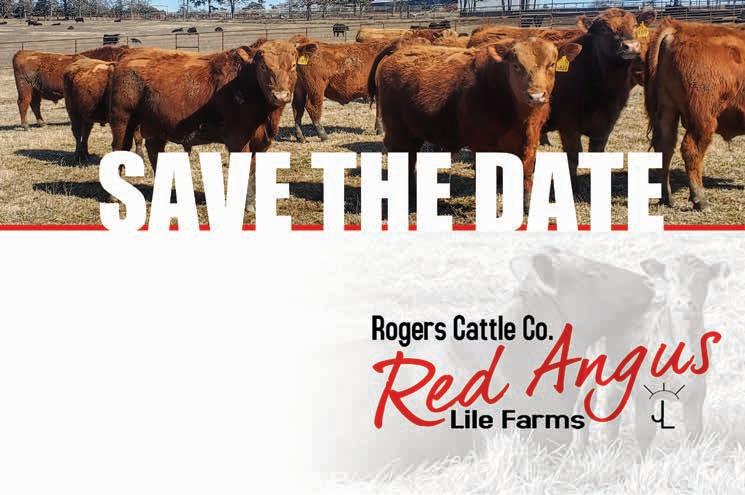

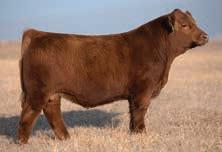
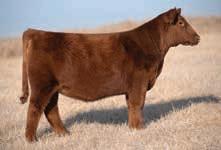
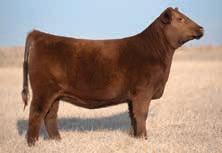



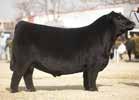

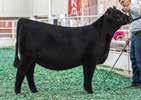
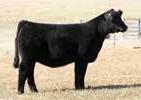
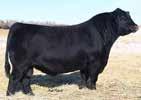


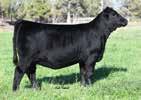
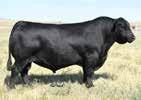
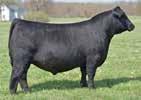

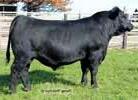

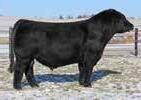

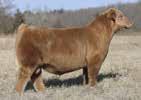
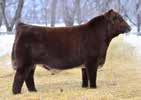
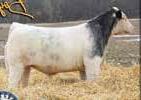


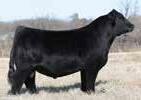
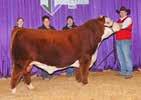




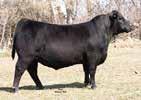

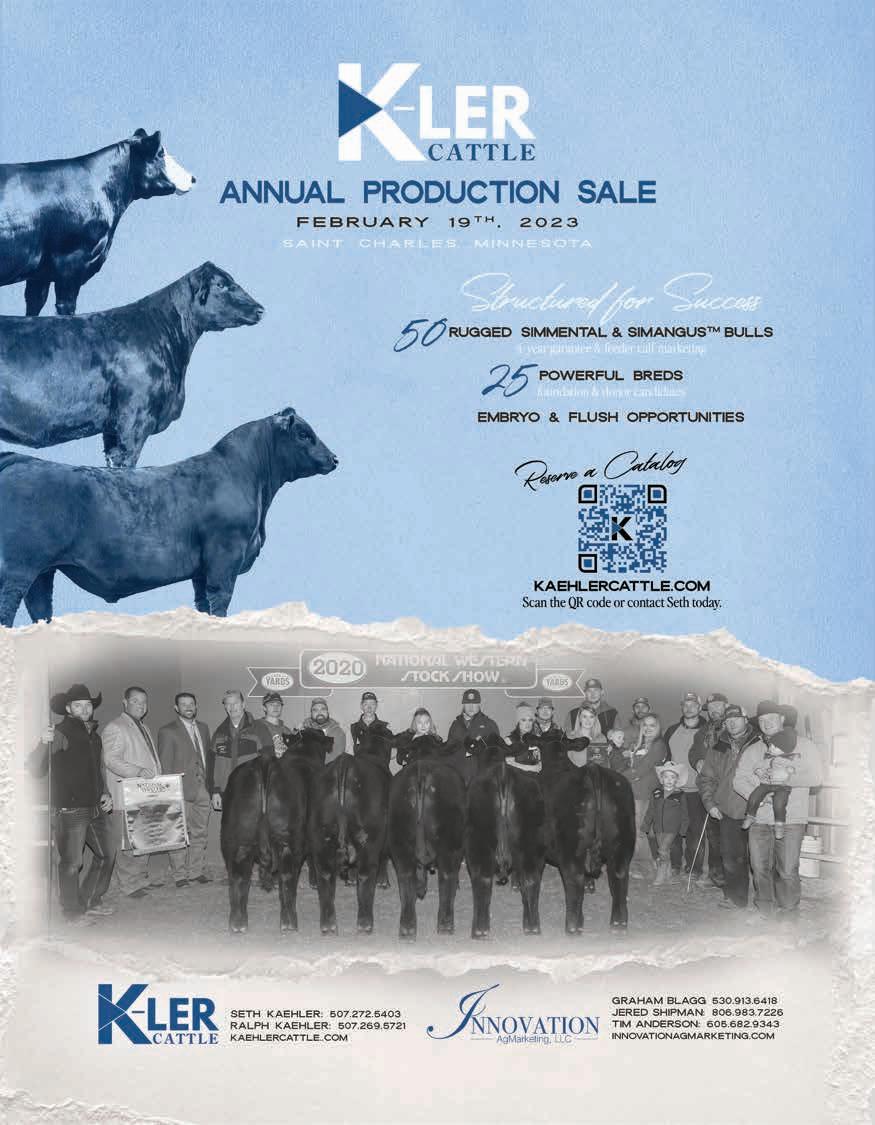

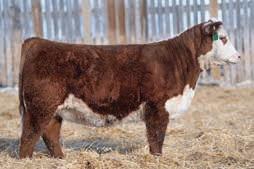
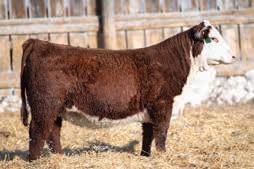
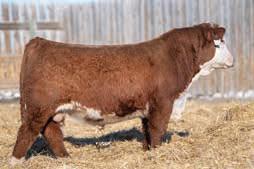
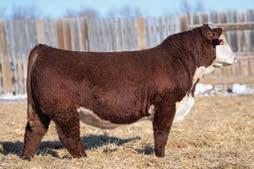
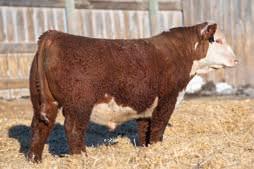
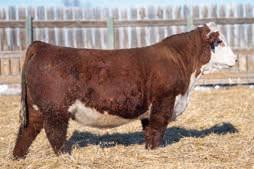
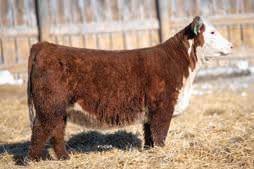
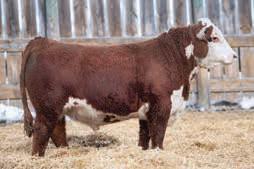
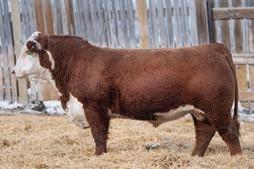

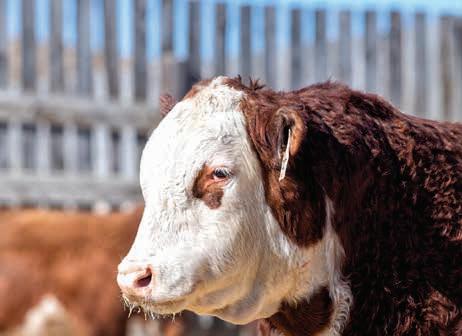
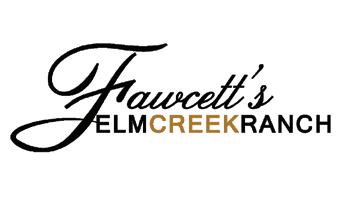

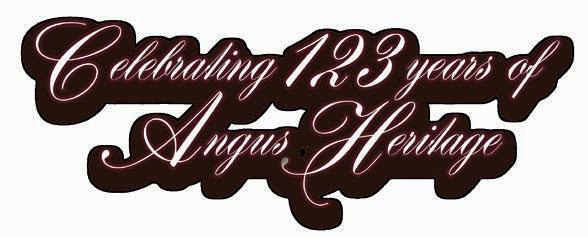
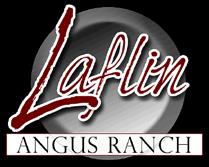
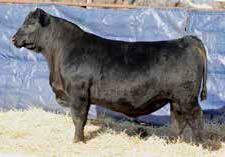
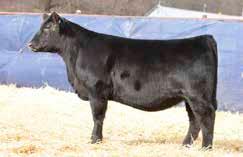
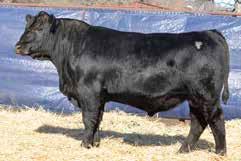
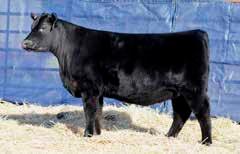
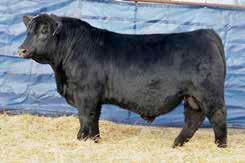
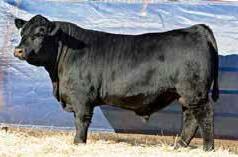

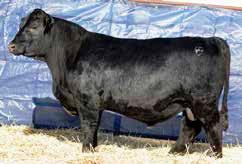
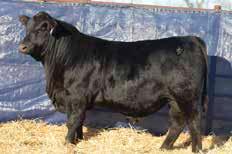
Jon Janssen fell head over heels for the Angus breed during a herd visit more than 20 years ago. He grew up raising Polled Herefords and Simmentals never thinking he would want to manage any other breed. However, a tour through the pastures at Schaff Angus Valley (SAV) in St. Anthony, N.D., turned his world upside down.
One look at the Madame Pride, Blackcap May, and Emblynette cow families and he was hooked. “The first time I saw those cow families in the late 1990s, I knew my calling was to bring some of those very best SAV genetics to Iowa and propagate them from scratch. And that is what we did,” Jon Janssen explained.
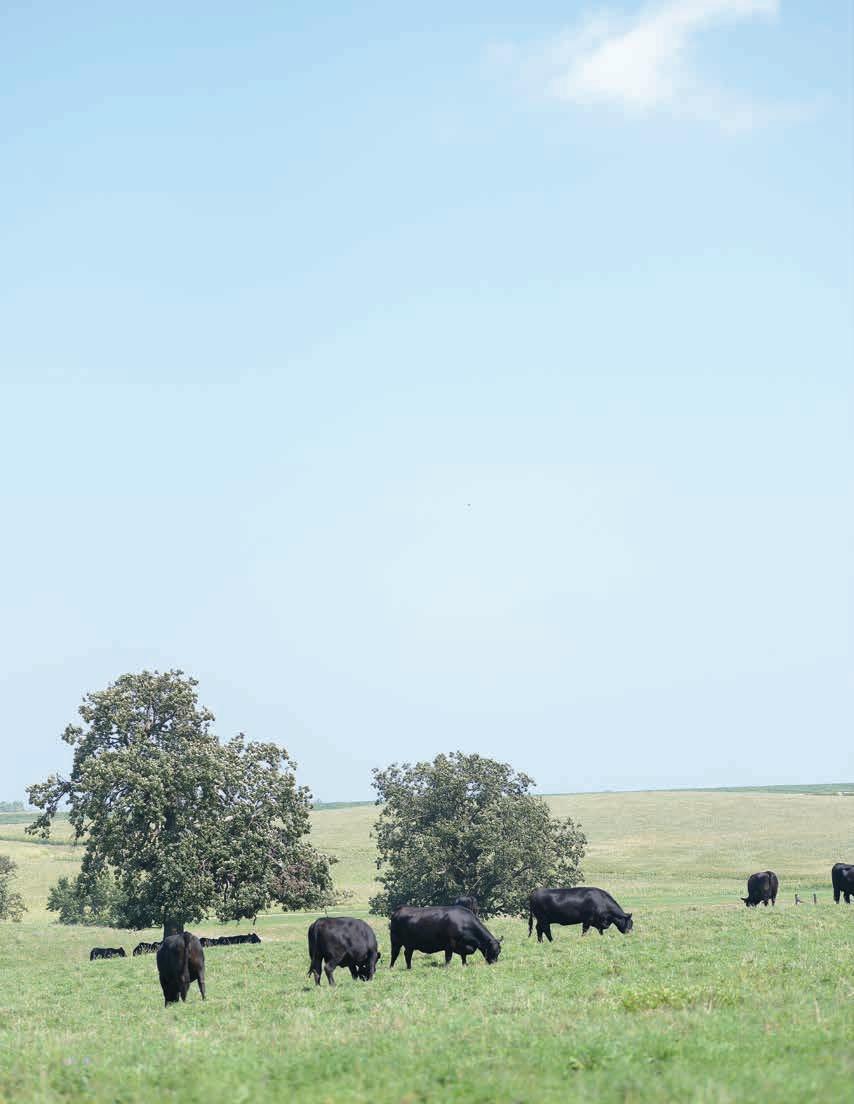 Cheryl Kepes photos courtesy Janssen Angus
The Janssen family transitioned its cow herd to Angus and never looked back.
Cheryl Kepes photos courtesy Janssen Angus
The Janssen family transitioned its cow herd to Angus and never looked back.
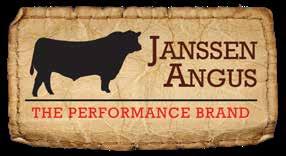
After returning to his farm in Earlham, Iowa, Jon set out to build a herd reflective of the maternal completeness captured in the SAV genetics. He appreciated the Angus females’ soundness in multiple areas. “It was a combination of a lot of things and most of all it was just the overall eye appeal and maternal value of the cattle, just absolutely honest cattle that were good-uddered, big-bodied, easy-fleshing, and able to convert roughage into calf weight,” Jon shared.
Janssen Angus started with an embryo purchase from Chad Ellingson, a mating of EA Emblynette 104 and SAV Final Answer, as well as matings from the SAV donor cows that had first caught Jon’s eye. The genetics served as the foundation of Janssen Angus.
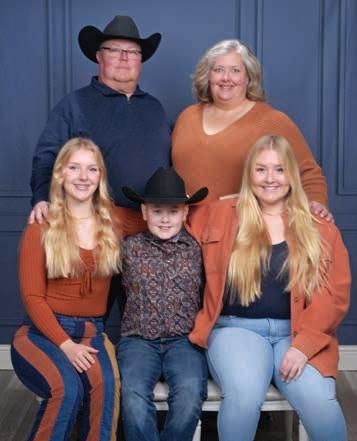
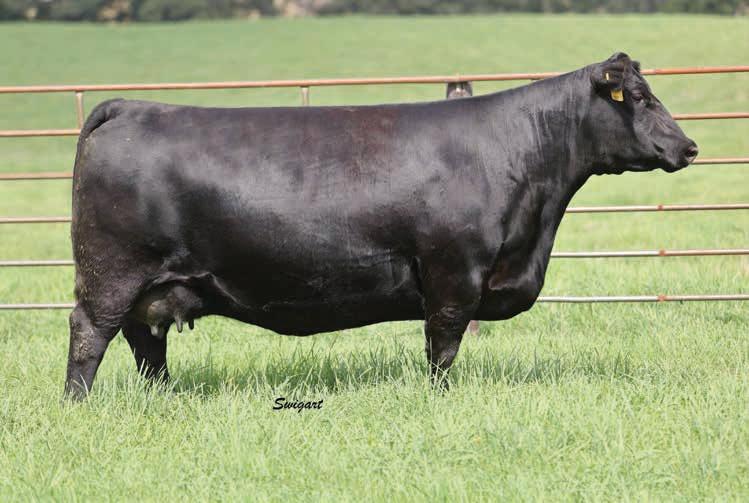
Today the seedstock operation runs with 120 momma cows. Jon and his wife, Maradith, along with their children Madeline, Katie, and JD work together to manage the herd. Prior to working exclusively on the Janssen Angus operation, Jon spent 15 years at GENEX. While in the beef department at GENEX, Jon traveled throughout the United States and to other countries educating breeders on genetic values and being an ambassador for the GENEX bull stud and the Angus breed.
right The Janssen Family, front, (l-r): Katie, JD, and Madeline. Back (l-r): Jon and Maradith.
above Janssen Madame Pride 8028 represents what the Janssens strive for in terms of maternal, phenotype and production. Her first two calves weaned at over 1000 lbs. adjusted 205 weight.The Janssens retained most of their females every year for ten years to accelerate the growth of their Angus herd. The demand for their bulls gave the Janssens the financial security to be able to hold on to their females. In the early years of Janssen Angus, the family sold its bulls at SAV sales. In 2016, Janssen Angus launched its own production sale. Currently, Janssen Angus sells 60 bulls a year through its sale, and 20 bulls annually by private treaty.
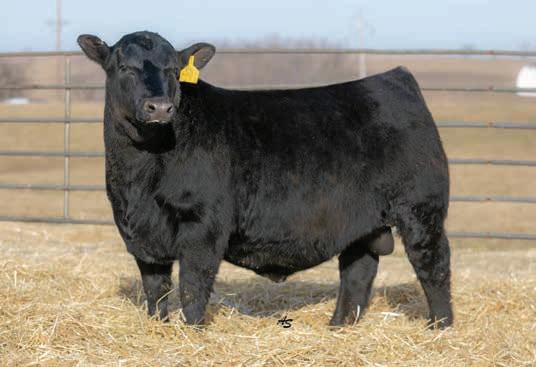
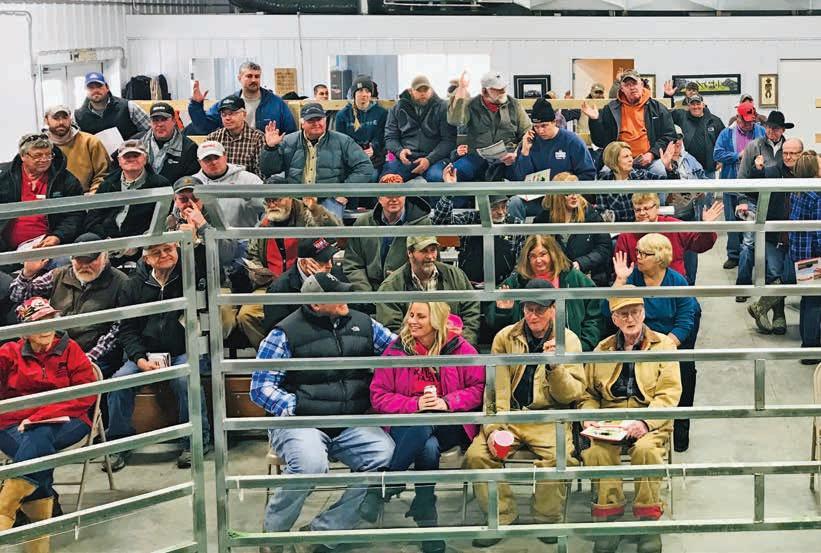
The Janssen Angus herd consists of cattle from SAV cow families including Madame Pride, Blackcap May, Emblynette, Abigale, Elba, Erica, Priscilla, Bessie Heiress, Greystone Jannet, and most recently the Tehama Elite Blackbird and Coleman Donna and Chloe families.
Janssen Angus filters all breeding decisions through the motto, “breeding genetics; not just raising bulls.” The operation focuses on producing cattle with functional performance traits that will
improve the commercial cattle industry. “We’re not striving to win purple ribbons. We’re not trying to raise cattle that have the best EPDs in the world that we can sell for a million dollars,” Jon stated. “We’re trying to raise cattle that will in-
crease pay weight and profits for our commercial customers, as well as help them build better cow herds through more maternal genetics with that performance.” Each step of the process, Janssen Angus keeps its commercial customers in mind.
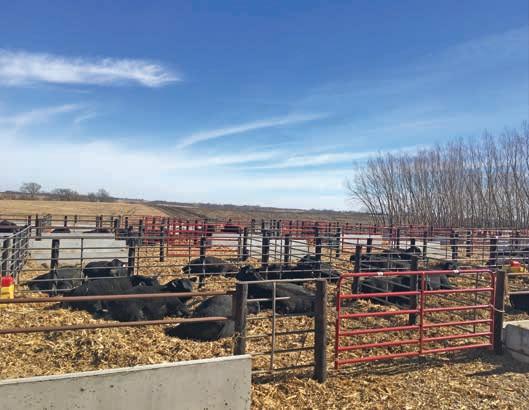
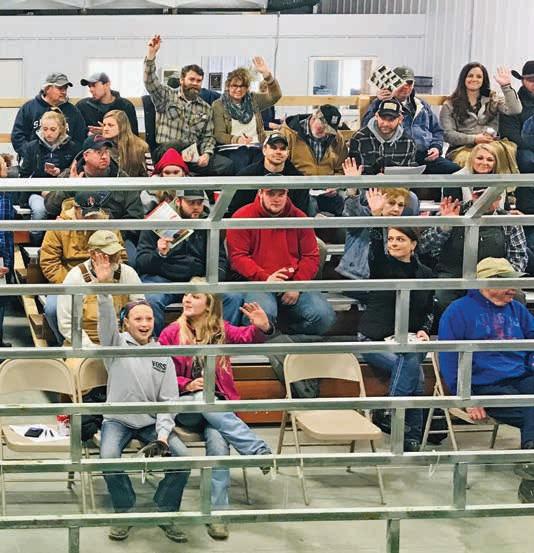
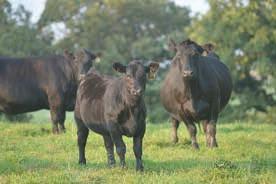
The Janssens incorporate a combination of AI and ET work to achieve the genetics that fit their goals and their customers’ goals. The operation has as many as 50 ET calves a year. Most of the embryos are implanted in the Janssens’ commercial recipient cows, but occasionally one of their registered cows serves as a recip. “If a registered cow isn’t pulling her weight through AI, she gets an embryo. It sounds crazy, but I don’t care how good a cow looks or how good she is, if she can’t reproduce that, she is going to raise somebody
else’s calf,” Jon explained.
The momma cows are all AIed once or twice and then the Janssens turn in a herd bull. Many of the cleanup bulls on the Janssens’
- Jon Janssen
“We’re trying to raise cattle that will increase pay weight and profits for our commercial customers, as well as help them build better cow herds through more maternal genetics with that performance.”
Jon analyzes the animal’s EPDs, but he relies the most on his knowledge gleaned from a lifetime of evaluating cattle. “When we’re doing our matings either AI or ET, there’s no magic formula that we use to make those matings,” Jon shared.
“The best thing that you can do as a breeder of cattle is, if you are blessed to have a good stockman’s eye,
continue to improve on your eye throughout your life, that’s going to serve you better than your ability to read a bunch of numbers.”
Jon looks for combinations that will complement each other from the standpoint of feet, legs, depth of body, and eye appeal. Additionally, he strives to breed for balance and match cattle from a visual standpoint.
Though trends in the cattle industry may vacillate from yearto-year, Janssen Angus remains unwavering in its philosophy. The primary goal of Janssen Angus is to produce cattle that can transform grass to pounds, raise a heavy calf, and remain fertile. “We believe that cattle were put on this earth for one reason - and that’s to use their ruminant stomach to consume
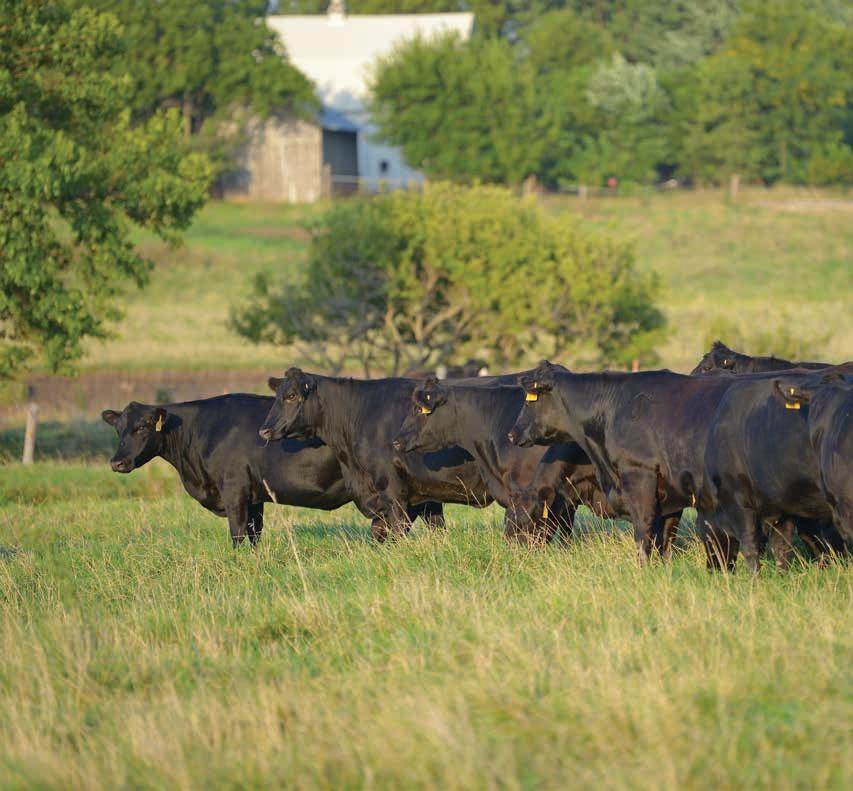
poor-quality grass or poor-quality forge and convert it into beef,” Jon said. “There’s no other production animal out there that has a four-chamber ruminant stomach like the cow does and if they can’t efficiently take roughage and turn it into calf weight, maintain themselves, and breed back, they’re not any good to us or anyone else.”
The Janssen family takes pride in the relationships they have built through the years with their customers. The alignment of philosophies and dedication to the cattle industry link the Janssens with their customers. The commercial producers who purchase bulls from the Janssens, share in the Janssens’ goal of producing maternal cattle that can raise heavy calves in any environment.
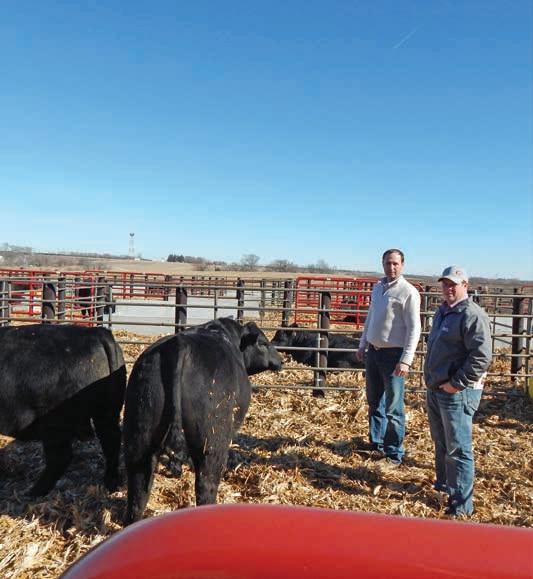
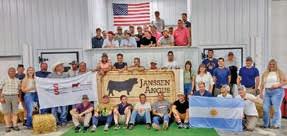
Jon’s experiences in the cattle industry have given him the opportunity to forge friendships with producers in other countries. Every year, Jon’s longtime friend Santiago Debernardi, brings a group of breeders and veterinarians from Argentina to tour cattle operations in the United States. Janssen Angus always hosts the group for a herd visit.
Though their operations are thousands of miles apart, the mutual passion for the cattle industry pulls these producers together. “It’s great being friends and bouncing ideas off of one another and learning from each other’s experiences,” Jon said. “And what can we take from what they’re doing there and what can they take from what we’re doing here and try to make each other’s operations better.”
Jon’s passion for the Angus breed burns as bright today as it did decades ago when he first laid eyes on the SAV cow families. His desire to build better genetics for his customers drives his decisions and actions every single day.
learn more janssenangus.com

I+12 MARB I+.29 REA I+.67 $M +52 $B +110 $C +205
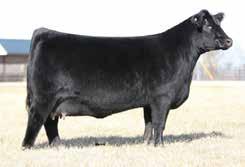
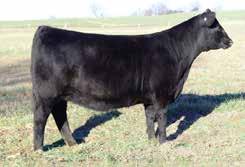
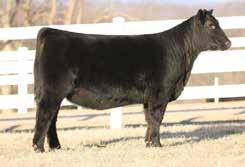

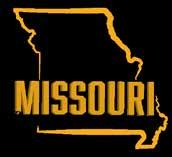
AAA

DOB:

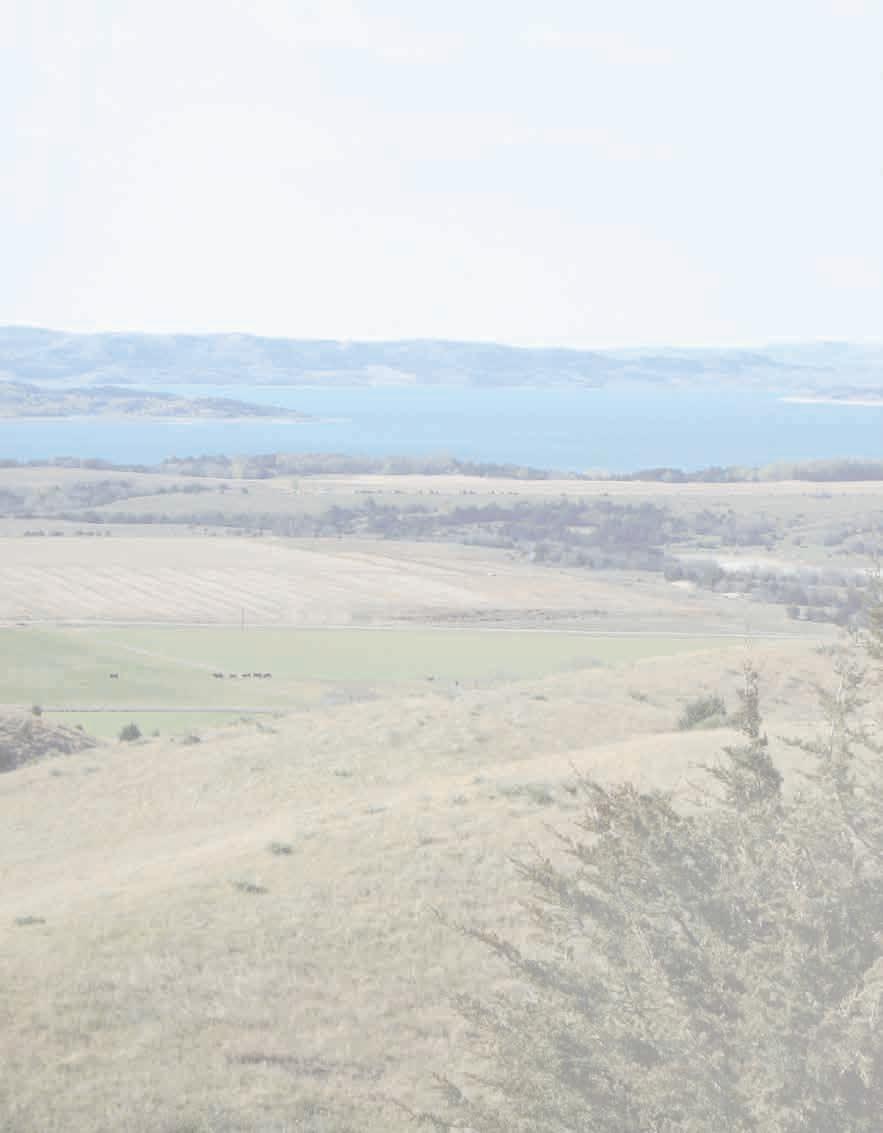
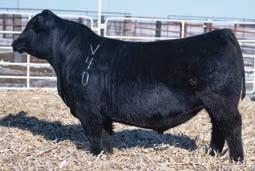
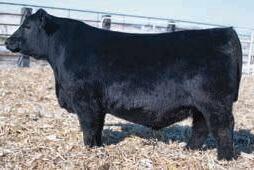
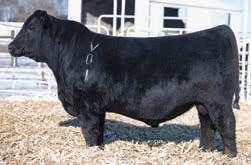



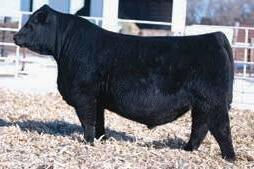
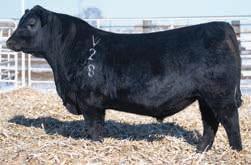
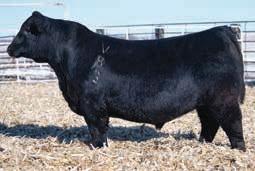








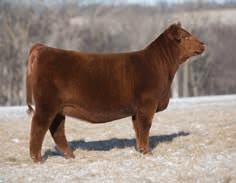



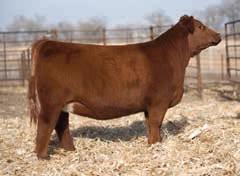
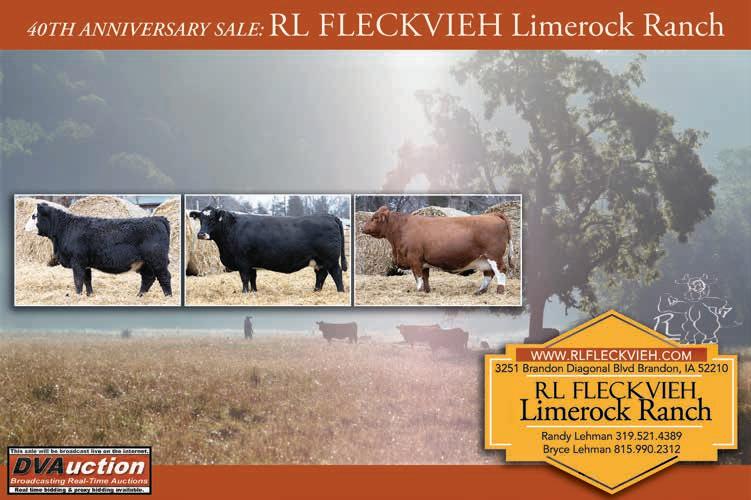
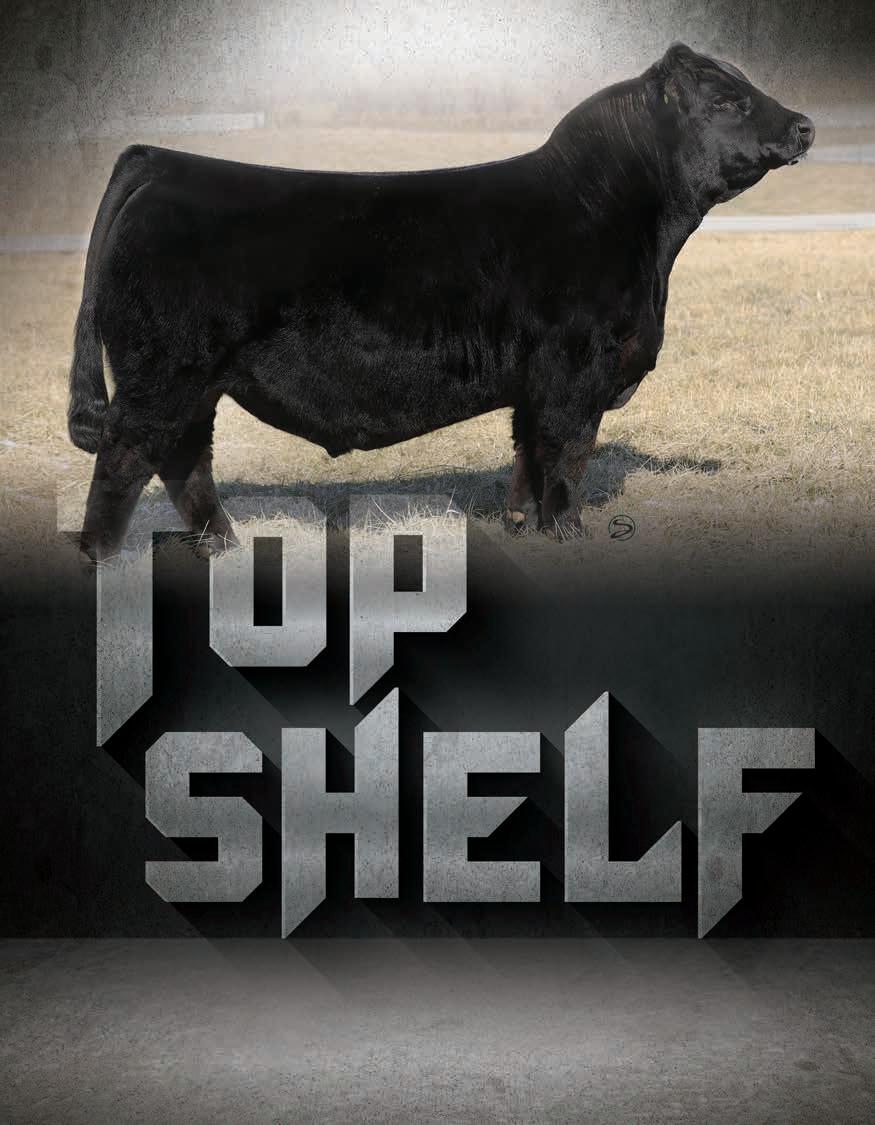
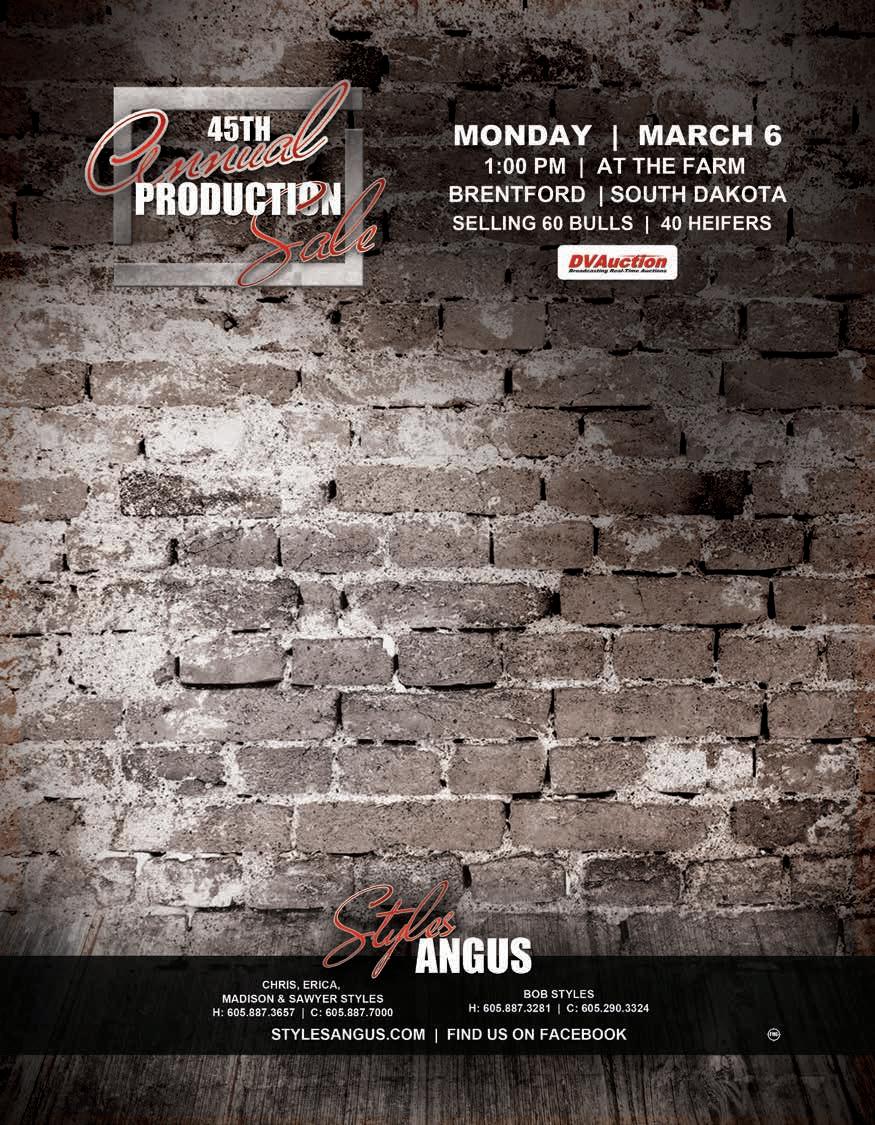
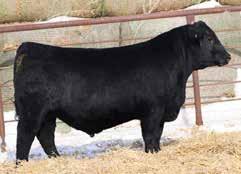
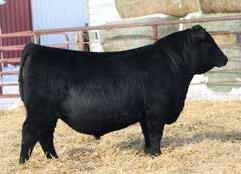
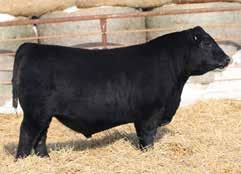
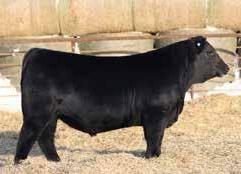
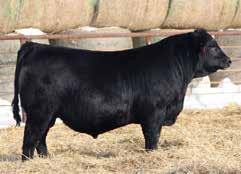
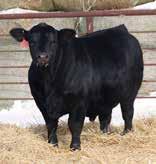
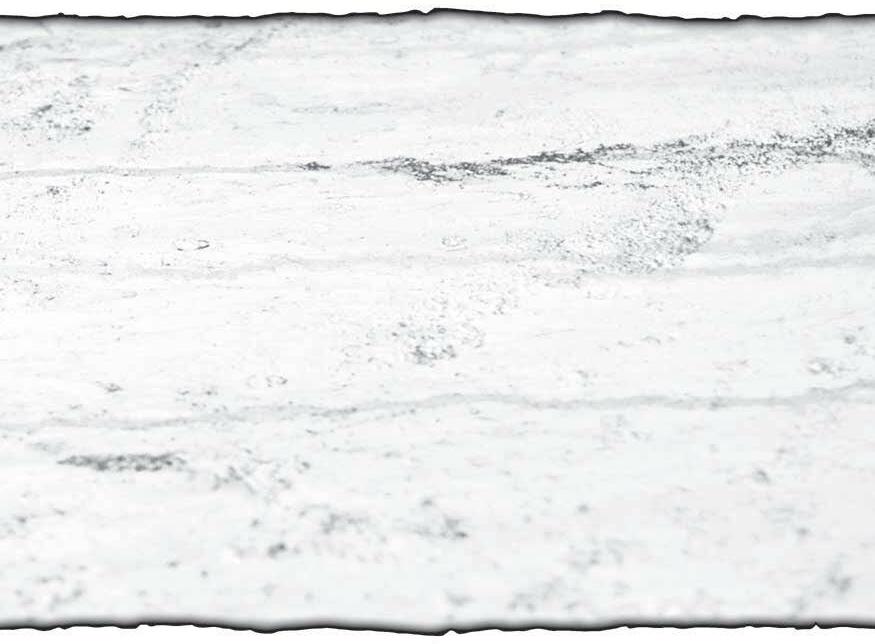
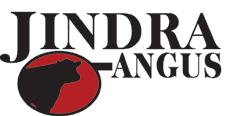

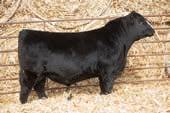
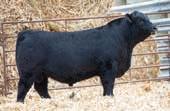
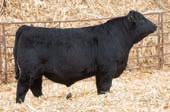
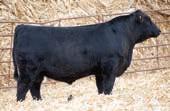
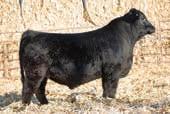
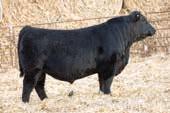
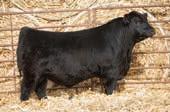
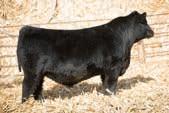
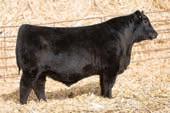
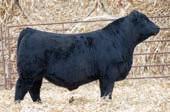
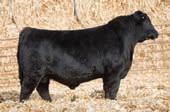
I grew up in central Nebraska where my family was involved in a commercial cow/calf operation and large feedlot. After graduating from college, I met my husband, Jon, we got married, and moved to his ranch in southwest Minnesota. He was taking over the family ranch from his parents who had originally raised Herefords and were now raising registered Red Angus seedstock. We started out with both spring and fall calving herds and offered a limited number of bulls our first few years in his uncle’s production sale. When we had enough numbers, we started having our own sale at our ranch. While we worked to improve our genetics and increase our numbers, both Jon and I worked off the farm. He was fulltime with the Minnesota National Guard, and I worked in commodities. Along with raising quality Red Angus, we now are bringing up our three kids Gabrielle (9), Parker (6), and Meredith (3). In early 2021, an opportunity came up to purchase land in Nebraska near where I grew up and we made the decision to move our family and cattle 400 miles to Dawson County, Nebraska. That year as we finished up calving season, we moved our cows and calves and the rest of the ranch - household, shop, show barn, and equipment to our new home in Lexington. Our kids help with working cattle and are starting to show a few calves and we are looking forward to doing this as a family in the coming years. Jon ranches fulltime and helps with my parents’ cow/ calf operation now that he is retired from the military.”
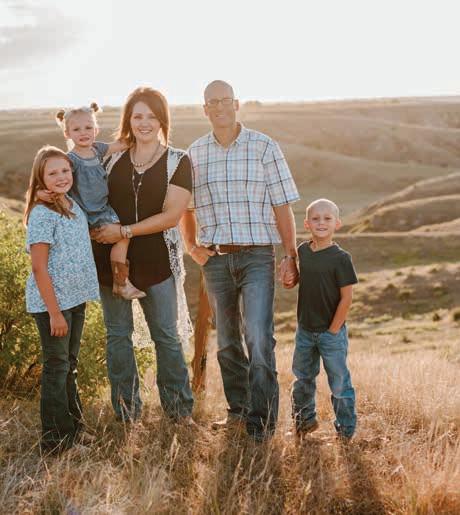
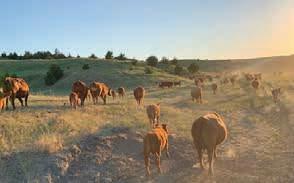
“

My mom is a fantastic cook, and we always had a lot of weekly family meals growing up. She would try new things occasionally, but her classic recipes still are made today and requested now by my kids. Dishes like lasagna, beef stroganoff, or roast in the slow cooker were on repeat in my childhood home. Since I was the oldest, she taught me from an early age what I could help with so that if I was home ahead of her, I could start supper knowing my brother and Dad would be hungry when they arrived home. She is also a fantastic baker, and her love of baking has rubbed off on me. I would honestly rather bake cookies or a cheesecake most days than figure out what to cook for supper. I also enjoyed visiting my grandma who always made sure we had a large homecooked meal including dessert when we would visit as we rarely would go out to eat when we stopped in to see my grandparents.
Cowboy“
My kids request my meatloaf on a weekly basis, but I try to do it once a month, so they don’t get bored with it. I started with a recipe from the Pioneer Woman, but over the years I have tweaked it to be my own. One thing I do credit her is that I now make my meatloaf on a broiler pan instead of in a loaf pan and it gives the best crispy edge pieces. And if I make meatloaf, they prefer it with my mom’s cheesy potatoes as the side.”
I meal plan for the week usually on Sunday and try to cook every other night for my family and utilize leftovers into semi-new dishes. An example would be making tacos on Monday and using the leftover meat for quesadillas or nachos on Tuesday. I also like to cook up a bunch of hamburger at one time and then freeze in portions to use in making homemade pizzas, quiche, or other dishes that don’t always require a large amount of meat.”
“

Clean up is probably my least favorite job in the kitchen. I am waiting for the day when I know that my kids can help take that over and I don’t have to go back and reclean the kitchen. I am very fortunate that I have a dishwasher now as for the first nine years of my marriage my kitchen was too small to install one.”
learn more carawayredangus.com
1 14 oz. pkg. caramels
1 /3 c. evaporated milk
1 chocolate devil’s food cake mix
3 /4 c. margarine, melted
1 /3 c. evaporated milk
1 c. chopped nuts
1 c. semi-sweet chocolate chips
Place caramels and evaporated milk into a microwave safe bowl and microwave at one-minute intervals until melted and mixed together. Grease and flour a 9x13 inch pan. Preheat oven to 350 degrees Fahrenheit.


In a large mixing bowl combine dry cake mix, melted margarine, evaporated milk, and nuts; then mix. Dough is usually sticky. Press ½ of the mixture into the prepared pan. Bake at 350 degrees Fahrenheit for six minutes. Sprinkle chocolate chips over bottom crust and pour the melted caramel mixture over the chips. Crumble remaining dough mixture over the top. Bake about 16 more minutes. These bars are almost failproof, and we started making them when I began showing cattle in 4-H. It turned into a big thing with the families we would see at cattle shows. There would be friends looking for the signature Tupperware my mom always put them in. I have one friend who ate seven of these bars in one day and no one has come close to breaking this record. We make these for family gatherings now and as you can imagine my kids expect them for cattle shows too.
1 lb. hamburger 1 chopped onion salt to taste hot sauce to taste cumin to taste 1 large can refried beans 1 can whole green chilies, chopped
3 c. shredded cheddar cheese
¾ c. taco sauce
¼ c. chopped onion
1 can sliced black olives
1 can guacamole
1 pt. sour cream
Brown hamburger with onion. Season to taste with salt, hot sauce, and cumin. Set aside and drain. Spread the refried beans on the bottom of a 9x13 inch baking dish. Top with the beef mix- ture plus the chilies. Cover with the shredded cheese. Drizzle with taco sauce. Cover and chill. Bake at 400 degrees Fahren- heit uncovered for 20 to 25 minutes. Garnish with onion, olives, guacamole, and sour cream.
This is another recipe I can remember my mom making since I was a kid. We would have family gatherings or friends would come over to watch bowl games or the Super Bowl and my mom would make these nachos. The nice part about this dish is it can be used as an appetizer or dip for a crowd, or a main dish for a few people. We like to make this and leave off the toppings (sour cream, guacamole, black olives) and let each person top theirs however they prefer.

2 lbs. stew meat
1 can condensed cream of mushroom soup
1 packet onion soup mix
Place the stew meat in a slow cooker and pour the mushroom soup over the meat. Sprinkle the soup mix evenly over the top. Do not stir. Cook on low for 6 to 8 hours or high 3 to 4 hours. Stir the mixture and serve over egg noodles or rice. You can start with frozen stew meat but be sure to cook all day on low.
I started making this when I found and abundance of stew meat in my deep freeze one winter. My kids loved how the meat was already bite-sized and it rarely has any leftovers once our family of five is done with it.
Tuesday, February 21, 2023 near Cozad, Neb.
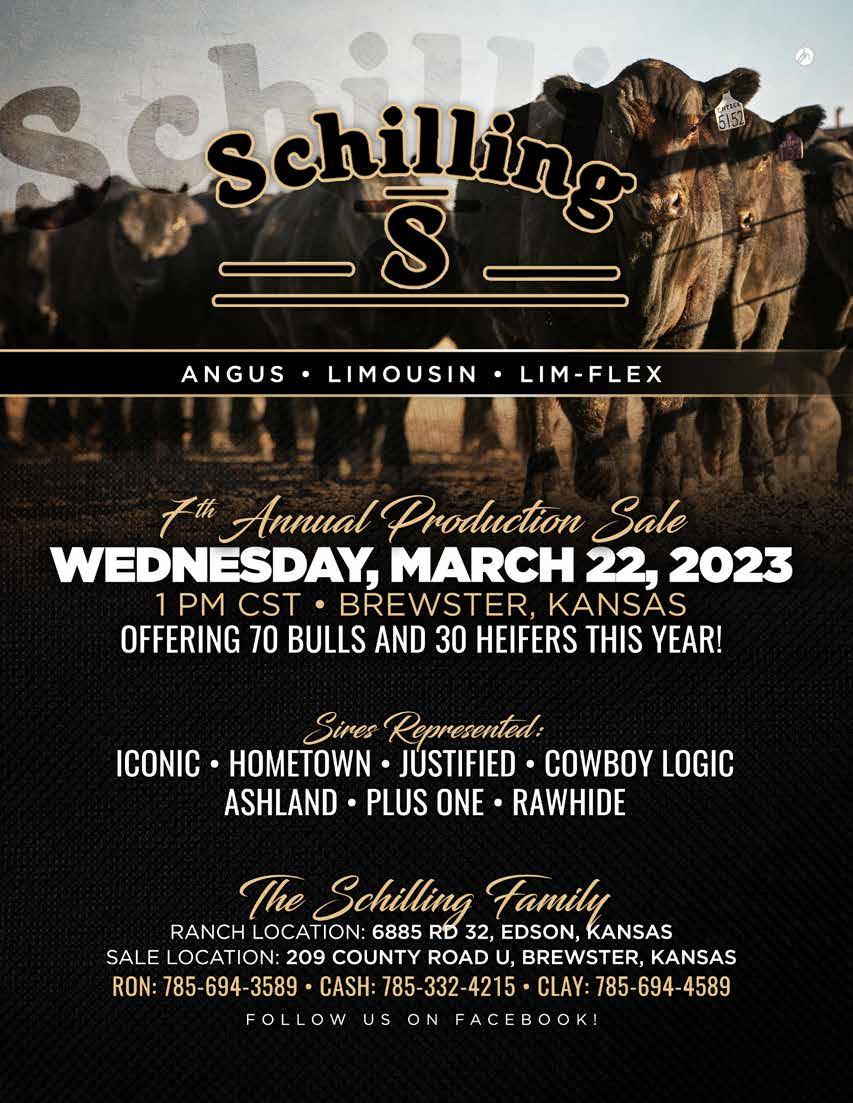
and selecting heifers that are bred earlier can provide an economic advantage for producers.
When it comes to genetics, what are your production goals and how can you select traits to meet those goals. The genetic makeup of herds in the U.S. has changed significantly, and heifers are reaching puberty at younger ages and at a lower percentage of their mature body weight. Over time, we have also seen the trend of increasing mature cow weight for larger yearling weights. However, increasing cow weight has not delayed puberty, thus resulting in heifers being bred as yearlings and calving as 2-year old cows. Some other traits we can consider include milking ability, udder quality, calving ease and disposition. On the bull side, scrotal circumference moderately correlates with age at puberty in
heifers. As average scrotal size increases, age at puberty decreases in the heifer. Therefore, if we know information on our herd sires, then we can make more informed decisions based on data.
Heifers should be selected on structural soundness, be in good health and have good growth potential. Generally, evaluating your production records are helpful in determining growth potential and identifying the calves that are from above average producing cows.

Traditional recommendations suggest heifers should be managed to attain 65% of their mature body weight at breeding to maximize pregnancy rate. However, multiple studies across differing environments have proven that heifers
developed at lighter target body weights (50 to 57%) at breeding reduced development costs while not impairing reproductive performance. Heifers in these systems are often developed in low-input, forage-based systems or on a reduced gain followed by a period of compensatory growth or increased gain in the period leading up to the breeding season.
More considerations on heifer development and long-term impacts on profitability can be found in the past BeefWatch article Heifer Development and Long-term Profitability.
Ultimately, heifers are future improvements to the cowherd and significant emphasis is placed on selection and development of heifers prior to the start of their first breeding season.
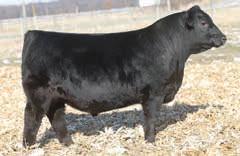
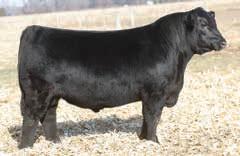
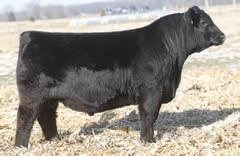
Courtesy University of NE - Lincoln, UNL Beef
For further information regarding heifer development systems, see the Heifer Nutrition and Management page at beef.unl.edu.
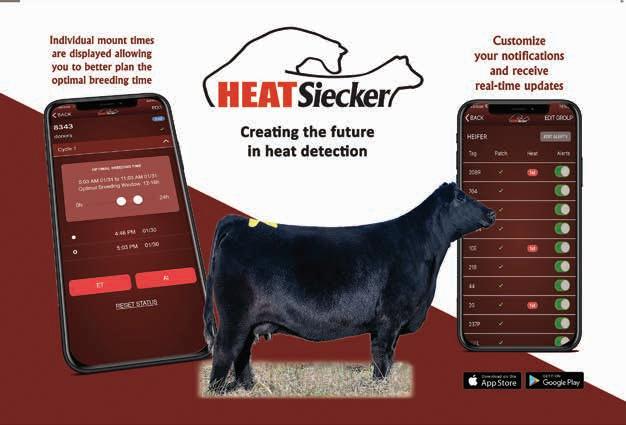

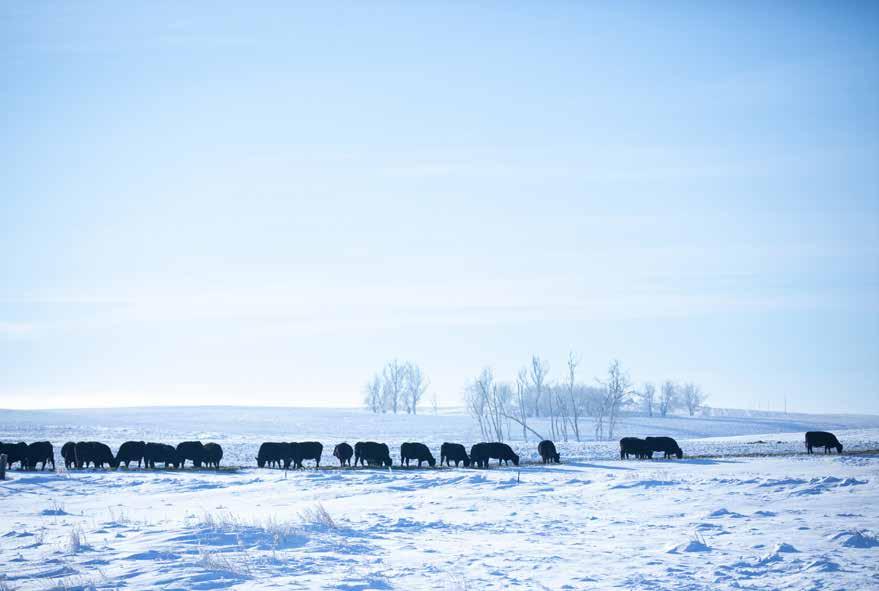
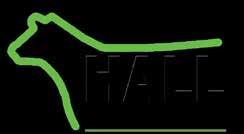

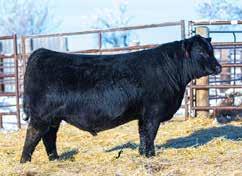

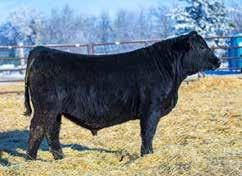
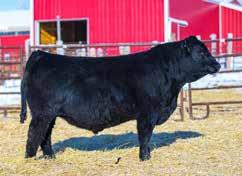
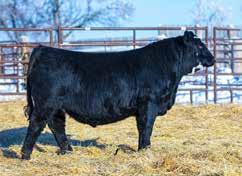
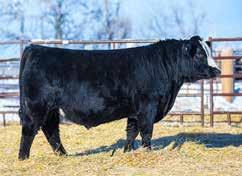



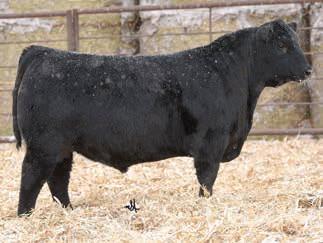
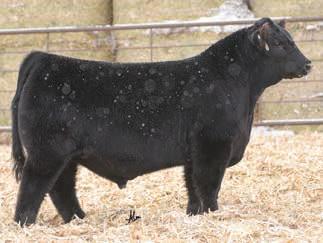
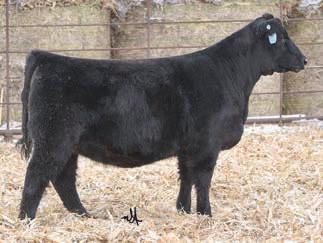
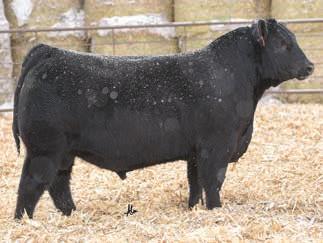
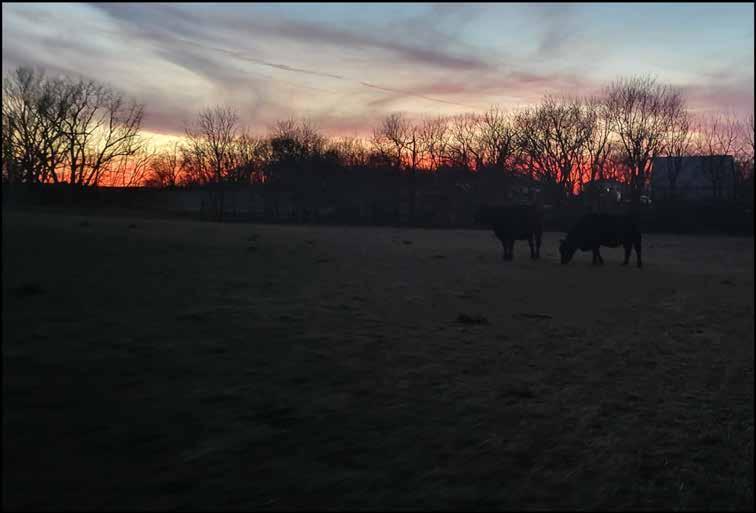


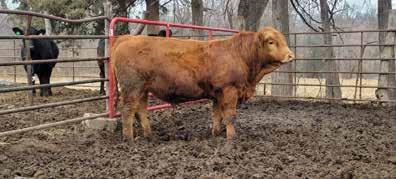
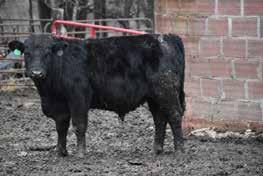


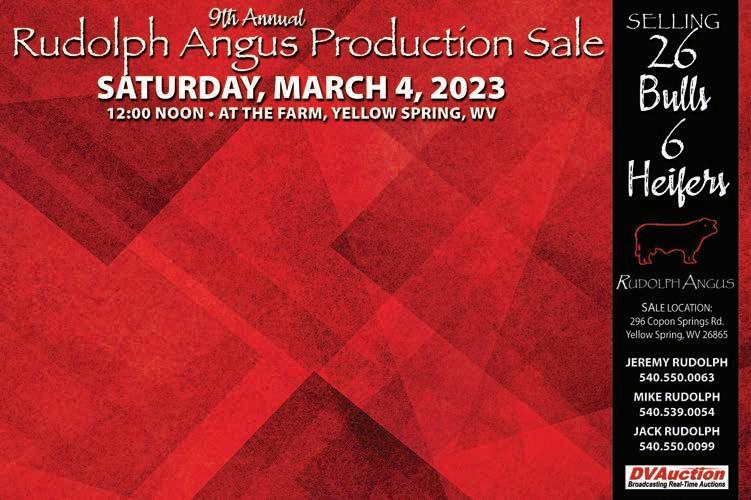
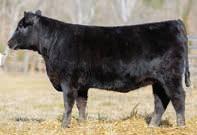
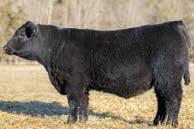
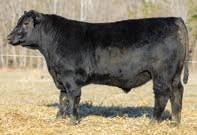

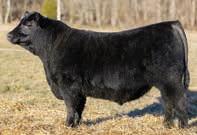
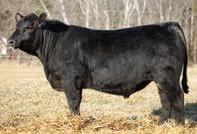

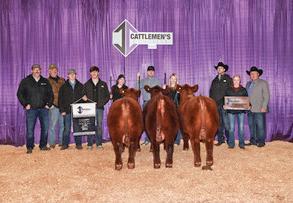
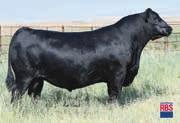
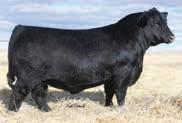
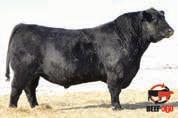
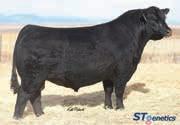
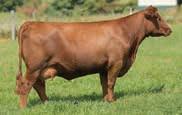

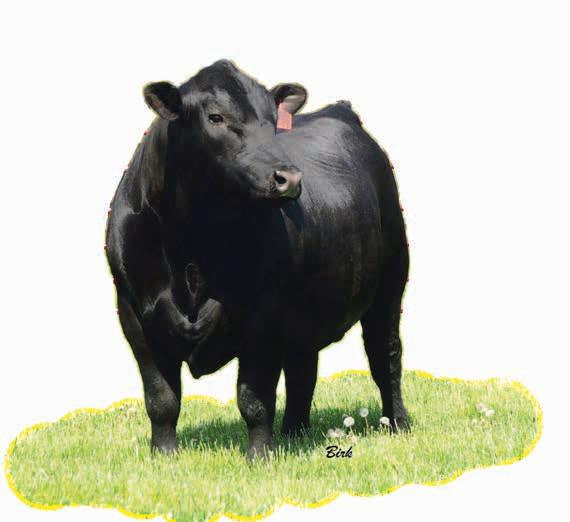
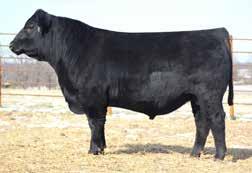
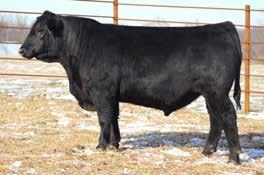
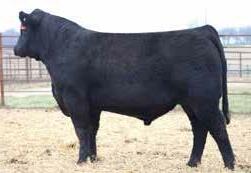
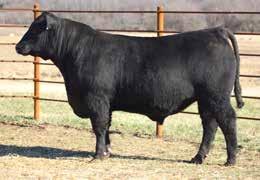

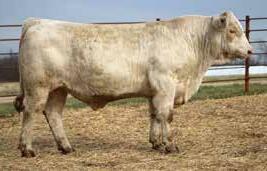
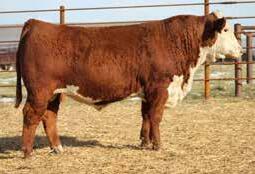
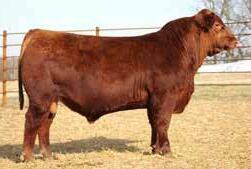
hianina is one of the oldest breeds of cattle, originating in the Chianti Valley, from which it takes its name, and the middle Tiber valley in Italy. These large cattle have been raised in the Italian regions of Tuscany, Umbria and Lazio for at least 2,200 years and were used primarily as oxen. They were the principal source of transportation and agricultural power in the area until displaced by mechanization following World War II.
By the 1930’s, however, Italian breeders began to select animals more suited to meat production, with shorter legs, longer bodies and more muscle. In 1933, a breed standard was established and commissions set up by the Italian ministry of agriculture and forestry to identify, mark and register the most suitable animals. The breed standard was fixed by ministerial decree in August 1935. These white cattle continued to be the largest in the world, but with more emphasis on beef production than as draft animals.
Meanwhile, the North American cattle industry was selecting smaller and smaller cattle, especially for the show ring, in the most popular breeds which included Hereford and Angus. Then during the 1960s cat-
tlemen became interested in several European breeds, exploring new genetic sources to enhance beef production possibilities and make their cattle larger again. The first continental cattle to come to the U.S. were Charolais (from France, via Mexico) in the 1930’s, imported by the King Ranch in Texas. Many producers continued to use the smaller British breeds, however, and most purebred breeders were caught up in the fad for “belt buckle” height show cattle.
By the mid-1960’s, however, continental breeds were gaining interest as a solution to some of the problems created by too-small cattle. U.S. producers established associations for Simmental (ASA), Limousin (NALF), Maine-Anjou (AMAA), and Gelbvieh (AGA). “Toward the end of the 1960s, interest turned to the three Italian white breeds – Chianina, Marchigiana and Romagnola,” says Richard Koonce, who has been involved with Chianina cattle since 1973.
Koonce was acquainted with Dr. Jack Phillips, who became the first CEO of the American Chianina Association. “I came out of the Army in the spring of 1973. He hired me, along with several other people, for
By Heather Smith Thomas photos courtesy American Chianina Associationthe American Herdsman’s Institute he’d started. Then he came across the Chianina and became CEO of that Association,” says Koonce.
“The Herdsman’s Institute contracted 60-plus females for the first National Chianina sale in September 1973. I worked on that, and when the sale was over, in early October of 1973, Dr. Phillips needed help with the American Chianina Journal. He just had one employee (the editor) for that publication – which started in April of 1973. I was hired to be field representative for the Journal and that became my daily exposure to the breed. There are very few of us still around who remember what went on 50 years ago.” When asked to help supply information for this article on the history of the ACA and the Chianina breed in this country, he provided much of the background needed — from his memory and from old articles in the American Chianina Journal.
“Because of the presence of Foot-and-Mouth disease, all European cattle were prohibited by USDA from being directly imported from their home countries into the U.S.,” says Koonce. The Canadian agriculture department,
however, allowed imports of cattle from Europe under strict quarantine protocols: quarantine periods in Europe before shipment, another quarantine upon arrival into Canada, and additional on-farm periods of quarantine after reaching their actual destination.
Canadian importation permits were given to various cattlemen, with the initial selection process of Italian Fullblood Chianina taking place in 1970. “Two Canadian cattlemen – Jonathan Fox at Justamere Farms, Lloydminster, Saskatchewan and Marshall Copithorne at CL Ranches in Cochrane, Alberta – were hired by many Canadian import permit holders to go to Italy and select cattle for them,” says Koonce.
In Italy the 1970 calf crop that would come to Canada were all designated with names beginning with F. Following quarantine procedures, these Italian Fullbloods arrived in Canada in 1971. “Many of the yearling bulls were leased by AI firms including ABS, Curtiss Breeding Services, Hybrid Vigor, Inc., New Breeds Industries, Inc., and Select Sires, for semen distribution throughout Canada and the U.S.”
One of the people who went to Italy to pick out seedstock was Glen Klippenstein. He has been a cattle breeder all his life and a member of the Chianina Association for 50 years. He was born on his grandfather’s homestead in Saskatchewan, then got a degree in Animal Science from Penn State University in 1959. He moved to Missouri in the 1960s and established GlenKirk Farms, a cattle breeding operation which has sold cattle, semen, and embryos across America and worldwide.
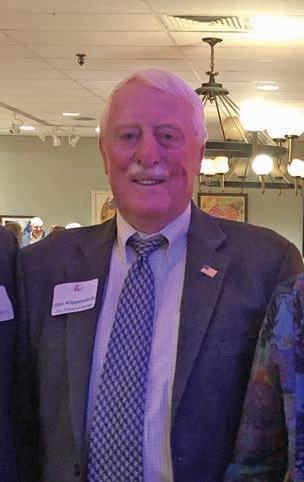
“I have been in the Hereford business all my life and at one time sold about 300 bulls a year. We had 19 Polled Hereford champions and reserve champions at the National, one horned Hereford champion at Denver, one Supreme Champion Angus at the Louisville futurity and some carload champions. We promoted our performance cattle through the show ring. I’ve always been interested in breeding and selecting cattle with traits that make a person more money and cause less problems,” Glen says.
“I learned that when I was at Penn State. I had a professor, Her-
These are problems a commercial cattleman doesn’t have the time or energy to deal with.
“We also had really small (Frame 3) cattle that were popular at the time and I couldn’t bear those. I wanted to go into the cattle business, but couldn’t find any cattle that I liked. I began my journey to find cattle with more growth, more lean meat and more milk. And in our part of the country, in Missouri, we needed something with slicker hair because of fescue problems and heat stress,” he says.
“Then I was introduced to Chianina cattle. I didn’t even know what they were, but I was good friends with Dr. Harlan Ritchie and he’d just been to Europe. He called me from the airport when he got back — knowing I was going to Europe in the next few days to help Wilf Davis, cattle manager at Bar 5 Simmentals, select about 75 Simmental heifer calves for Canadian permit holders. Many of the Canadian ranchers couldn’t go to Europe so they sent me and Wilf to select cattle for them. When Harlan told me about Chianina cattle, he said I had to go see them.”
When Glen arrived in Italy, some of the breeders must have known he was coming, because three carloads of Chianina breeders, including the president of the Italian Chianina Association, were waiting for him at the train station.
“I went from Bern, Switzerland, where I’d left the Simmentals, and took the train to Florence, Italy, in the Tuscan Valley, where most of the Chianina cattle were. When I saw the first ones I couldn’t believe my eyes and I was shaking with excitement. I was looking for more growth and more lean meat, and there it was! I had never seen anything even close to what these animals were,” Glen says.
“I’d seen a few big cattle in Can-
ada while growing up, like Holstein-Shorthorn crosses, and people were raising some 800-pound calves at that time, including big Herefords and Shorthorns. Then producers went all the way down to 300 and 400-pound calves, and those were called baby beef,” he says.
“My trip to Italy was where I discovered Chianina, and I made the president of the association promise me that if I got any permits I could get some of these cattle. We got 7 permits and I got first pick of all the Chianina calves in Italy from areas that didn’t have Foot-and-Mouth disease. Two of my selections did get rejected because of those rules.
I had to come up with replacements (selected by other breeders), and they were not as good as the other 4 heifers and the bull I got. Even then,
I received a lot of money for those two replacement animals and they paid for the whole deal,” Glen says. “Cows like Carolyn, Carie, Gina and Octavia resulted from these first selections. They were big, robust,
beautiful, balanced strong cows.” Glen kept those first animals cattle in Canada for the required 3 years, then brought them to the U.S.
“The president of the Italian Association, Dr. Fortegeri, was a sharp guy who had about 400 Chi cows, raised the way we do in the U.S. Many other cattle in Europe and Italy were in smaller herds and treated more like pets. When I went to Italy to select some of the first Chianina to bring to North America, Dr. Fortegeri showed me several butcher shops that specialized in meat from Chianina. The meat was very popular with food shoppers — clean, neat and very little waste fat. The meat was lean, with beautiful color and very fine texture. Customers were very pleased with their fat-free purchases.”
Some Chianina cattle had a disposition problem, including a bull called Iroito, who became quite famous. “Those cattle caused a lot of problems for some breeders and gave the breed a bad image. But
these cattle were so much bigger, growthier and more competitive than the cattle that were already here; they were amazing. The Chianina cattle provide more heterosis than any other cattle I’ve had experience with; it is very dramatic. This is partly what caused some disposition problems, especially with Angus because that breed tends to be flighty, too. If you don’t want your hat kicked off, I’d trust a Chianina before I would an Angus!” Glen says.
It was a plus, being able to get the pick of some of the first imports. “I didn’t go for the biggest ones. The small ones were plenty big! We picked cattle that had a lot of body and were well balanced. I was one of the first breeders to be registered with the ACA; my breeder number is 127. Today there are only one or two left who were below that, on the forefront of this breed in the U.S.” he says.
International Genes, under the direction of former University of Minnesota animal science professor, Dr. Harry Rajamannan, established a quarantine station in Italy where selected bulls of the three Italian white breeds had semen collected and cleared for exportation to North America.
“The first Italian Fullblood Chianina semen made available to American cattlemen in early 1971 was the bull Diaceto I (ACA #1). An additional 16 Italian Fullblood Chianina bulls had semen collected and directly imported into North America in 1972 and 1973,” Koonce says.
As semen became available in the U.S., Italian fullblood Chianina semen was put into nearly every breed of beef and dairy females, producing half-blood (50%) Chian-
ina progeny. Many cattlemen using Chianina genetics were looking to breed up the Chianina percentage in their herds toward the Purebred level, using the same strategy followed by previous European imported breeds.
The first importation of Italian Fullblood Chianina bulls and females was into Canada. “The first 38 bulls registered in the ACA were Fullbloods, mostly the ‘F’ named bulls. The second significant importation, in 1974, included 33 ‘I’’ bulls (calved in 1972) followed by importation in 1975 of 14 ‘L’ bulls. Many Italian Fullblood females were also part of these importations,” says Koonce.
“In 1975 a few more Italian fullblood bulls and heifers were imported by U.S. cattlemen, including Walter G. Mize Ranches, Cleburne, Texas; Twin Wheels Chianina, in Kentucky; and Walbridge Farm, New York; via Japan. These were ‘L’ named cattle calved in 1973. None of the cattle imported into Canada could be permanently released into the U.S. until four years had passed. This began in 1975,” says Koonce.
The most important Italian Fullblood Chianina bulls whose genetics provided a solid foundation for North American Chianina cattle were 4 prominent sires – Analio I (9 sons with 12,292 ACA progeny); Bando I (4 sons with 12,076 progeny); Bramante I (2 sons with 7,930 calves), and Cavetto I (19 sons with 18,029 progeny). More than 50,000 progeny of these Italian grandsires were registered in the ACA. Bando I was bred at LaFratta. The other three sires were widely used herd bulls at Fattoria di Radi (Radi Farm) near Siena, Italy, one of the largest Italian herds numbering up to 500 head.
With the growing interest in Chianina in the U.S, 45 cattlemen convened in Denver, Colo., in December 1971 to investigate the establishment of a national breed association.
“During this meeting Dr. Jack Phillips, Blue Springs, Mo., was appointed interim CEO to begin the process of developing an association structure and by-laws,” says Koonce. An American Chianina Association (ACA) organizational meeting was then held June 9 -10, 1972, at the Downtown Hilton Inn, Kansas City, Missouri.
More than 600 participants from across America, Canada, Italy, Australia and South Africa attended. A regional organizational plan was presented, with the U.S. divided into 9 regional associations. “The President for each of these geographical areas served on the ACA’s National Board of Directors for 3 year alternating terms. Dr.
Dr. Jack Phillips Jack Barr
Bob Vantrease Terry Atchison Glen Klippenstein Stan Comer John Boddicker Andee Marston Dustin Hurlbut
Jack Phillips was elected as permanent CEO,” says Koonce.
On display at this meeting were cow-calf pairs – some of the oldest half-blood Chianina calves born in the U.S. – including the very first American-born Chianina – IWCB AHI First Diaceto. This was a bull calved at Tannehill Ranch, California on January 31, 1972. A Diaceto I x Brown Swiss heifer from Tannehill was also on display.
“At the concluding evening banquet Tannehill Ranch owner, Charles Hinkle, donated this heifer with all proceeds from her auction going to fund the fledging association. Aptly named Miss Chianina USA, this heifer sold for $20,000 to Twin Wheels Chianina, Mr. and Mrs. Jim Wheeler, Mayfield, Ky.”
The first 38 animals registered in the ACA were Italian Fullblood Chianina bulls whose offspring were the foundation of the breed in America.
“Registration #39 was assigned to the first American born calf –IWCB AHI First Diaceto. Miss Chianina USA was #40, becoming the first American-born registered female. Registrations rapidly increased every month in 1972
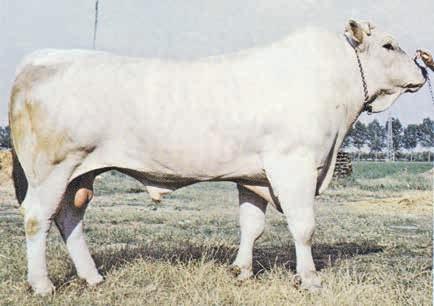
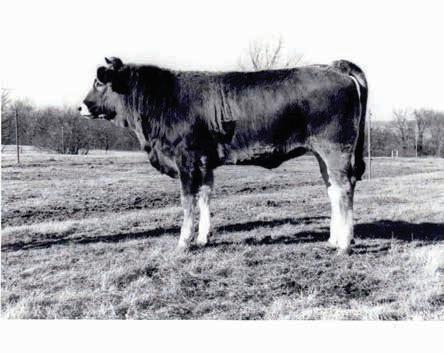
through 1974 as the first calf crops were recorded with the ACA. ACA memberships grew at an average pace of nearly 100 per month for the first three years of the ACA’s existence,” Koonce says.
The first ACA office was in a farm house near Blue Springs, Mo. The official mailing address was a Kansas City, Mo., post office box. “The summer of 1973 saw the ACA move into a Blue Springs, Mo., bank building space. It remained
in Blue Springs until about 1983. The new ACA CEO, Jack Barr, led a fund raising campaign in 1981 for a new office in Platte City, Mo. A special auction of donated Chianina embryos was held during the 1981 ACA National Show, raising enough money to bring this endeavor to fruition. ACA Board member J.T. Pass of Texas was instrumental in the design and building of this office,” says Koonce.
A breed publication, the American Chianina Journal (ACJ) was begun in April 1973 and published many years on a monthly basis. The first editor was Carol Humphrey. The next editor was Betty Davis who had previous experience at the American Hereford Journal. The first ACJ fieldman was Richard Koonce, serving through 1980 when he had to back away due to health problems. He was replaced by Gary Emberson, followed by Terry Atchison in 1984. The first summer Herd Reference Issue was the June/July edition of 1978 and continues annually. Later the ACJ became a quarterly publication.
Editor’s Note: This is Part 1 of a multi-part series. Watch for the next article in May 2023. learn more chicattle.org
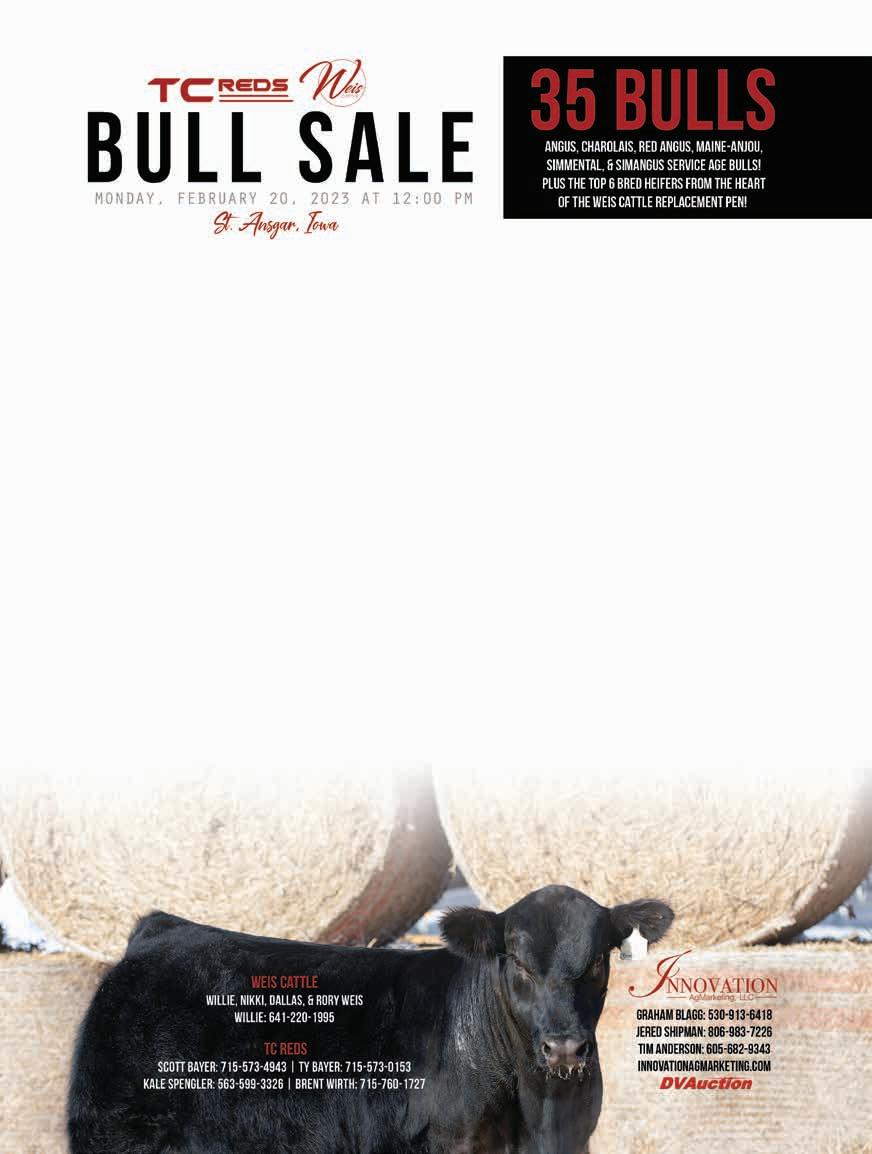
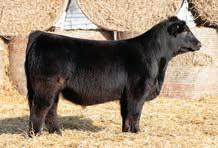
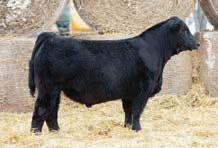
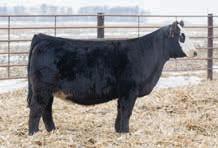
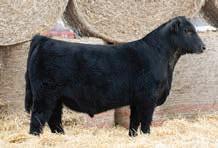
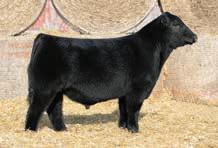
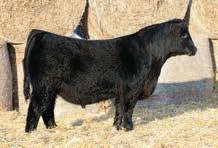

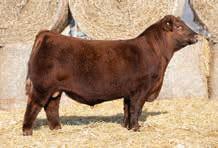
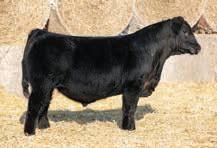
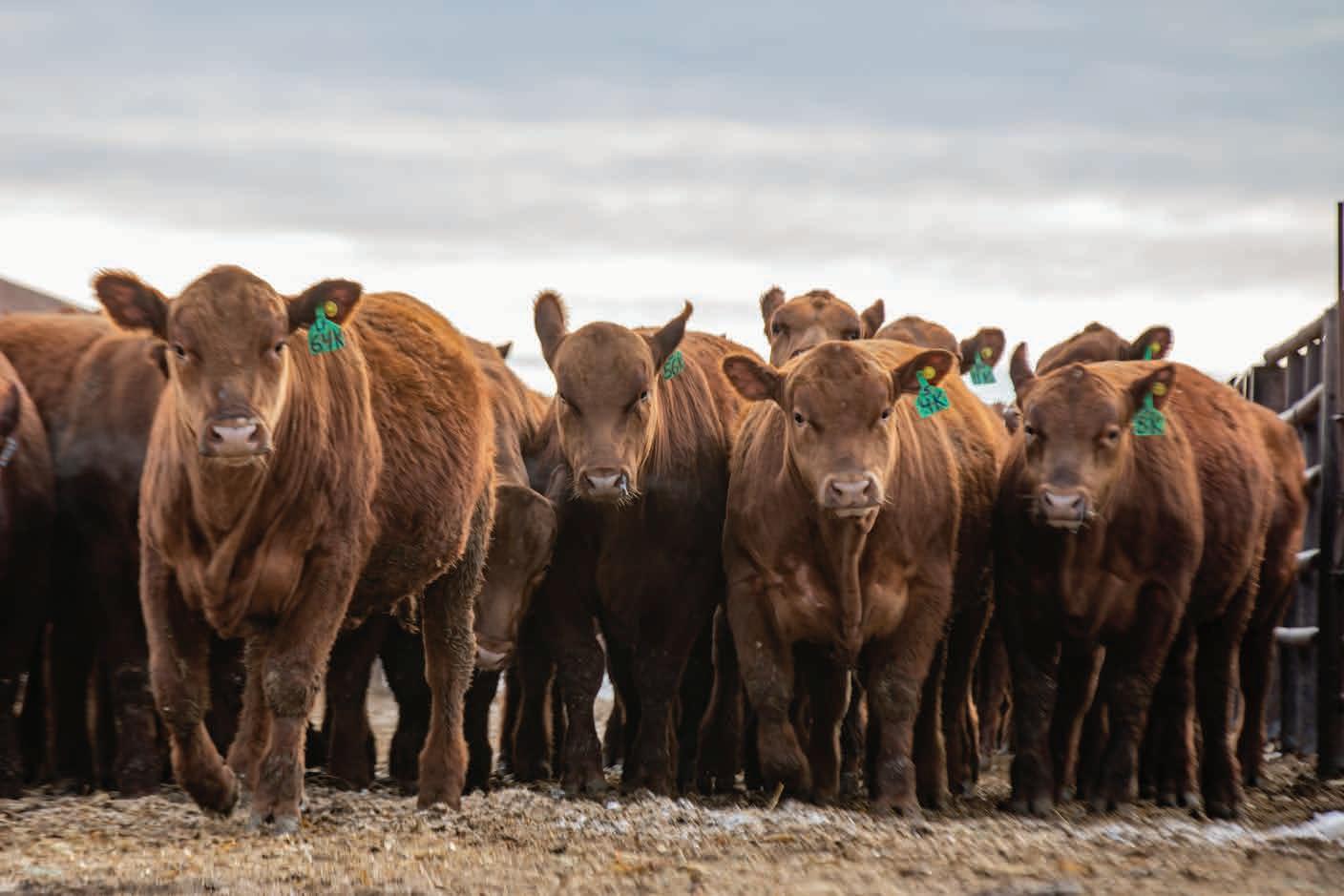

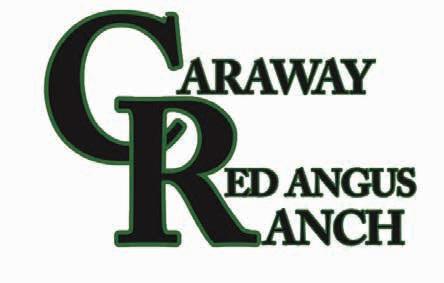

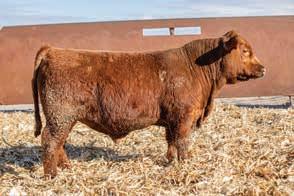


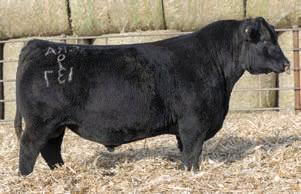
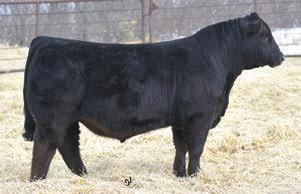
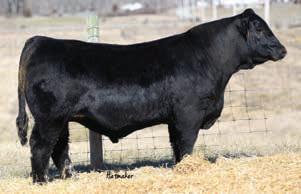
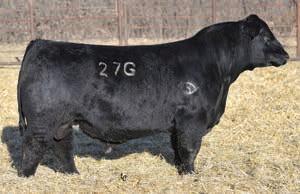
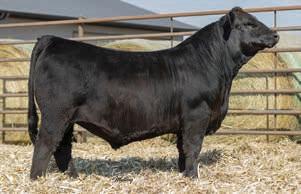
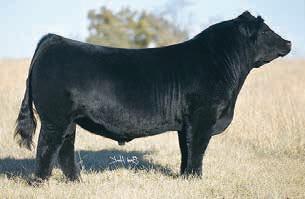
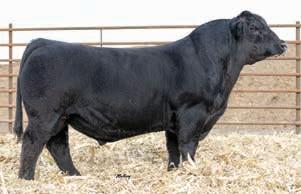
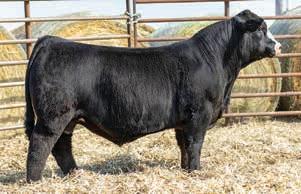

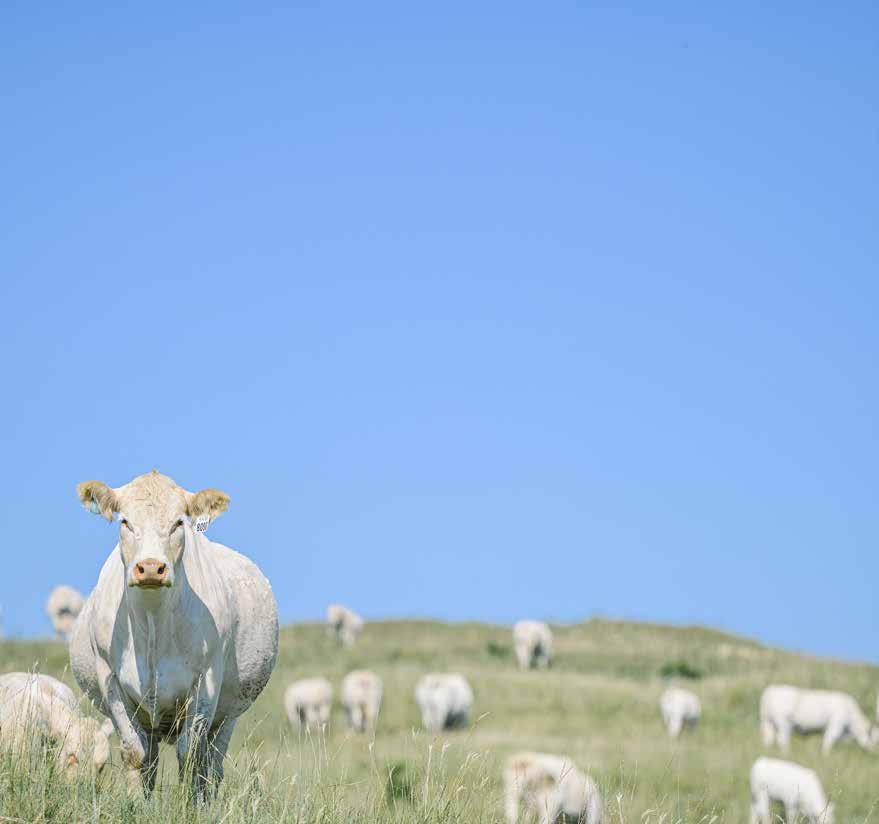
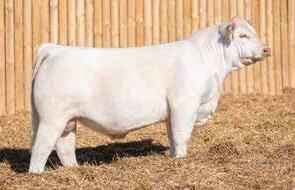
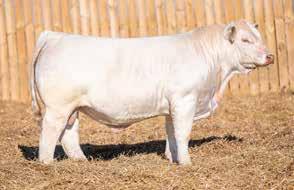
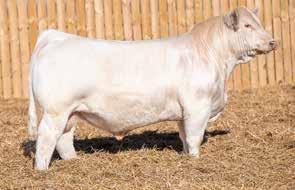
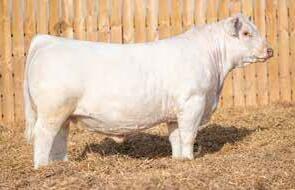



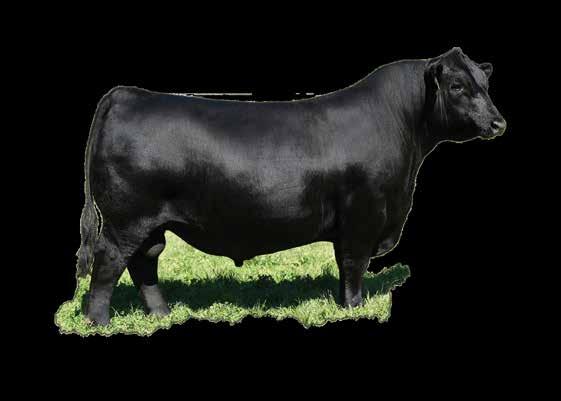
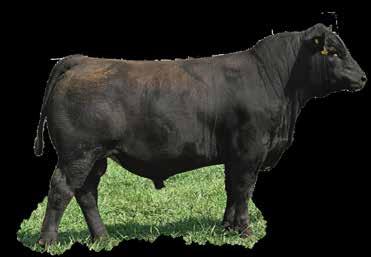
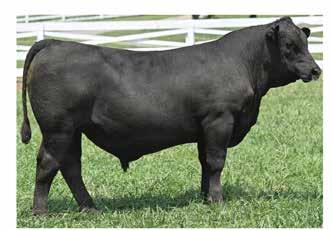
s I wrote this article, we have received our first snowstorm of the winter and my four little ones could not wait to throw on their snow pants and go play in the white stuff! Me on the other hand, not so excited about leaving the warmth and comfort of my office. It is because they are looking forward to joy and fun and I am dreading frozen waters and/or sick cattle. Either way, it is safe to say that winter is upon us!
Now to look at some of the market reports that we have been seeing in the barns. The fat cattle market has been on a hot streak for several weeks, until this past week, when we experienced a slight dip in the market. We have seen some highs in the mid to high forties, but these have been some extremes. Most cash cattle in the country have been trading at forty level or slightly higher the past couple of weeks. I expect there to be a few bumps in the road, but I expect
he new year is upon us and some of us have started having baby calves on the ground. My wife, Mary, says that the baby calves are her favorite part of the farm. I worry about getting them out, up, and keeping them alive. She wor ries about keeping them warm, ears thawed, and making sure momma is comforted. Even though we have had several long and/or sleepless nights, we have made a pretty great team so far this year and that is a good thing as these little fellas sure look like they are going to be worth something come this fall.
Now let’s dive into the markets. Fat cattle seem to continue to climb. They have been steady to stronger for several weeks in a row. We are seeing a lot of country cattle bring ing in the high 50’s. Seeing some extreme tops in the barns in the high 60’s. I think we will continue this trend through the winter and be pushing the 70 mark for country bids by early spring as long as outside factors, such as the economy, don’t push back too much.
this fat cattle deal to continue an upward trend going into the new year and into spring. How high we can go, that is the million-dollar question!

The higher fat cattle market is driving a higher price for the feeder cattle market as well, even with the higher feedstuff inputs. We have seen some front end big strings of 800 pounds bringing well into the sixties and some 600-pound cattle bringing into the seventies and eighties. Once again these are some extreme tops. We have been trying to fill up our own lots as fast as possible, as I am not sure the feeder cattle are going to get any cheaper. We have been able to find cattle at cheaper prices than that and so when we do projects they are in the black.
The cull cow and bull market has lagged the fat market, as from all reports there have been around six

percent more last year, making supply of cows. down, which be into next year, cow and bull with the same market. The breeding been up and cently, I heard commercial pairs $2,000 and then can buy all the I want for $1,200 are looking to now is the time reasonably priced with increased are going to be ply over the next
Wishing everyone Christmas and
Kirk Lynch, Lynch Livestock Inc., Waucoma, IA Kirk is the Beef Division manager for Lynch Livestock Inc. and oversees all aspects of their backgrounding and cattle feeding operations throughout Iowa and Kansas. He is also deeply involved in the newly reopened Humeston Livestock Exchange in Humeston, Iowa. In addition, Kirk and his wife Mary own and operate Heartland Simmentals in Northeast Iowa, which is a seed stock operation that consists of 500 registered Simmental and Angus cows. They have four children: Gabrielle (8), Brayden (7), Vivian (5), and Bianca (1).
Humeston, Iowa 641-877-6092


Even with the cost of corn and feedstuffs continuing to climb we are still seeing an excellent feeder cattle market. The market continues
Well, I hope everyone is having a great new year and here is hoping that the next time I talk to you that we are mostly through winter and looking at warmer weather and the promise of spring!



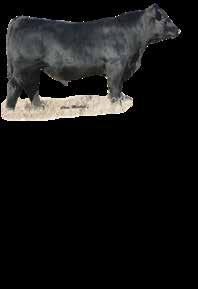
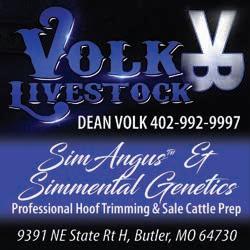
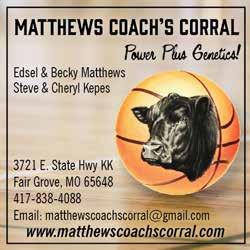





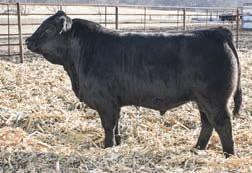
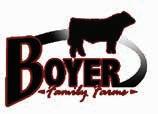


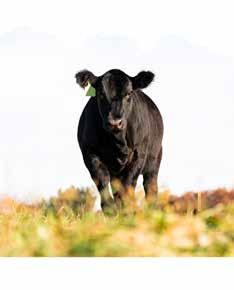

breed and has shown not only at her local county fair, but also at the Iowa State Fair, Iowa Beef Expo, Iowa Red Angus Field Days and National Junior Red Angus shows. She participated in national junior contests such as: livestock judging, photography, herdsman quiz, and ID contest and has encouraged others to do the same. She also entered the 2022 Skillathon Quiz at Iowa Beef Expo and placed second in the Jr. Age Division.
Kali Nickell, daughter of Kevin and Stefanie Nickell, of Gravity, Iowa has recently been announced as the 2023 recipient of the Iowa Foundation Heifer Award. As an award winner, she received three purebred Red Angus bred heifers which were purchased from Garth and Nancy Griffin’s Red Angus herd located at New Hampton, Iowa. The foundation heifers of the breed of the winner’s choice are awarded each year by Iowa Beef Breeds Council and Iowa Cattlemen’s Foundation. At the end of five years, Kali will be expected to repay $6,000 to help with funding to keep the program moving into the future. The program is in year thirteen and was developed to help youth establish purebred seedstock herds of their own.
Kali is a seventh-grade student at Bedford Community School in Bedford where she is currently involved in volleyball. She is in her 4th year as a member of the Washington Winners 4-H Club and was chosen to serve as this year’s historian. She has been involved in a number of community service projects. In addition, she is a member of the Iowa Junior Red Angus Association and the National Junior Red Angus Association. She shares her family’s love of the Red Angus
Kali’s recommendations credit her with goals of striving for excellence, being a peer role model, team player and leader plus having an outstanding work ethic. She is planning to learn more about genetics, breeding, feeding, grazing practices, budgets and promotion of the beef industry. She is an excellent showman but her main goal and plan is to have a quality cow herd as a 4th generation in the cattle industry.
She will be honored at the Iowa Red Angus Association Banquet to be held on Saturday, February 11 th at 7:00 pm during the Iowa Beef Expo and at the IJBBA Year End Awards held at 4:30 pm on Friday, February 17, 2023 in the Pavilion at the Iowa State Fair Grounds.

By Norma Bolton, for the Iowa Beef Breeds Council
heimer will represent AHA members in the region and assist with Association activities and services.
Along with attending Hereford sales and events, he will sell advertising for Hereford Publications Inc. and work to broaden relationships across the industry. Weinheimer will also help Hereford breeders and commercial users of Hereford genetics utilize AHA promotional and marketing programs.
“We are excited Cord is joining our team as the AHA Southwest region field representative,” says Joe Rickabaugh, AHA director of seedstock marketing. “Cord hails from a long-time Hereford family and has deep roots in the Hereford breed. He also has a wealth of commercial cattle management experience and great enthusiasm for the Hereford seedstock and commercial industries.”
A native Texan, Weinheimer is a fifth-generation cattle producer with a love for Hereford cattle and Hereford people. He graduated with a bachelor’s degree in animal science from Texas A&M University in 2017. Weinheimer formerly managed several ranches in Texas and is a former director for the Stonewall Chamber of Commerce, along with the South Texas Hereford Association.
KANSAS CITY, Mo. – The American Hereford Association (AHA) welcomes Cord Weinheimer, Madisonville, Texas, as the organization’s new Southwest region field representative. Wein-

“I am very excited about the opportunity to work for the AHA,” Weinheimer says. “My long-time passion for the Hereford breed and its people will be my catalyst for building a positive impact across the industry. As I embark on this new career, I look forward to working with producers and promoting Herefords in all facets of the beef industry.”
Weinheimer will begin his duties Feb. 1.

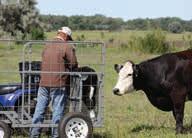

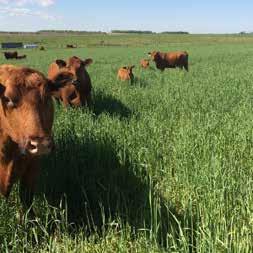

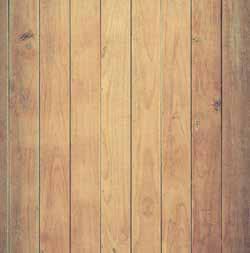
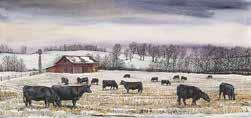


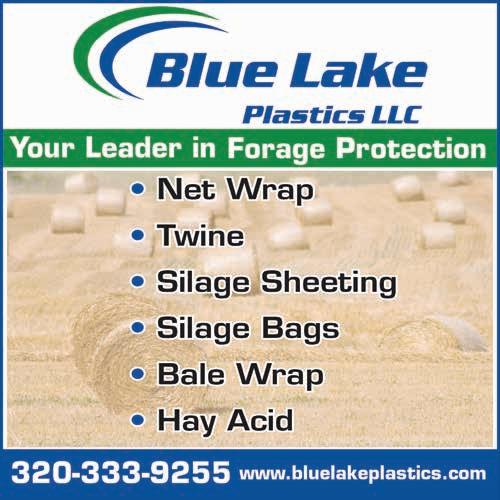

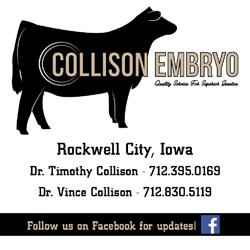

first-calf heifers. To meet the constraints of having an 83-day period for cows to rebreed and calve at the same time next year, Larson recommended heifers calve ahead of cows for their first calf. To help ensure heifers reach puberty at the right time, he advised assistance from your veterinarian.
“It is important for veterinarians to really evaluate the heifers to make sure each individual heifer and the group as a whole can reach puberty in time to get bred a little ahead of the cows,” Larson said.
Latest Angus University webinar discusses improving fertility and overall income.
Everyone wants cattle that breed easily, calve early and display good reproductive performance. Though this may sound simple enough, how do cattlemen achieve those things simultaneously?
“I’m a big fan of a concept called ‘positive momentum’ because I believe really good reproductive success this year ensures really good reproductive success next year,” said Dr. Bob Larson, a veterinarian with the Beef Cattle Institute at Kansas State University.
During the Angus University webinar, Keys to Reproductive Success: Female Edition, held Dec. 13, Larson shared tools and practices to help cattlemen achieve optimal success in their cow herds.
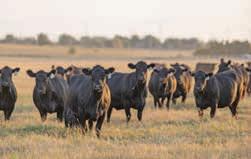
One way to achieve this goal is to benchmark a producer’s current situation and compare it to a desired plan. For example, a producer with an eight percent open rate might set a goal of Larson’s ideal open rate of five percent. This allows for a significant increase in earned income as earlier calving cows leads to heavier weaning calves and a faster rebreed window.
Larson also described the difference in reproductive success for
He explained how the onset of puberty is primarily influenced by age and weight within breeds. Which leads to a common question, what is the appropriate target weight?
“The real question is, what ration should I feed heifers to result in the desired number reaching puberty by the desired date,” Larson said. He emphasized again how working alongside a veterinarian and nutritionist helps producers answer those questions.
Larson reiterated for producers to achieve this success in their operations, they must avoid the primary threats to positive momentum. These threats include having heifers who don’t calve ahead of cows, calving in thin body condition, bulls that fail to successfully breed cows and diseases ending pregnancy. Avoiding these issues promises potential for success year after year.
To dive deeper into Dr. Larson’s presentation, visit bit.ly/DecemberAUrecording. To learn more about Angus University webinars and the upcoming episode, Keys to Reproductive Success: Bull Edition, visit www.angus.org/Pub/AngusNewsRoom/2023-cattlemens-congress-au-session.
— Written by Whitney Whitaker, Angus Communications
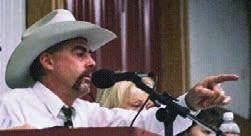
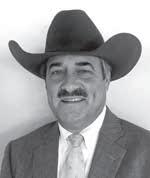
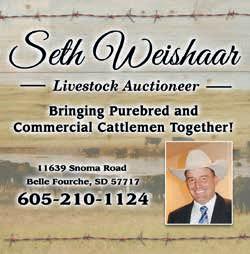
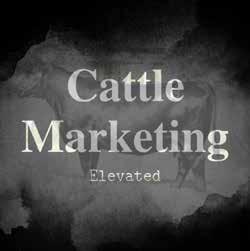



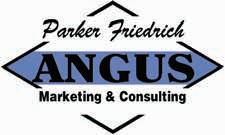
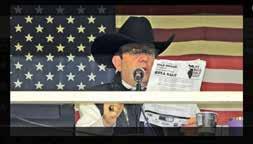
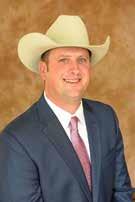

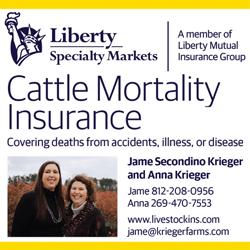


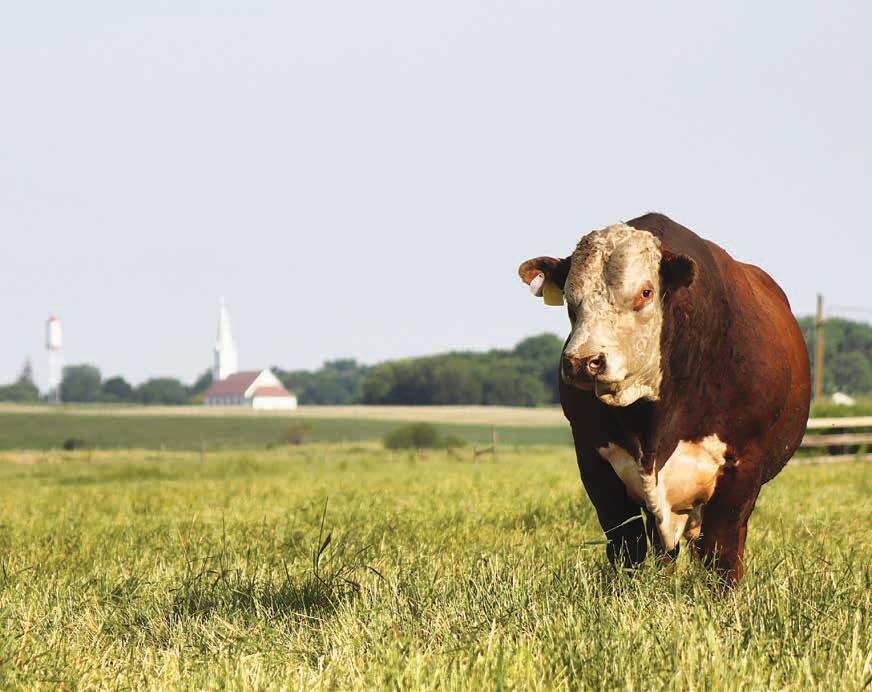
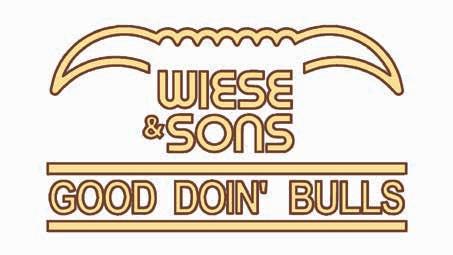
100X Ranch
A-R Red Angus
Backroad Creative
Barnes Family Cattle
Berwald Red Angus
Big Rok Angus Bittersweet Acres
Blue Lake Plastics
Boyer Family Farms Bruner Angus Ranch
Bullerman - K&J Angus Bush Angus Cannon Valley Ranch Caraway Red Angus
Cason’s Pride and Joy Simm. Cattle Visions
CJ Brown Studios Clear Creek Farms #2
Cody Cattle Co. Collison Angus Collison Embryo Crawford, Scott CSL Auctions Inc.
De-Su Angus Deppe Angus
Fawcett’s Elm Creek Ranch Friedrich, Parker Gilchrist, Kyle Graham Angus Hall Stock Farm
Hawkeye Breeders Heartland Simmentals Heatsiecker
Hickory Hollow / Burns Angus
Hoffman 1/5 Ranch
Humeston Livestock Exch. Ingram Angus LLC J6 Farms
Jannsen Angus Jindra Angus K-LER Cattle Kearns Cattle Co. Kenny Angus Kester Herefords Kip Wallace Cattle Co. K&J Angus - Bullerman Kramer Angus Laflin Ranch
Larson Lost River Livestock Lazy H Ranch
Liberty Mutual Insurance Linz Heritage Angus Lowderman, Monte Lowderman Auction Options
Matthews Coach’s Corral McCurry Angus Ranch Mead Farms Millborn Seeds MO Angus Futurity Mogck & Sons Angus Moke Angus Musgrave Angus Nordlund Stock Farm Petersek’s Raven Angus Pleasant Hill Angus Rawhide Portable Corral
Red Angus Classic
Reid Angus
RL Fleckvieh Limerock Ranch Rogers Cattle Co. Rudolph Angus S&S Polled Herefords Safety Zone Calf Catchers Schiefelbein Farms Schilling Cattle Co. Schooley Cattle
Soaring Eagle of the Ozarks Squeakin’ By LK Farms
Steady Run Genetics Stockman Design Services Stock Show University Studer Shorthorns Styles Angus Sullivan Supply TC Reds
The Judge Source, LLC TNT Simmentals
Top Shelf bull Varilek Angus Volk Livestock Voss Angus Wall Street Cattle Co. Weishaar, Seth Westway Feed Products Wiese and Sons
Angus Ranch WI State Hereford Sale Woolover Calf
Category 18 - Technical Article ‘Self-Care for You and Others’ by B. Lynn Gordon March 2021
Category 26 - In-depth reporting (single) Seedstock Marketing - 2020 and Beyond, 1 and 2, by B. Lynn Gordon January and February 2021
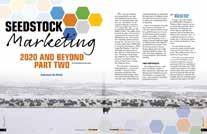
Category 28 - Miscellaneous Writing


‘Unsung Heroes of the Seedstock Industry,’ by B. Lynn Gordon February, March, April 2021
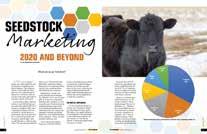
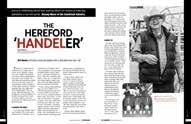
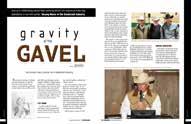
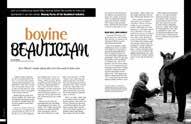
Category 34 - Two page ad design Ad for Wall Street Cattle Co., by Makayla Flower October 2021 subscribe for free at stockmanmag.com/subscribe
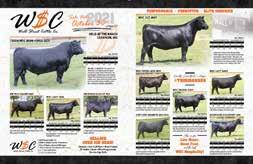 In our third year of participation, The Stockman is thrilled to announce the following Livestock Publications Council 2022 Awards Contest:
In our third year of participation, The Stockman is thrilled to announce the following Livestock Publications Council 2022 Awards Contest:


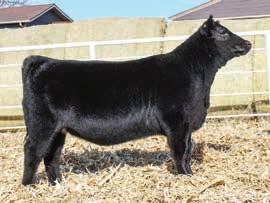
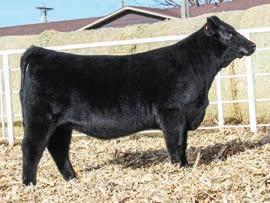
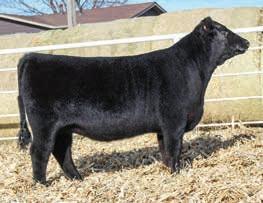
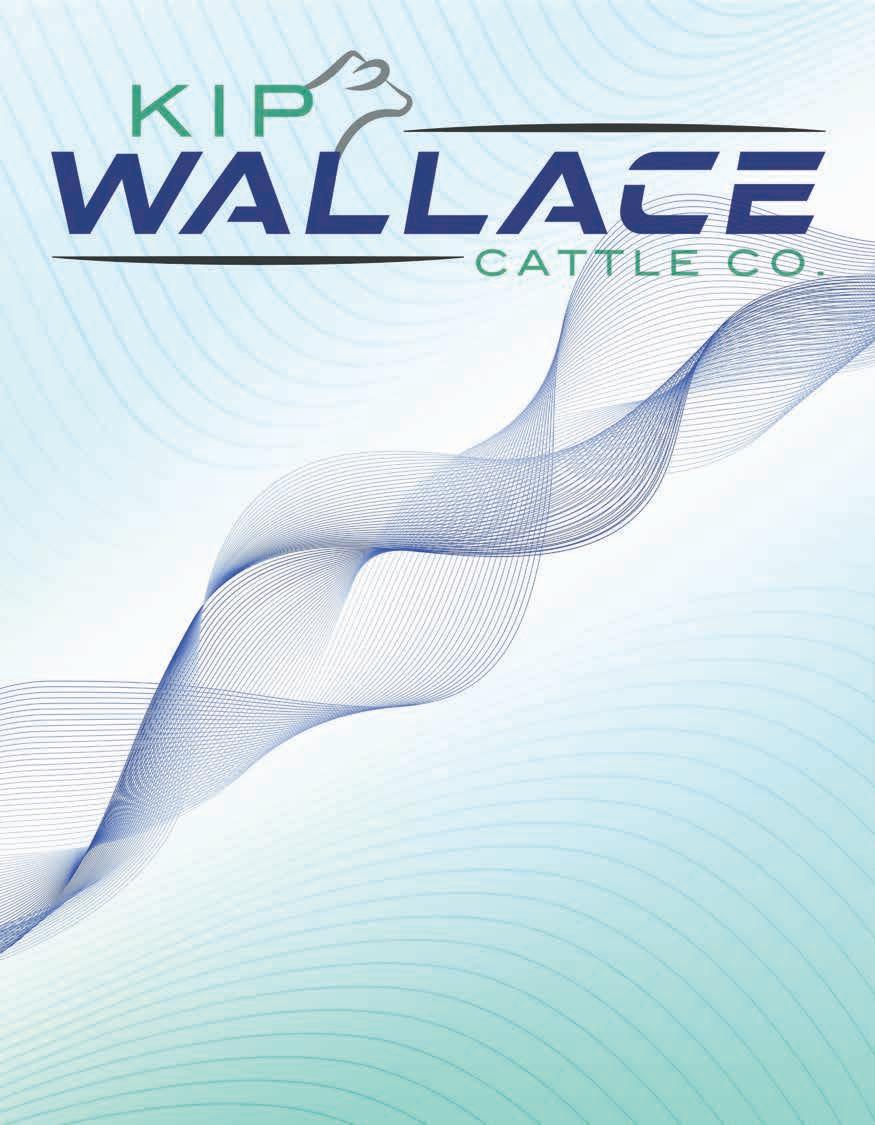

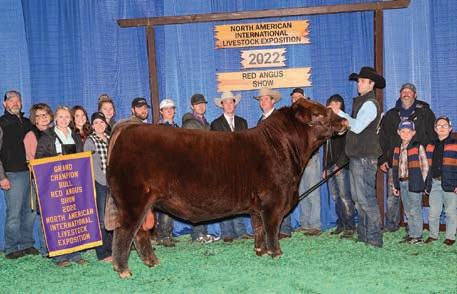

Featuring –
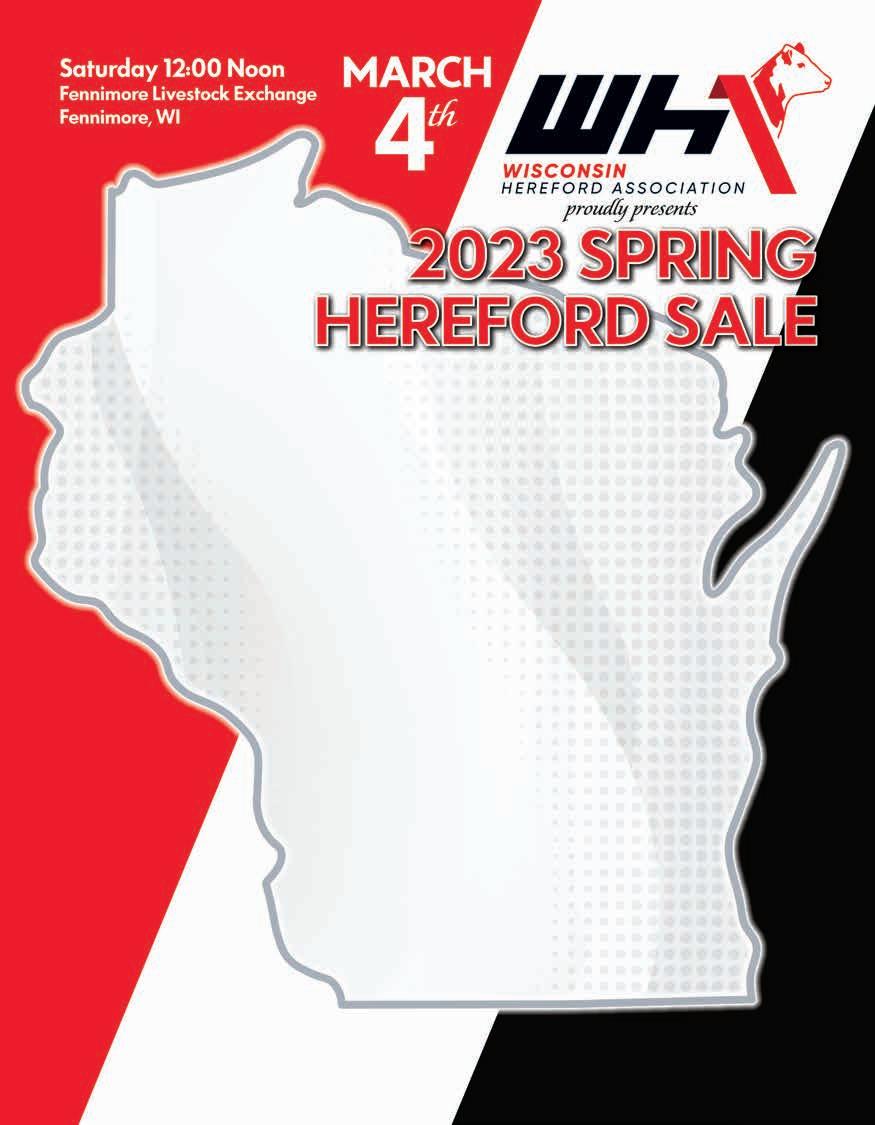
Proceeds going to the Wisconsin Junior Hereford Association. She sells as lot 1 via Lottery Style. Please see catalog for details. Thank you to Wildcat Cattle Company of Darlington, WI. Please call BJ Jones for more information on the Donation heifer. 608-482-2961
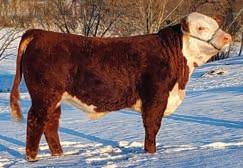
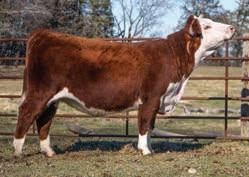
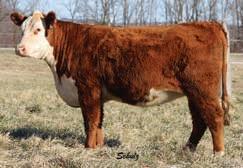

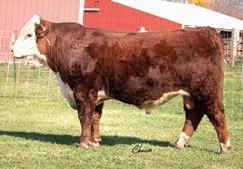
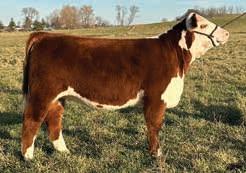
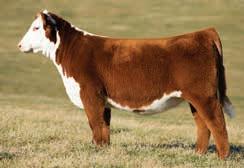

About the Stockman.
Our farm is located in Emerald, Wis., about 75 miles northeast of the Twin Cities, this farm is the old Triple C Simmental operation. I came up here 14 years ago to manage a Red Angus herd called Damar Farms. Five years later, along with two other cattlemen, Jeff Keller and Steve Maier, I had the opportunity to purchase the pick of the herd from Damar Farms. Those 180 head launched Cloud Nine Cattle Company. After five years in operation we dispersed Cloud Nine Cattle Company. I took over the operation from there and now we call it Kip Wallace Cattle Company (Kip is my son). We have been operating a family operation ever since. We are a seedstock producer raising mainly Red Angus and some Simmental cattle. We own 125 cows. We raise high-quality cattle sought after for their genetics, eye appeal, and show ring and donor potential. Over the last several years, we have had three national champion bulls. In the summer, we run a grazing operation in which we manage 100 pairs and 50 heifers for other producers. Our cattle operation is managed by me, Kip, and Brooke Giese. Brooke started working for the operation more than five years ago.”
The best days on the farm are when we are having all the newborns. It is very important to me that every animal has a chance to make it. And if there is a problem, I want to be there to help that animal.”

Our main goal is to put a lot of cattle in young people’s hands. It is a blessing to see how these young people grow and develop. It is exciting to see how many of them stick with agriculture and the impact they make later in their lives.”
below Karen Wallace, Ennis Wallace, Brooke Giese, Grant Giese, Mackenzie Mawson, and Kip Wallace. (Waffles sneaks into most family photos. He’s the main Corgi sire for Karen and Brooke’s Corgis.)
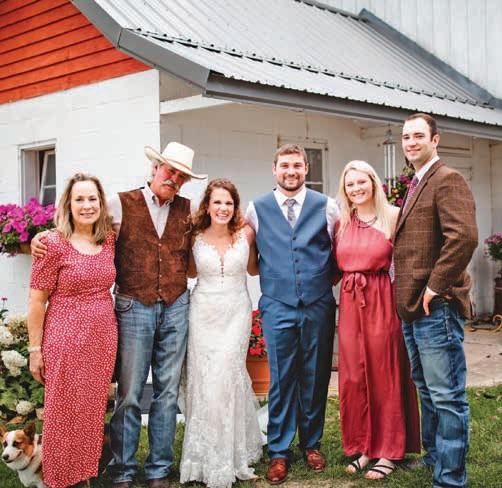
Most used tool on your farm and how old is it?
A 2016 Kubota ATV that is used daily. It has never had a screw turned on it. The only thing it has had replaced is a fan belt and oil changes.”
Your favorite non-farm activity to do in your free time?

I really don’t think I have free time. I enjoy every day on the farm. And I enjoy seeing the animals being developed and then go on to do great things for other people. That is a big pleasure for me. I also love to watch my wife, Karen, ride her cutting horses. It brings me joy to see how happy it makes her. We also travel to deliver our Corgi puppies to customers all over the United States.”
The most important lesson you’ve learned in this business?
Being an honest, trustworthy businessman.”
What is your least favorite job on the farm?
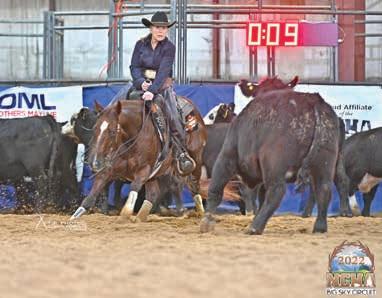
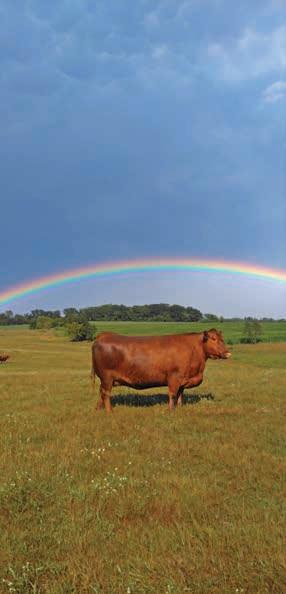
Having to thaw out the waterers when it is 20-degrees below zero.”
Your go-to sorting apparatus?
Lefthand, righthand, never above the waist – only a flick of my wrist.”
Which animal (any species) has left the greatest impact on you?
When DAMAR MIMI E381 and his full sister, DAMAR BARCELONA E067, were born on our farm. Both of them went on to be named champions in Denver in 2019 and earned many other show ring successes.”
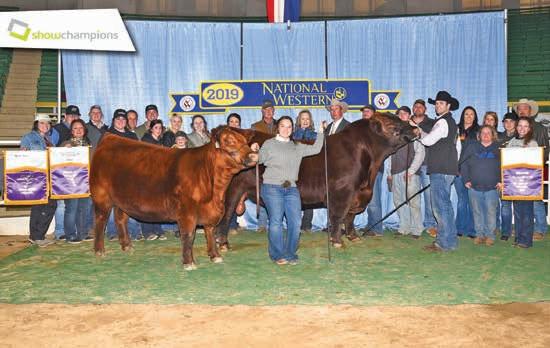 UPCOMING SALES: Selling lots at the Black Hills Stock Show Red Angus Sale, Thursday, February 2nd
A conversation with everyday Stockmen,
UPCOMING SALES: Selling lots at the Black Hills Stock Show Red Angus Sale, Thursday, February 2nd
A conversation with everyday Stockmen,

